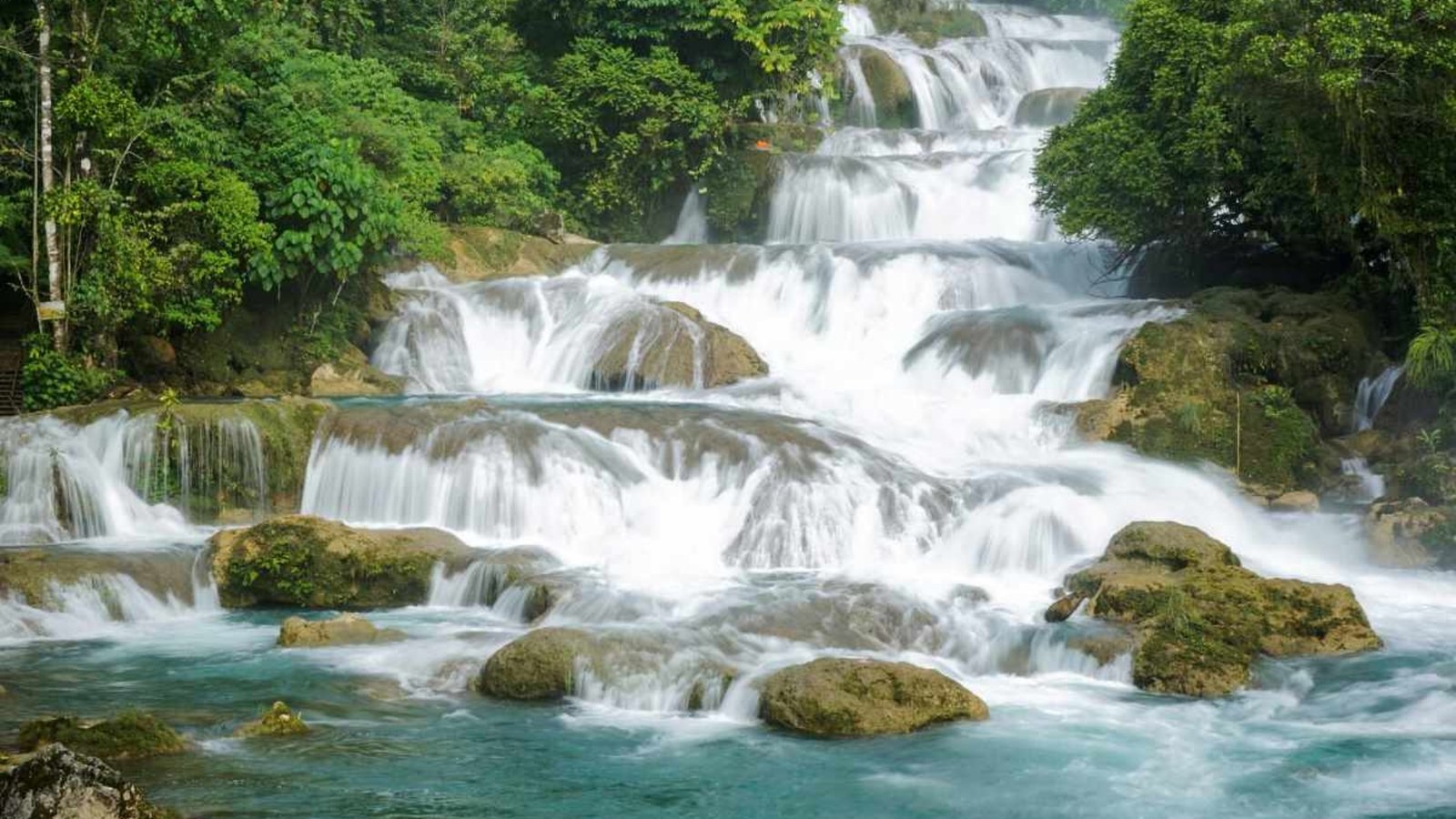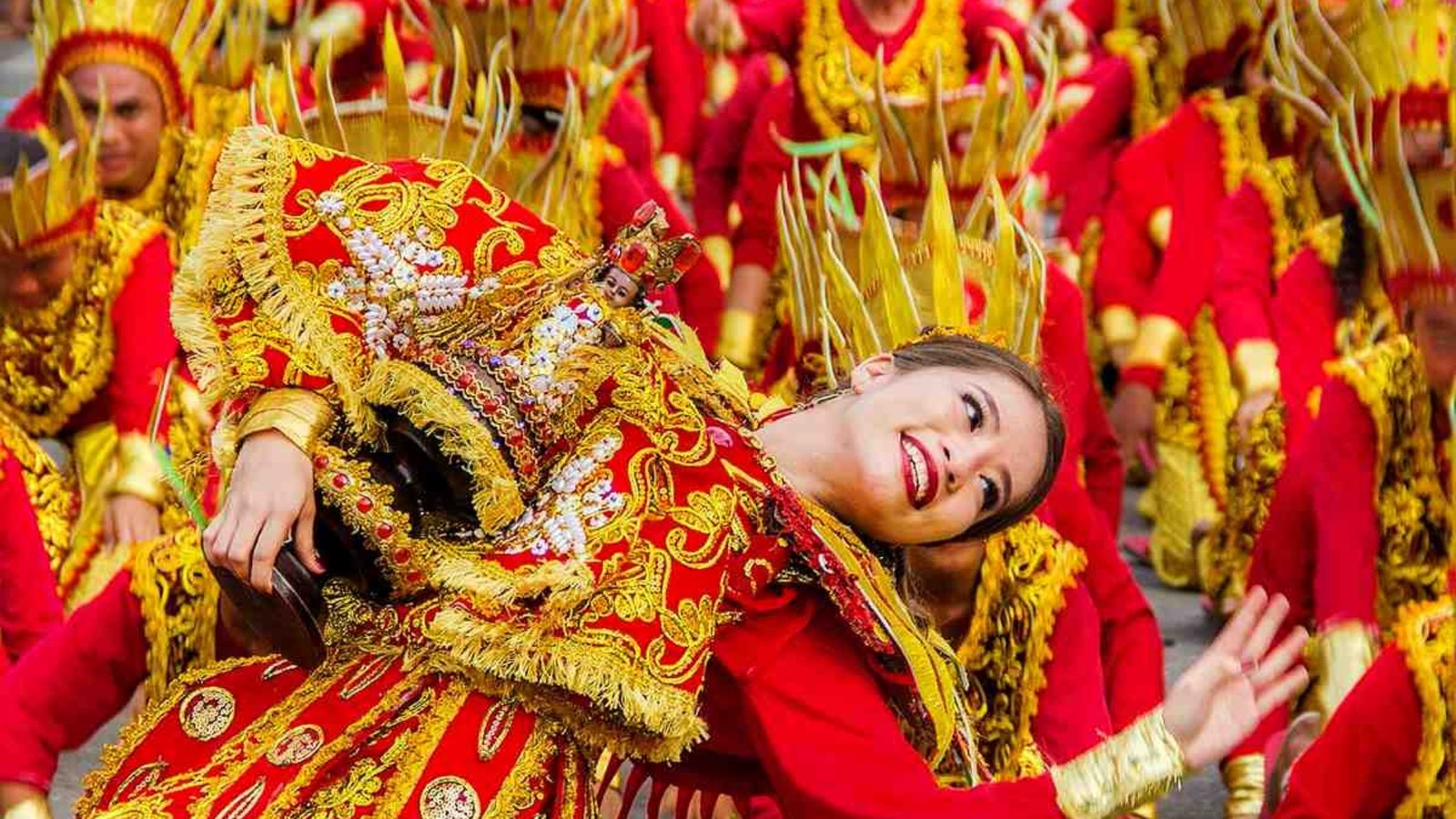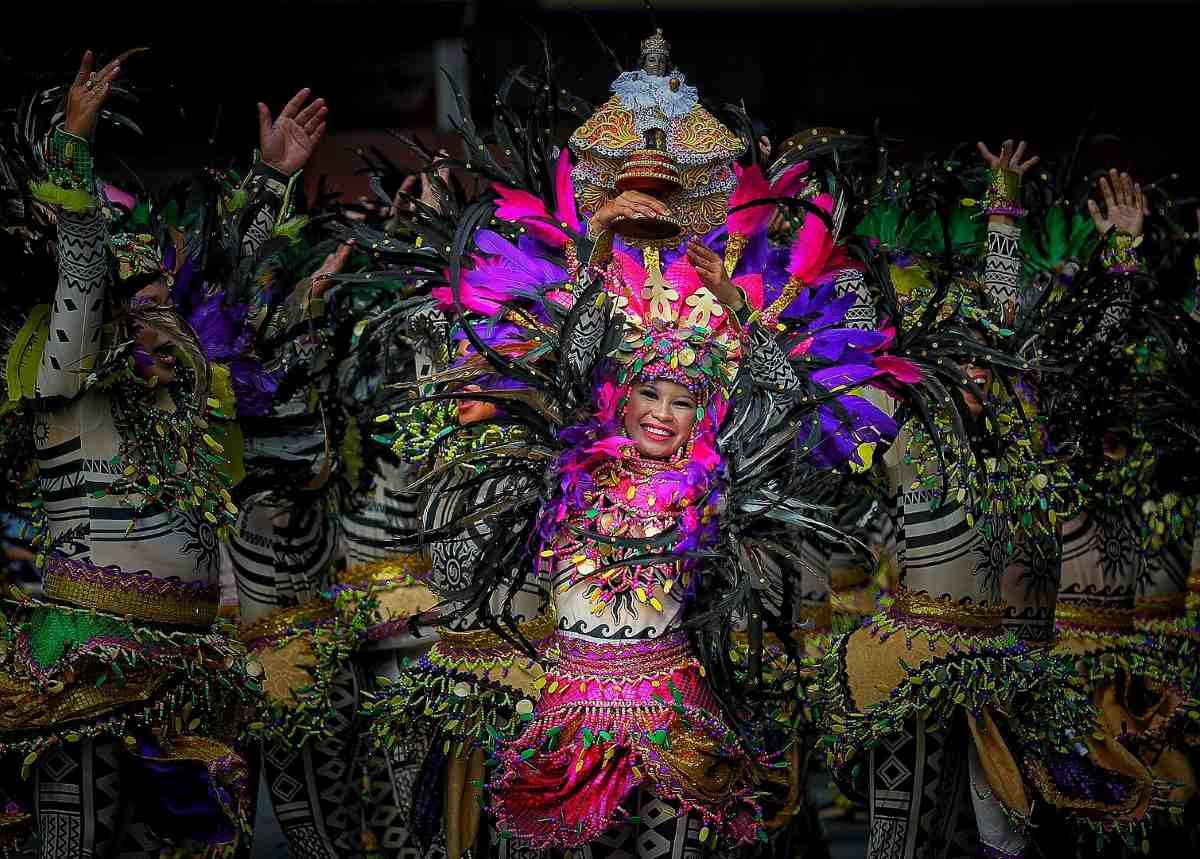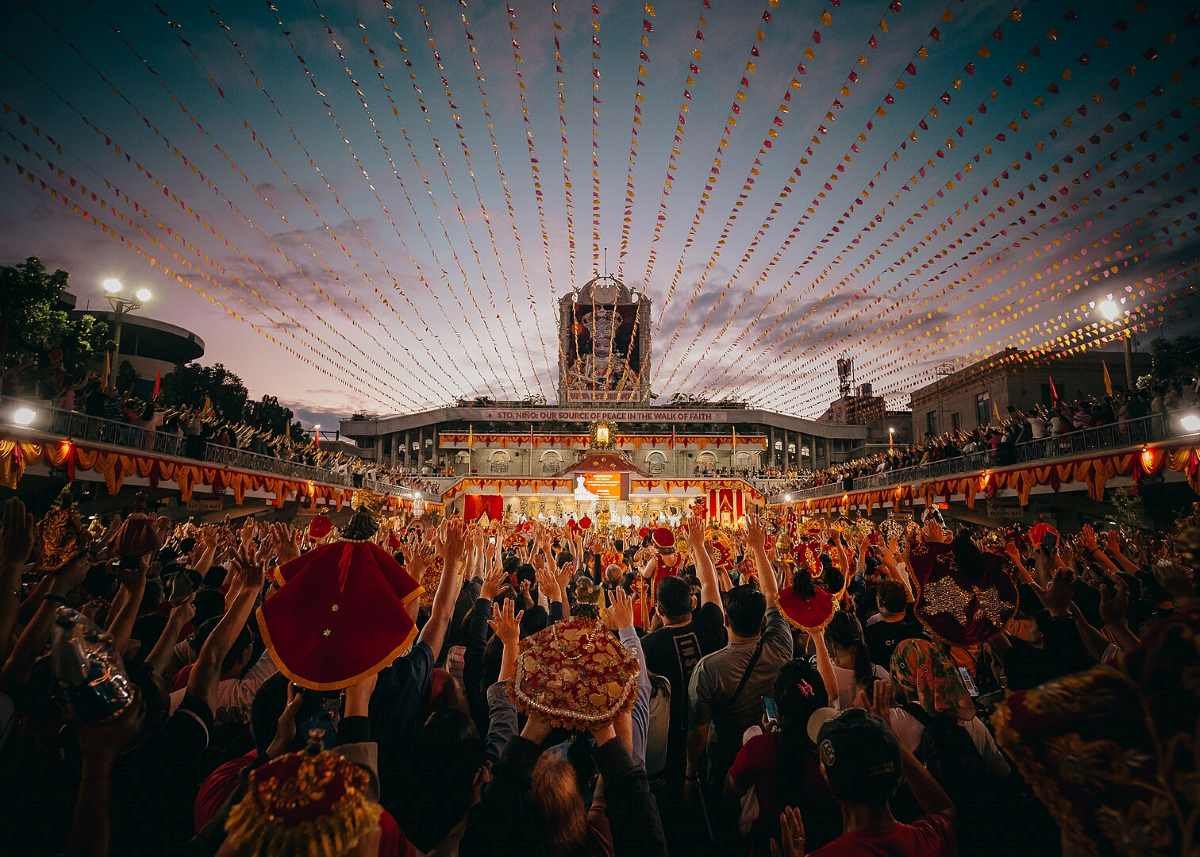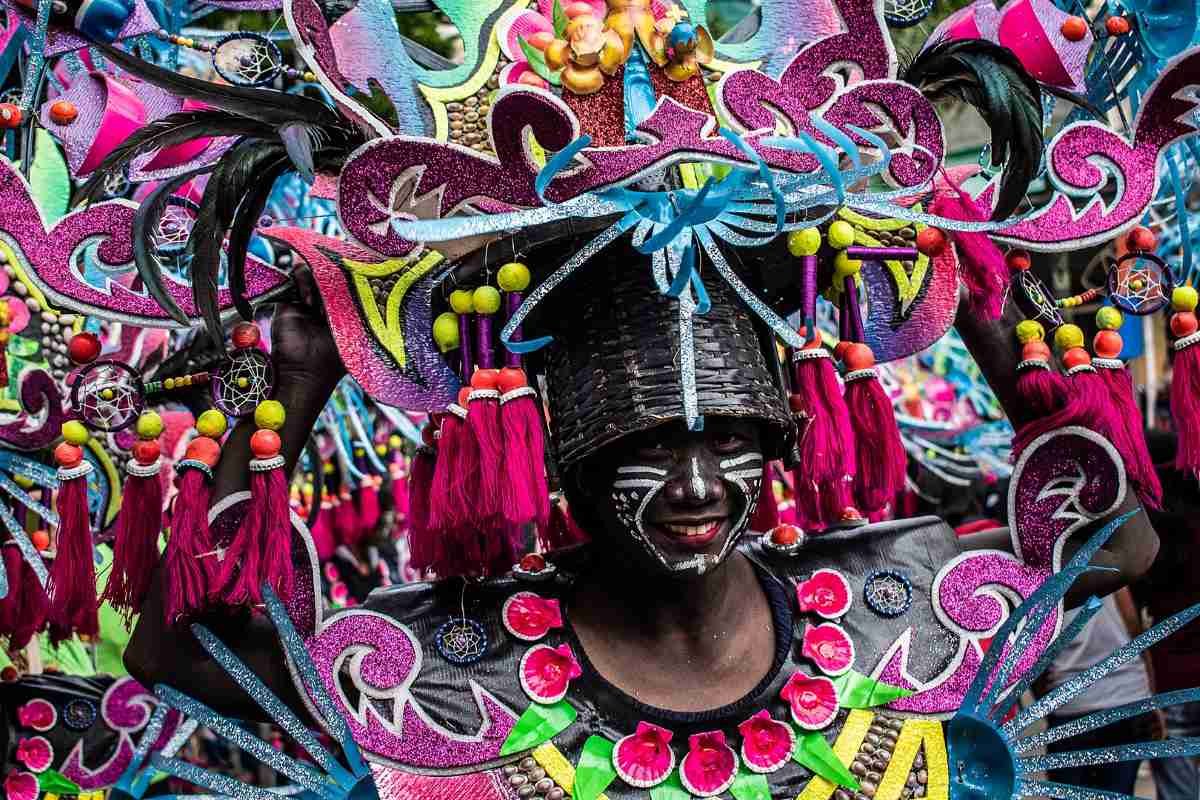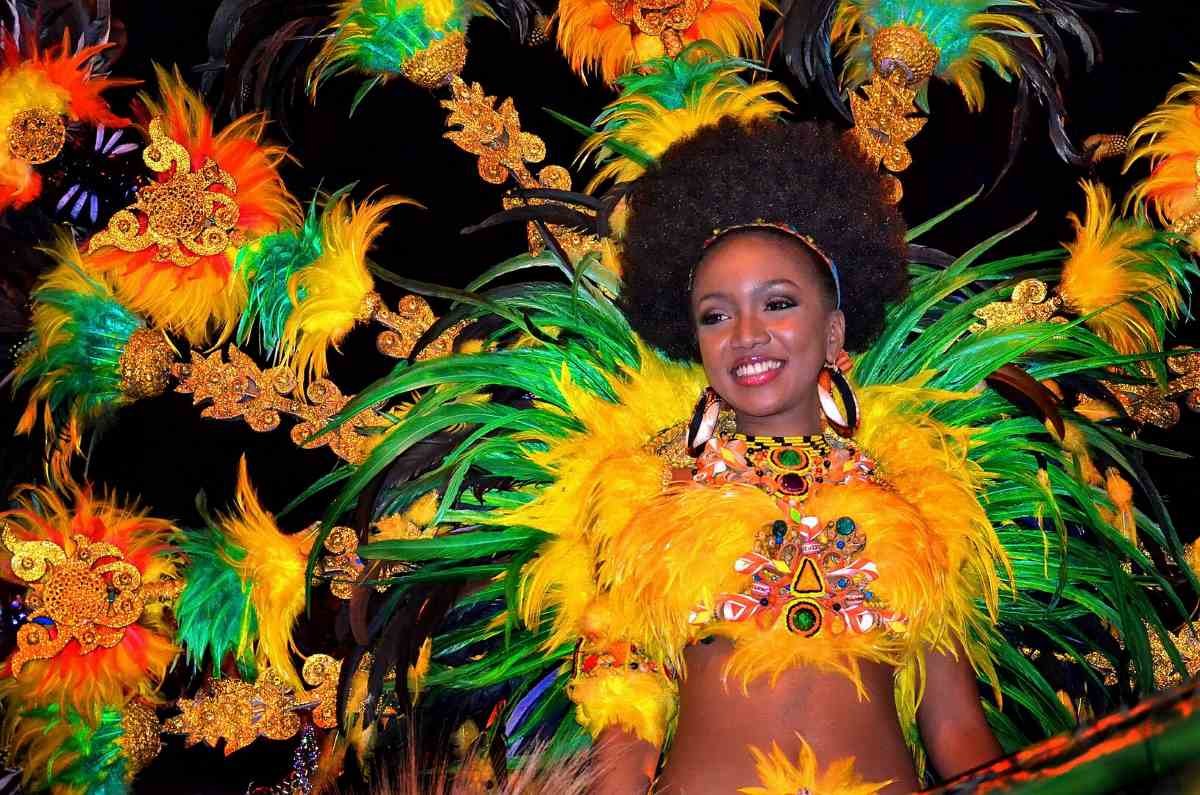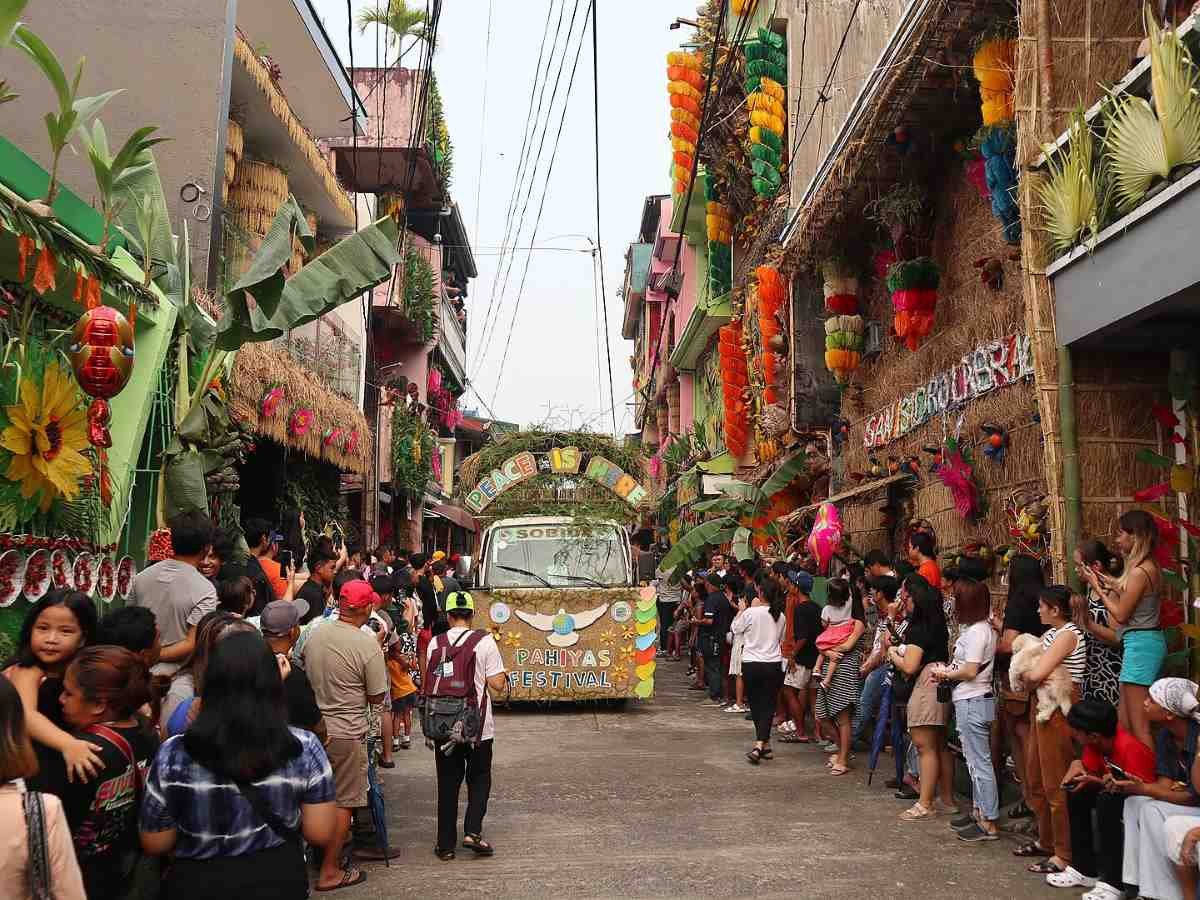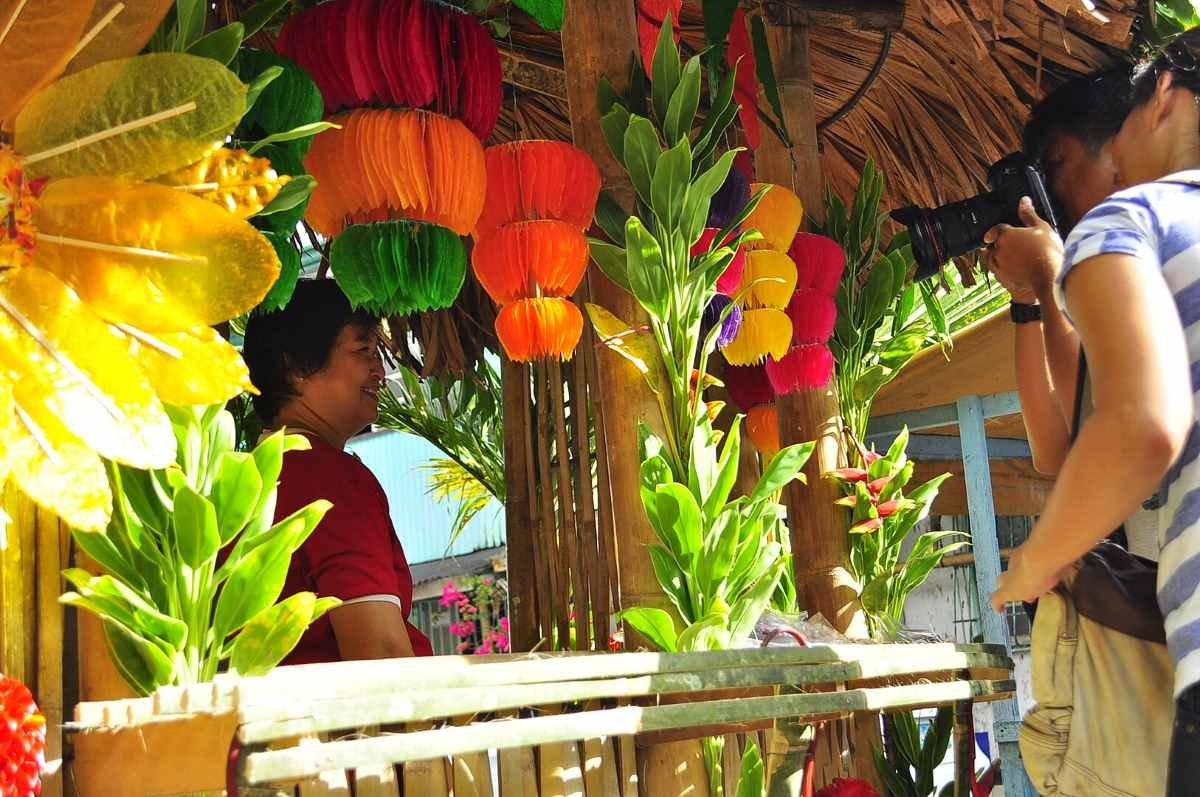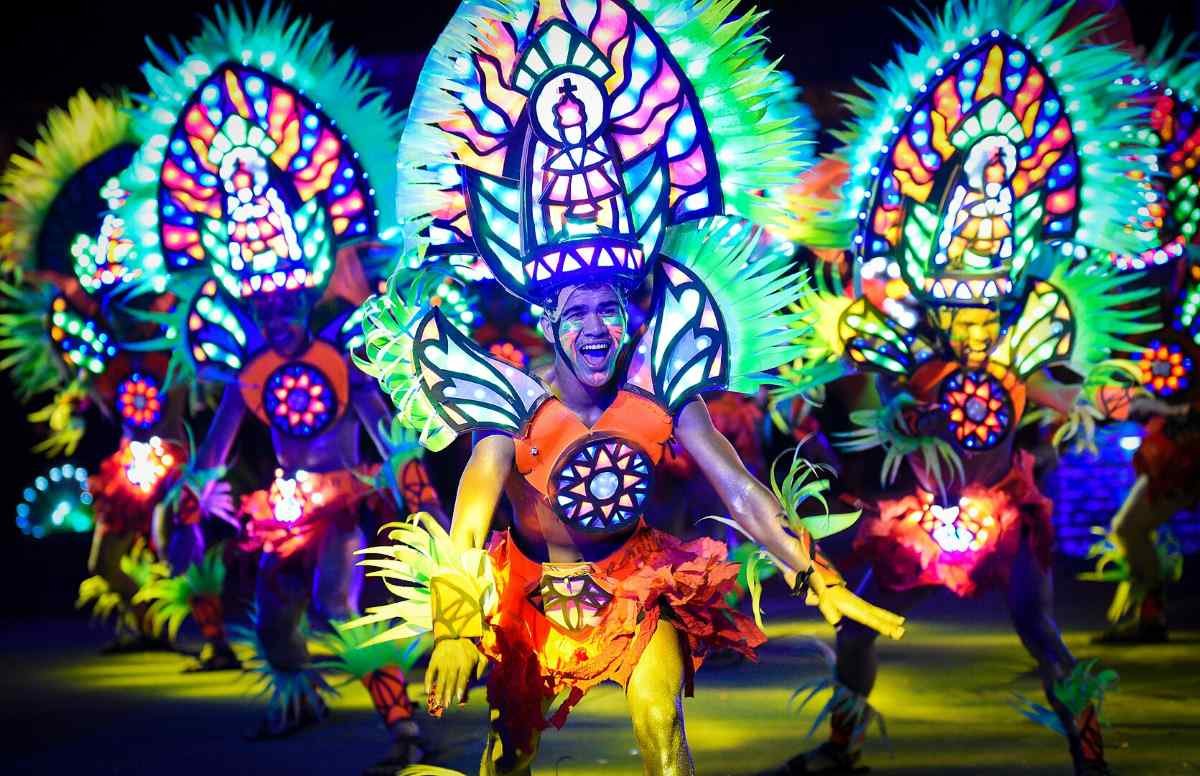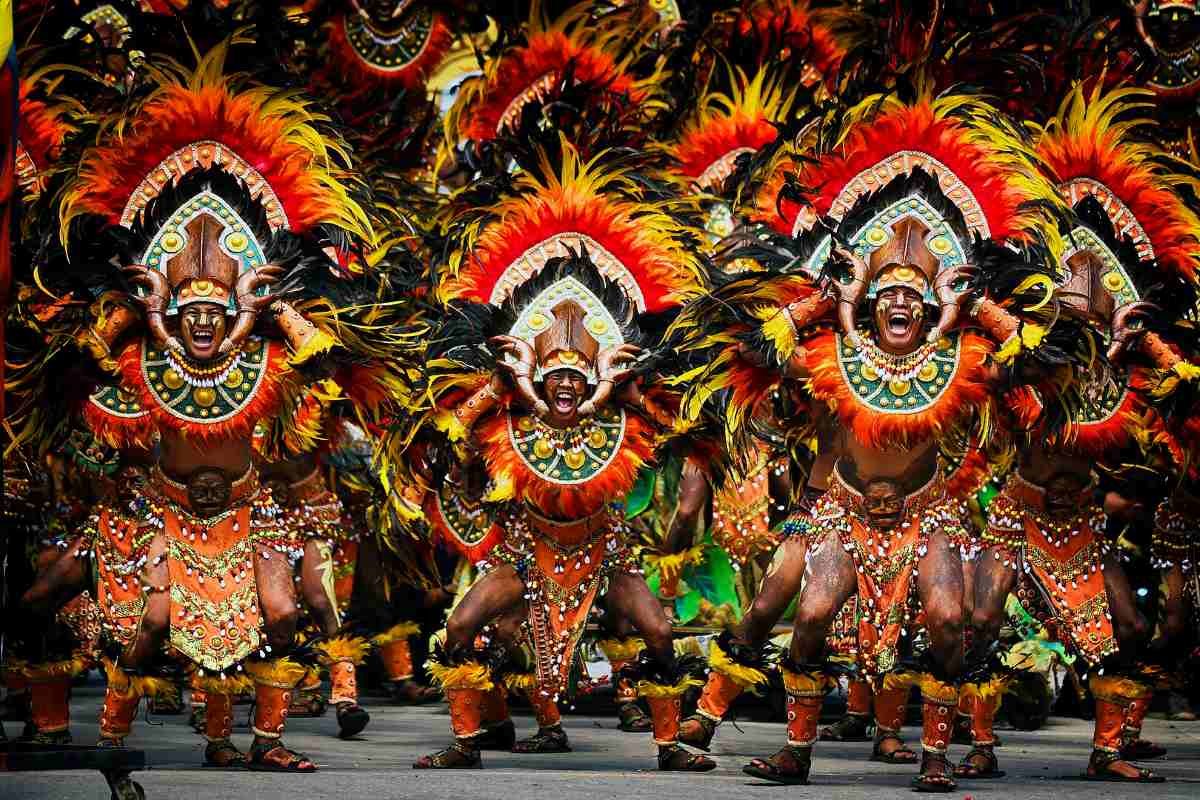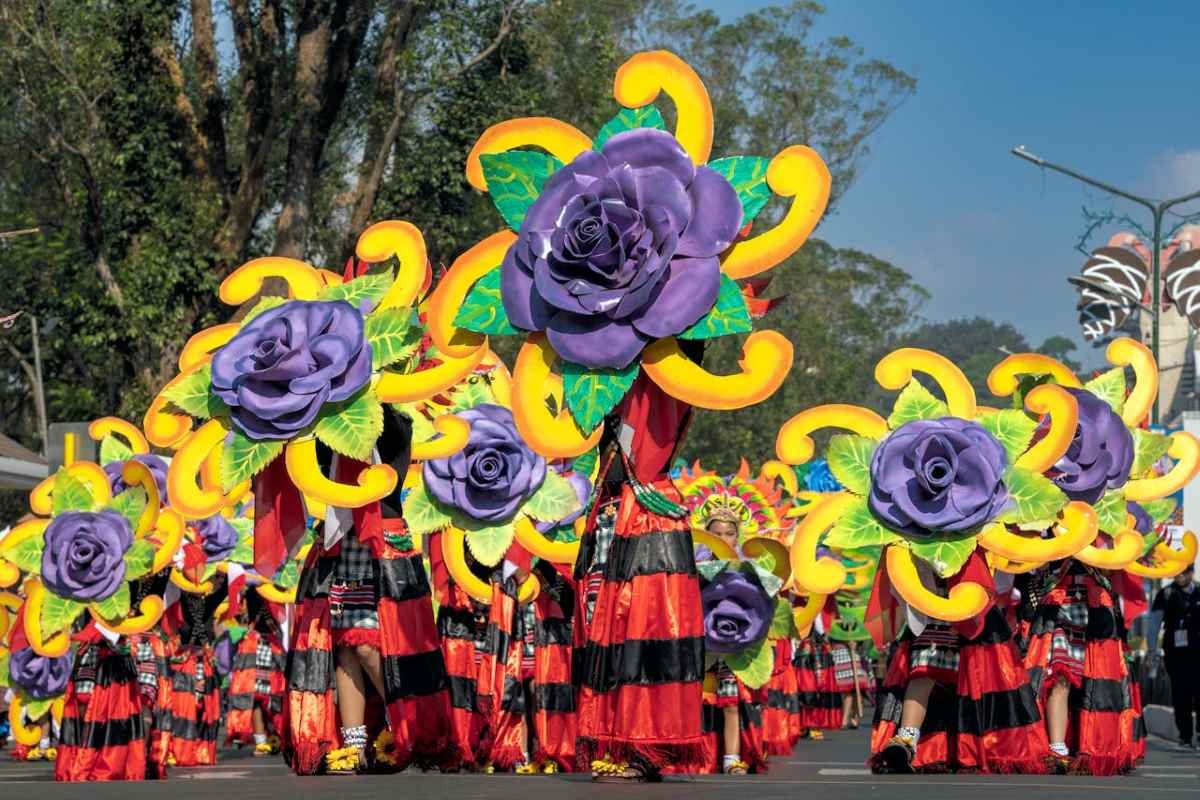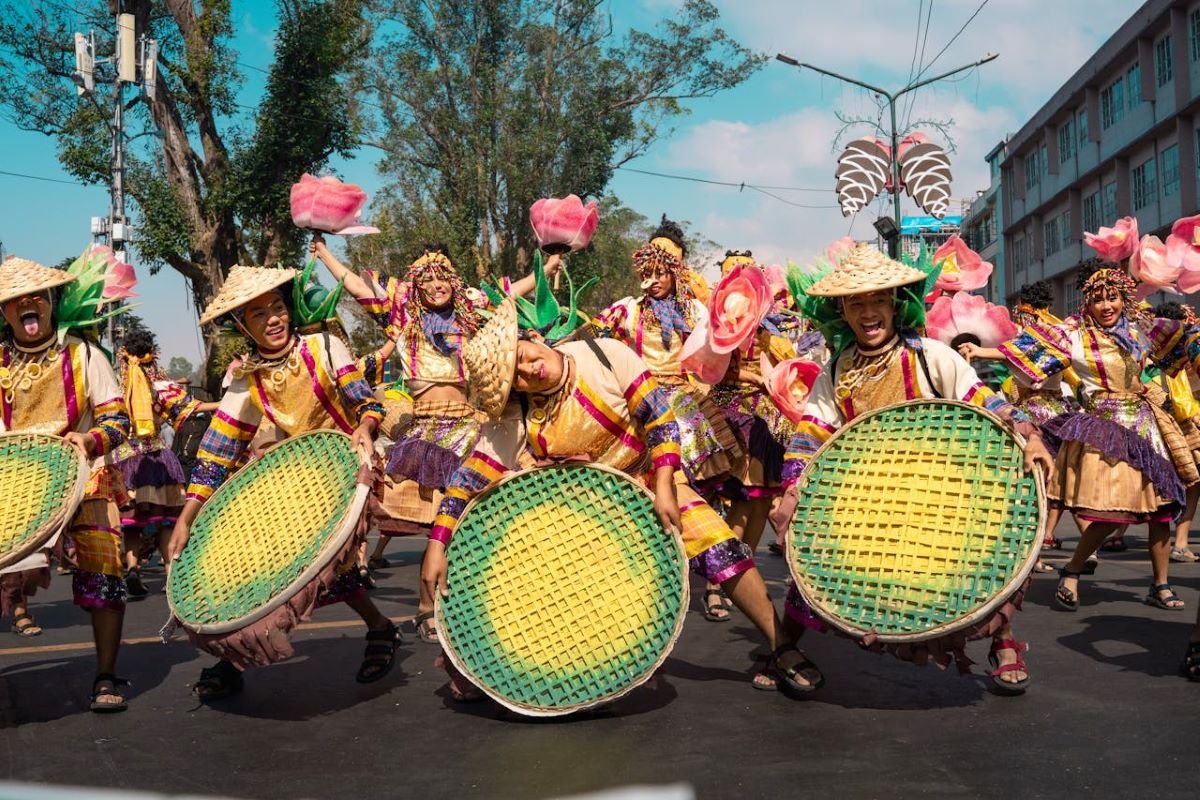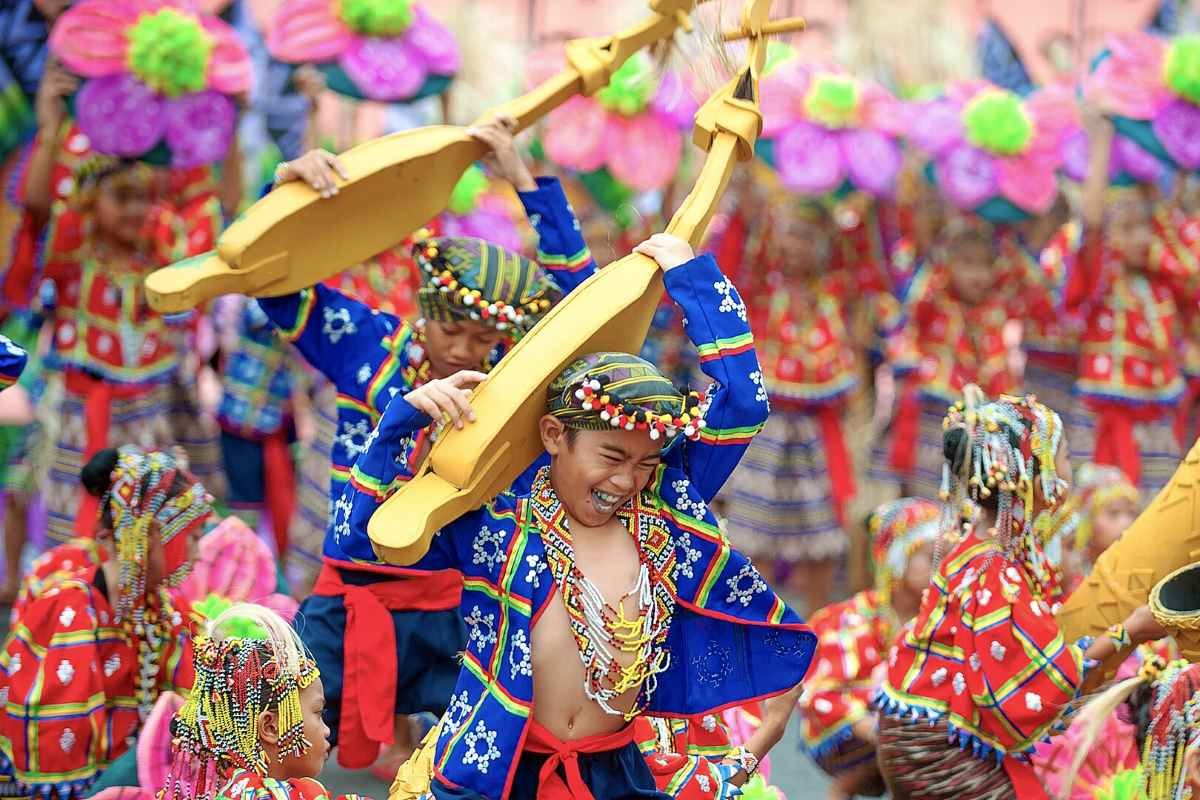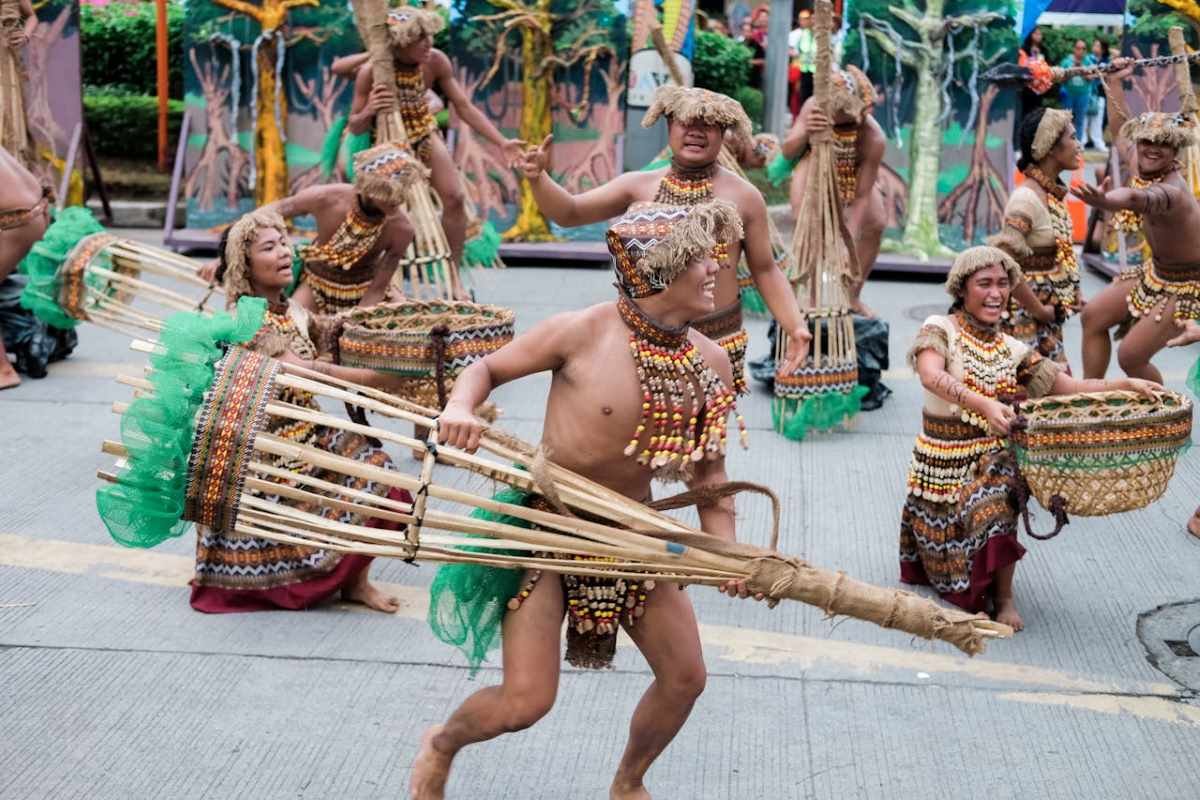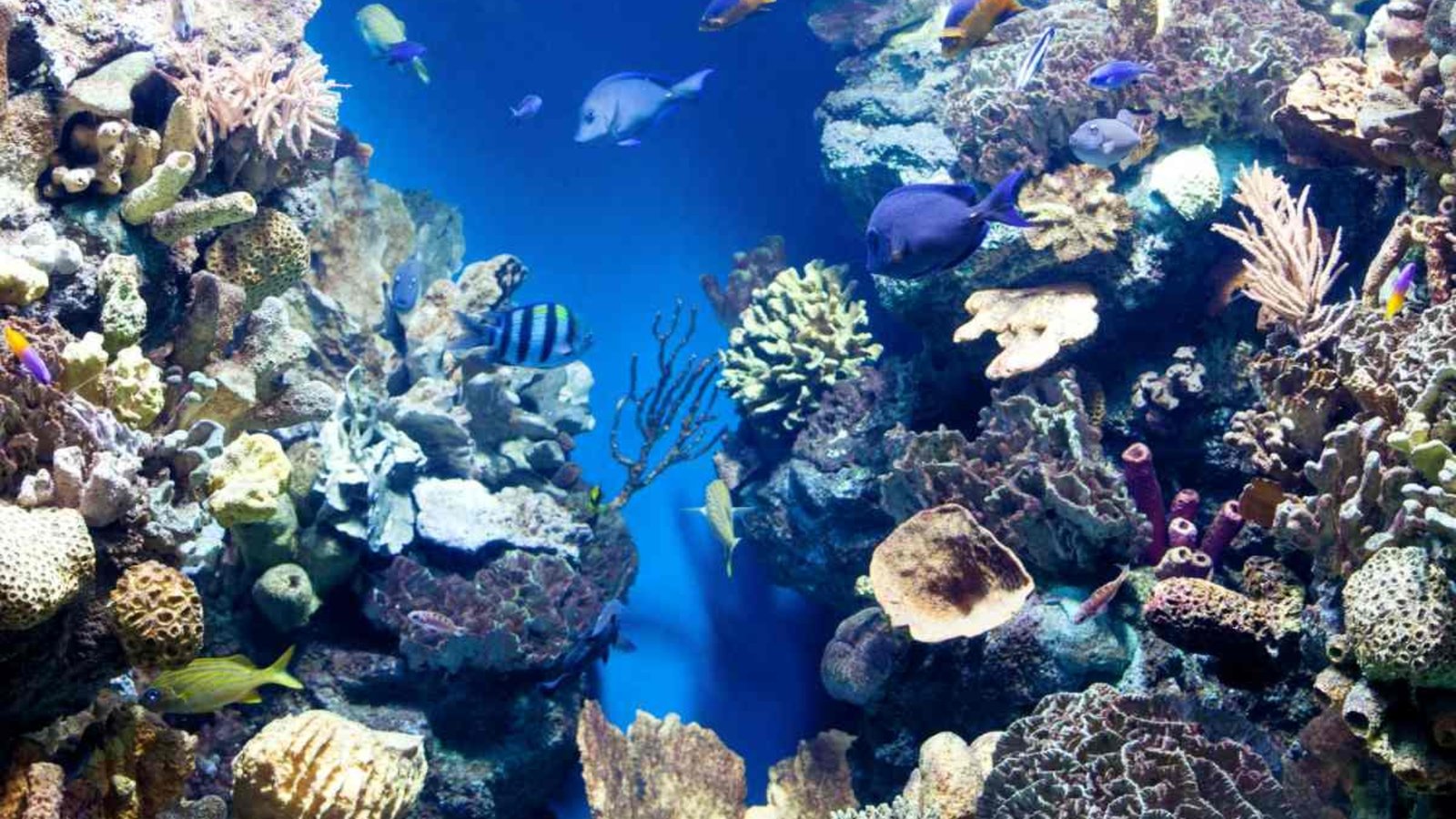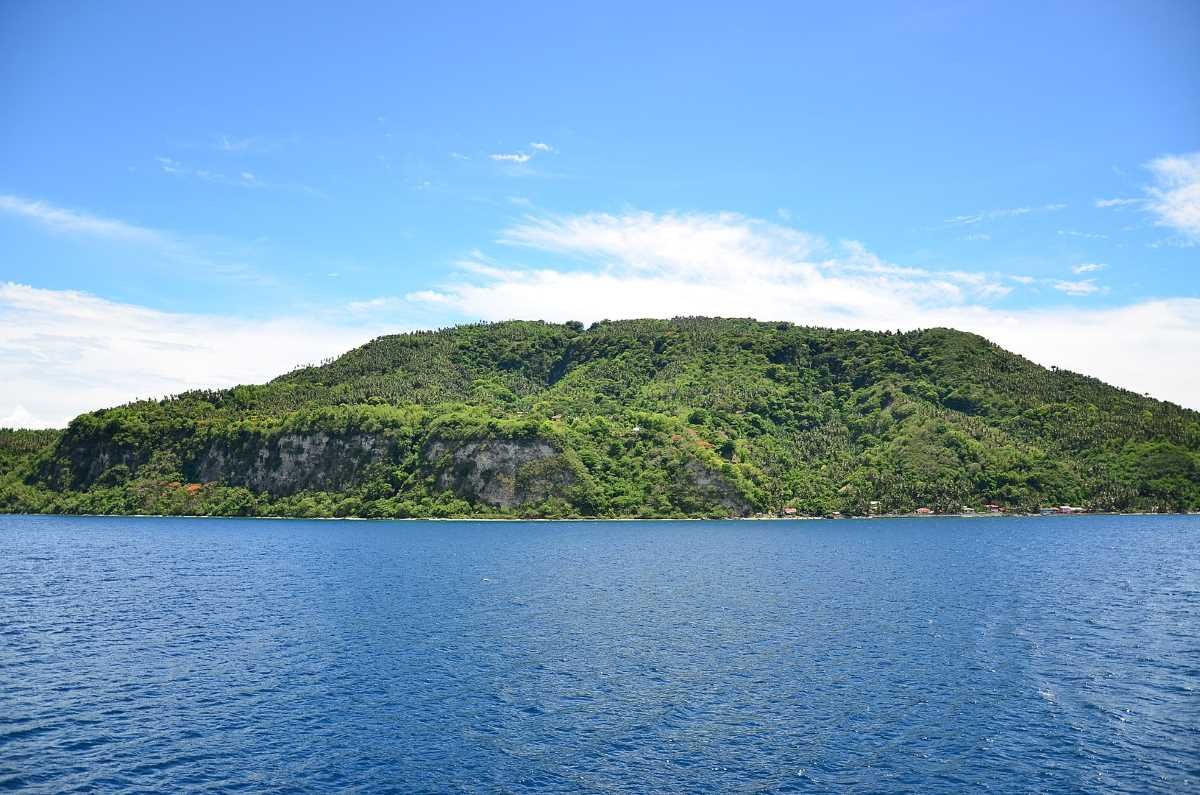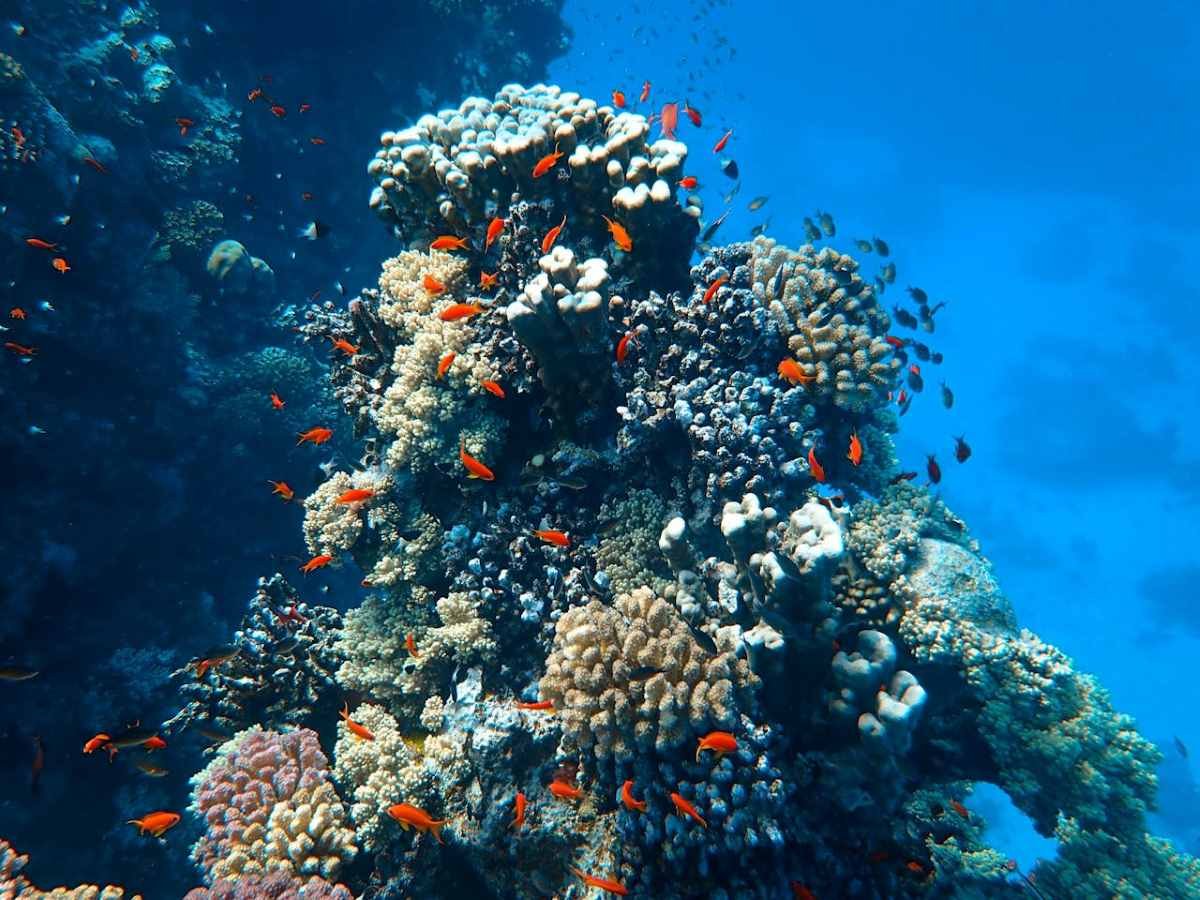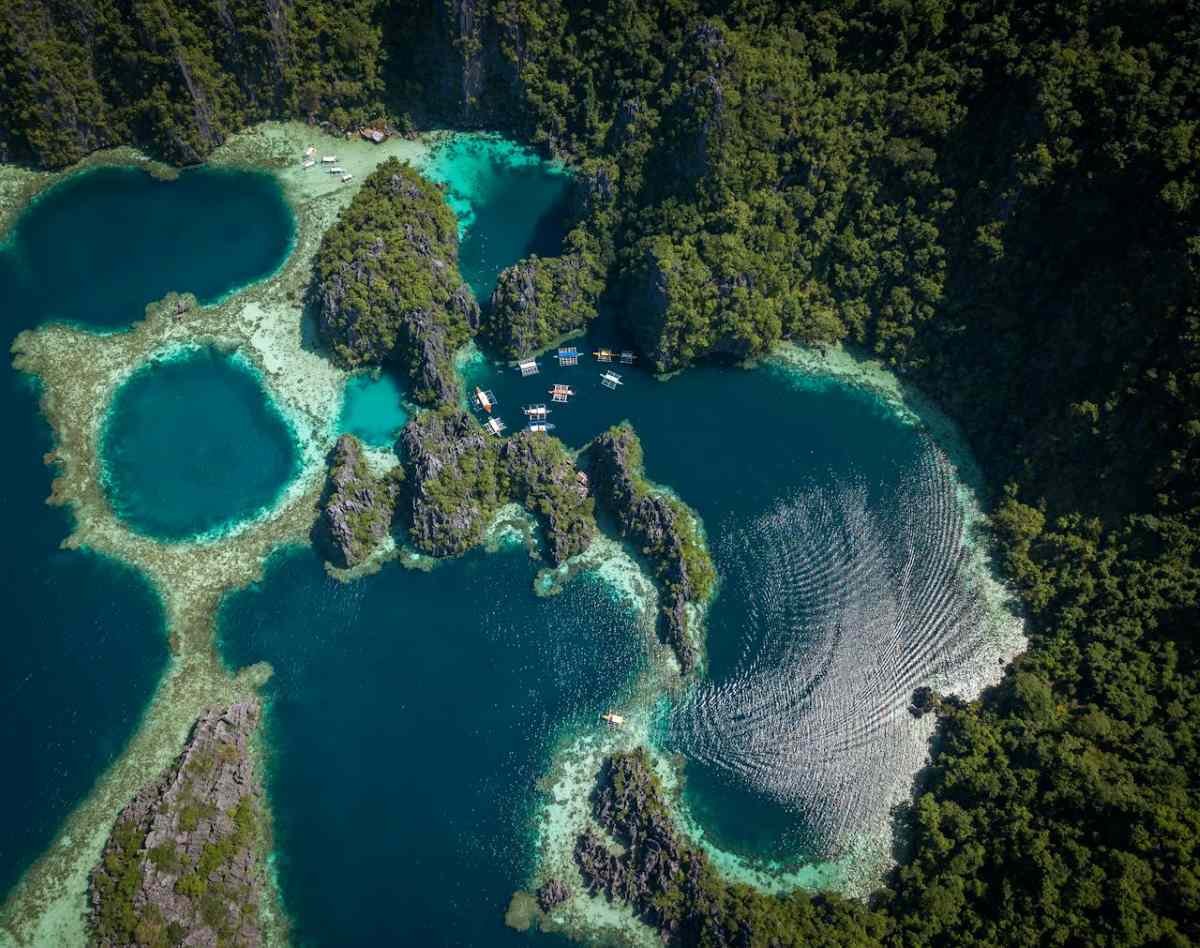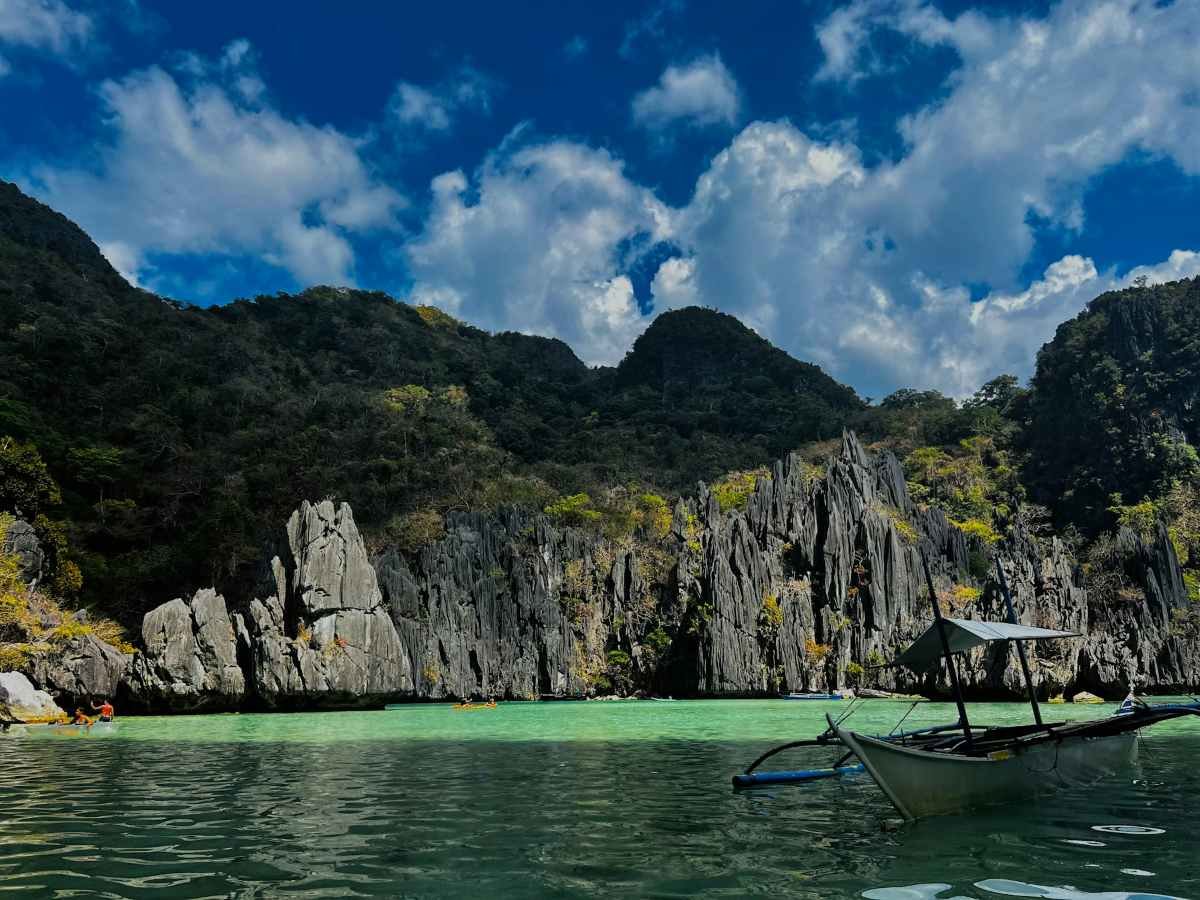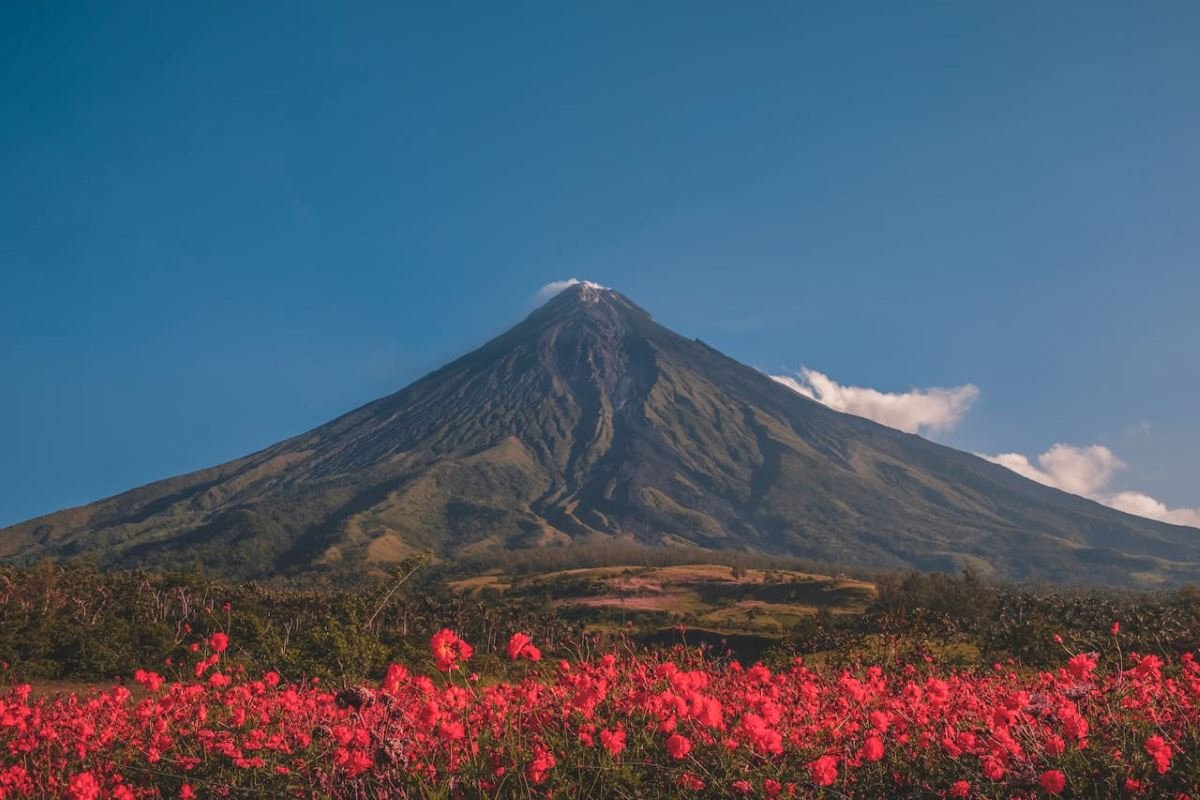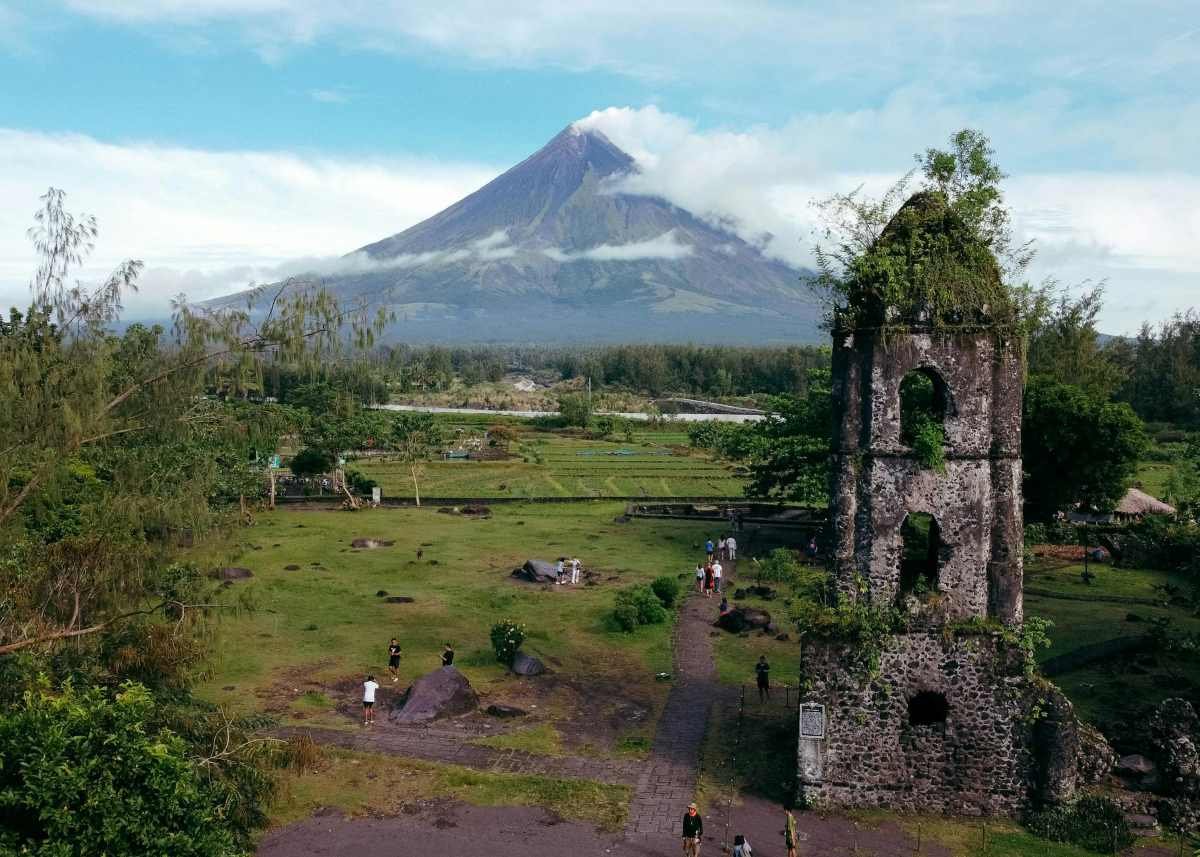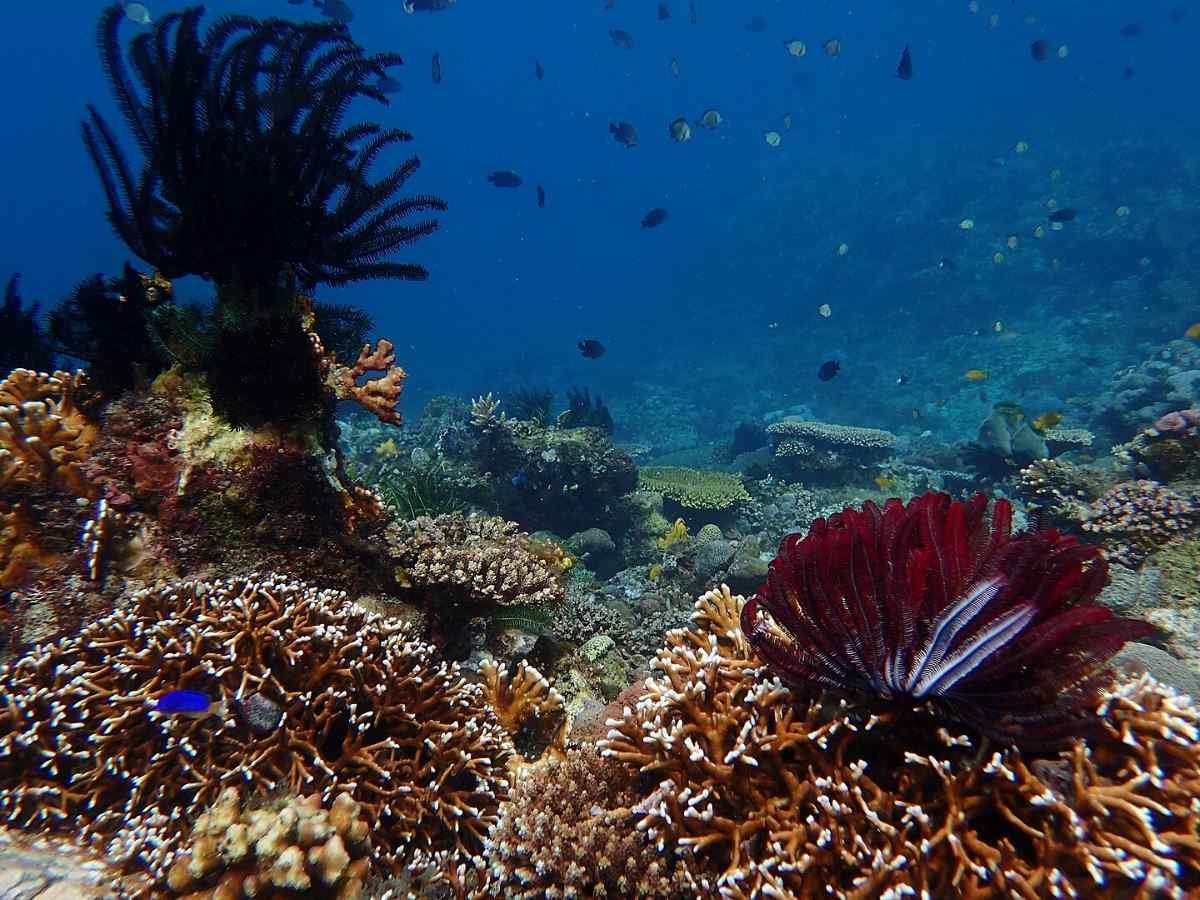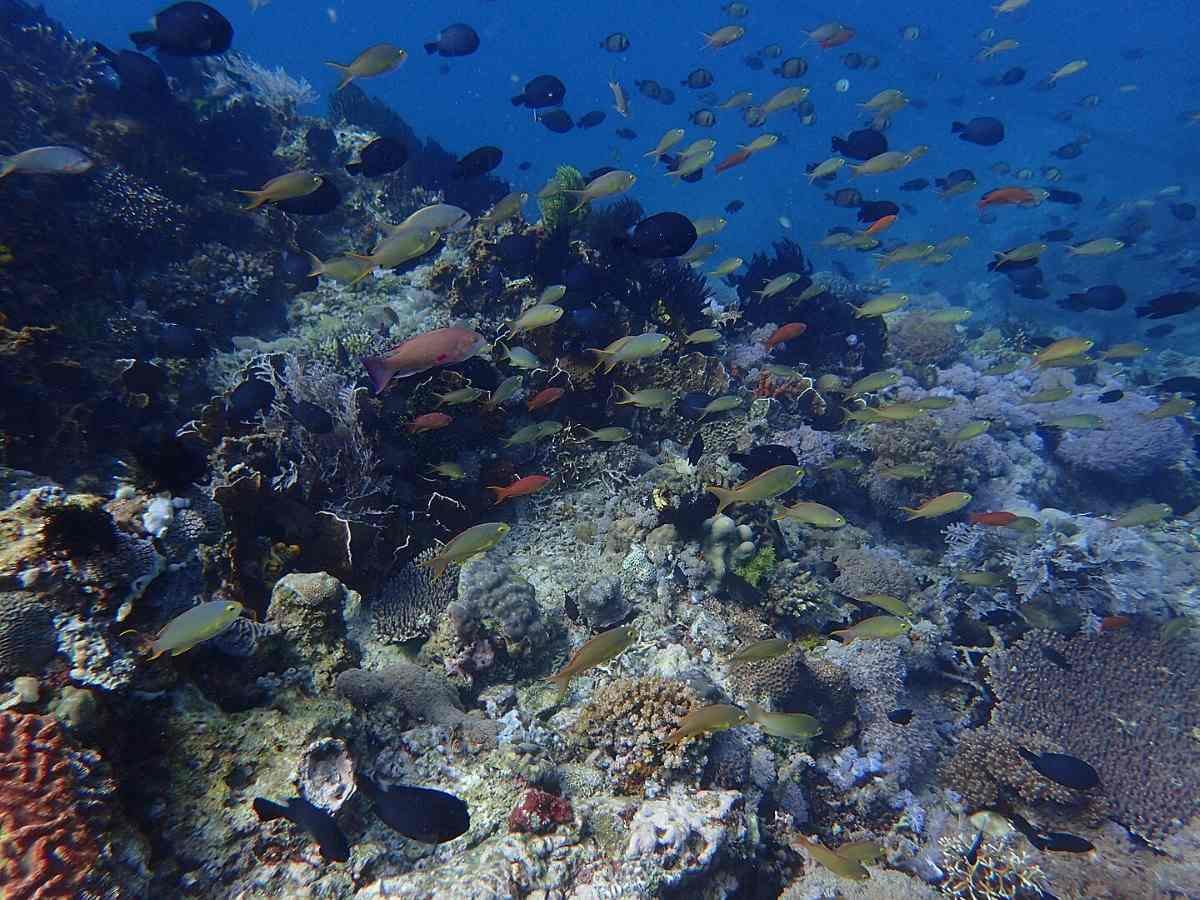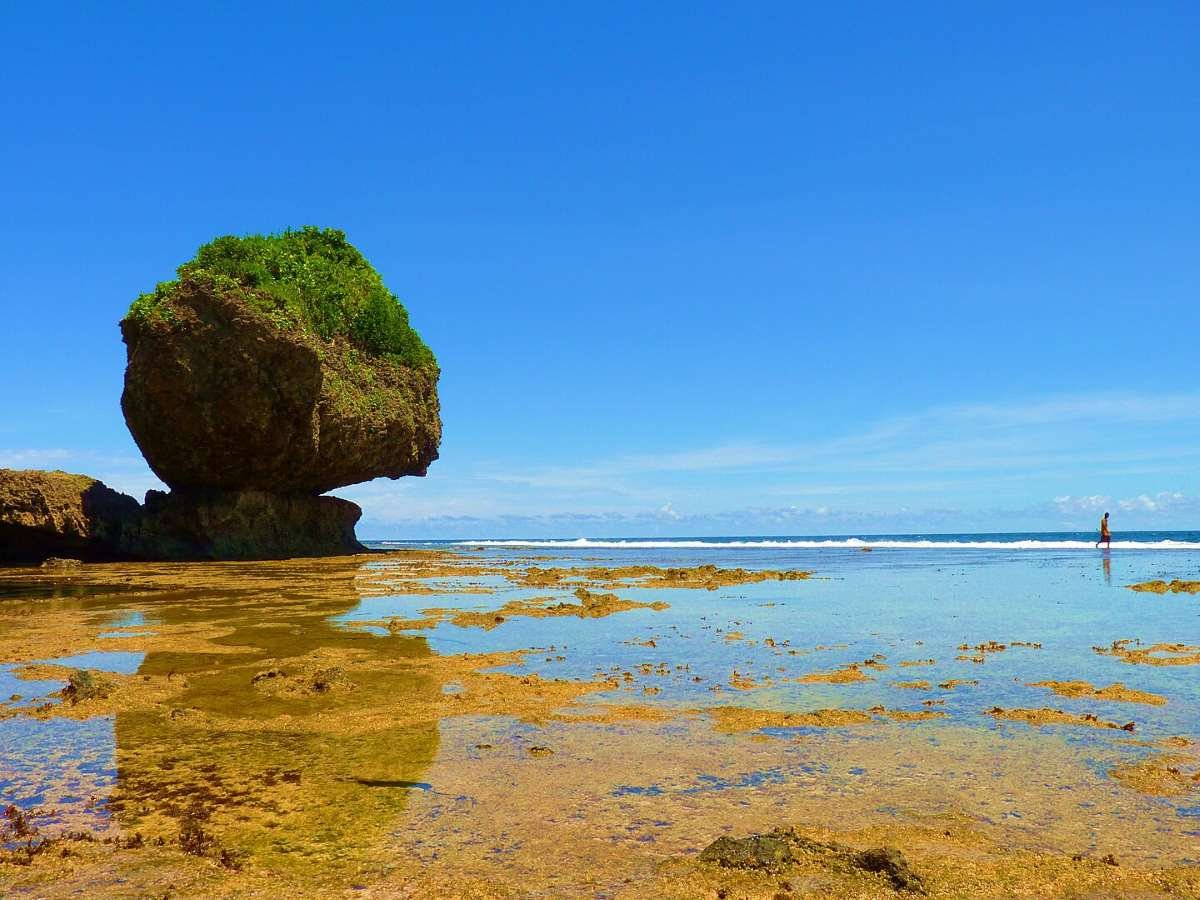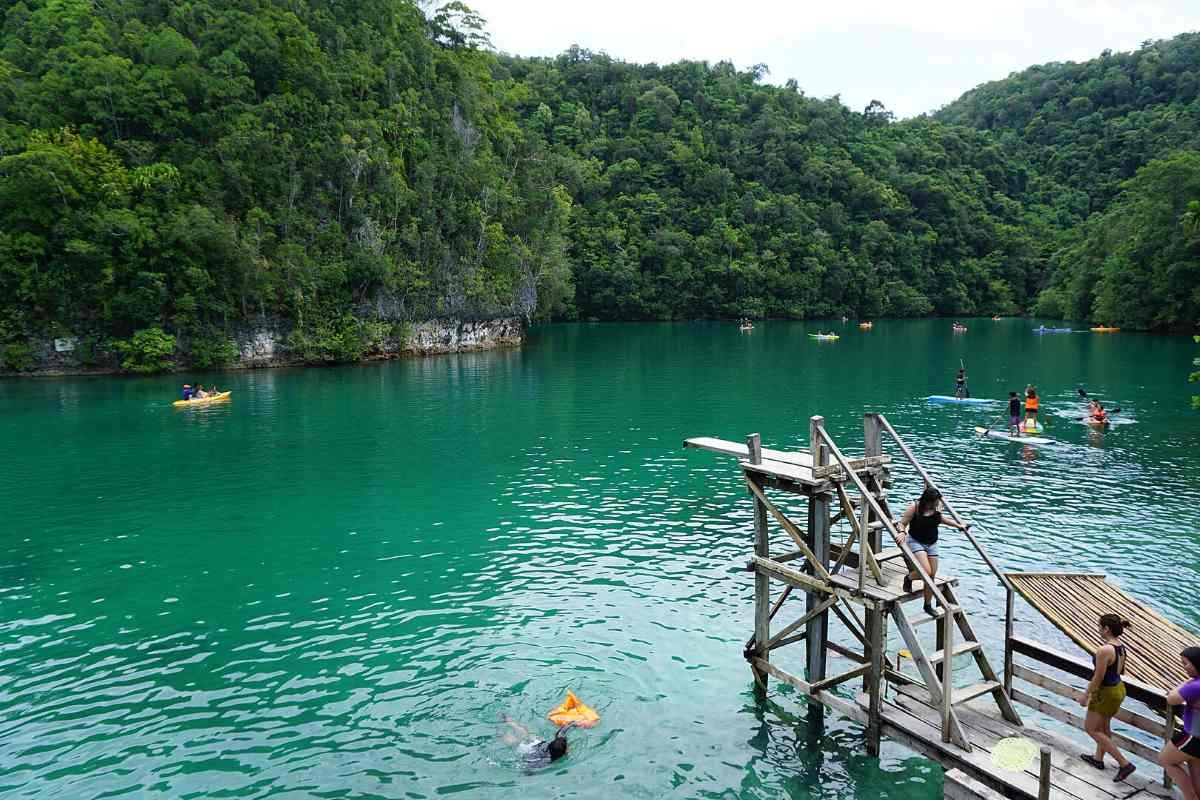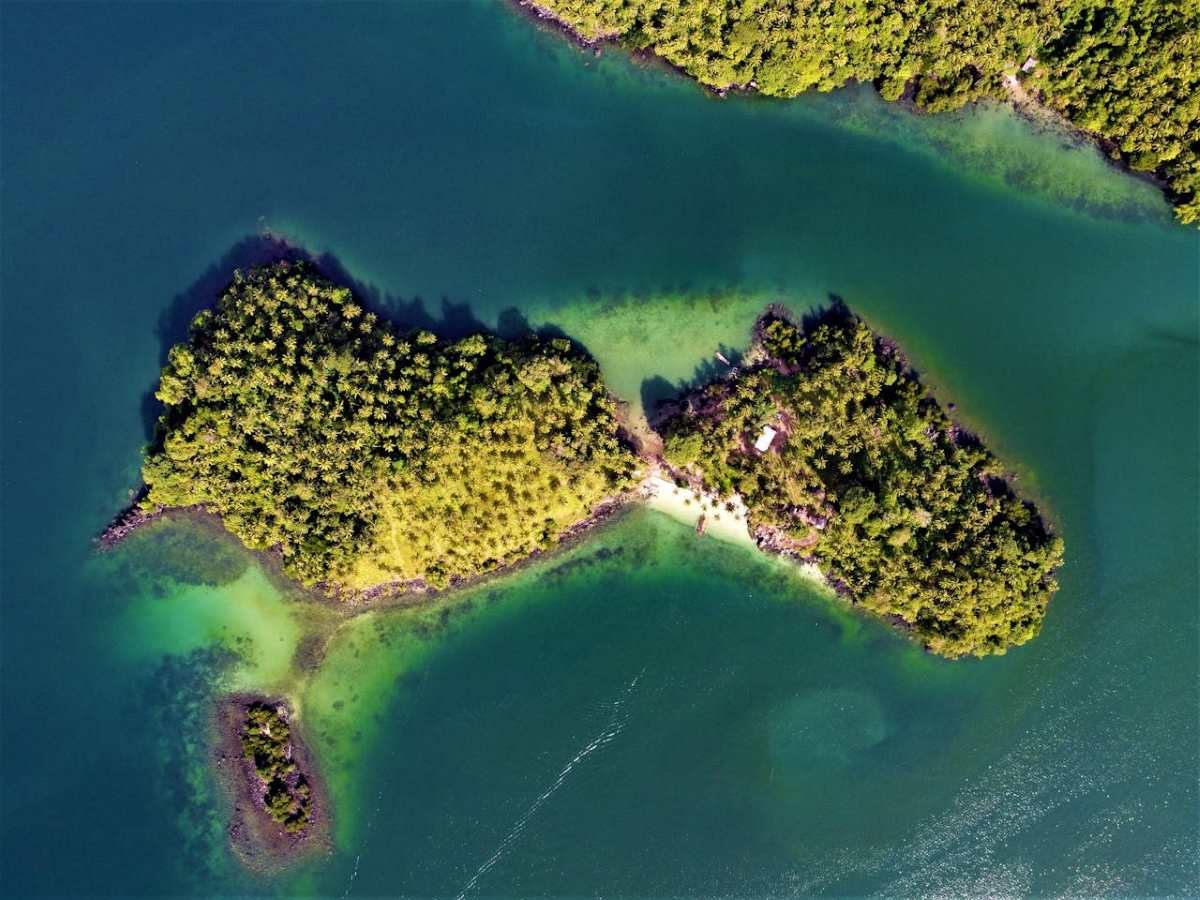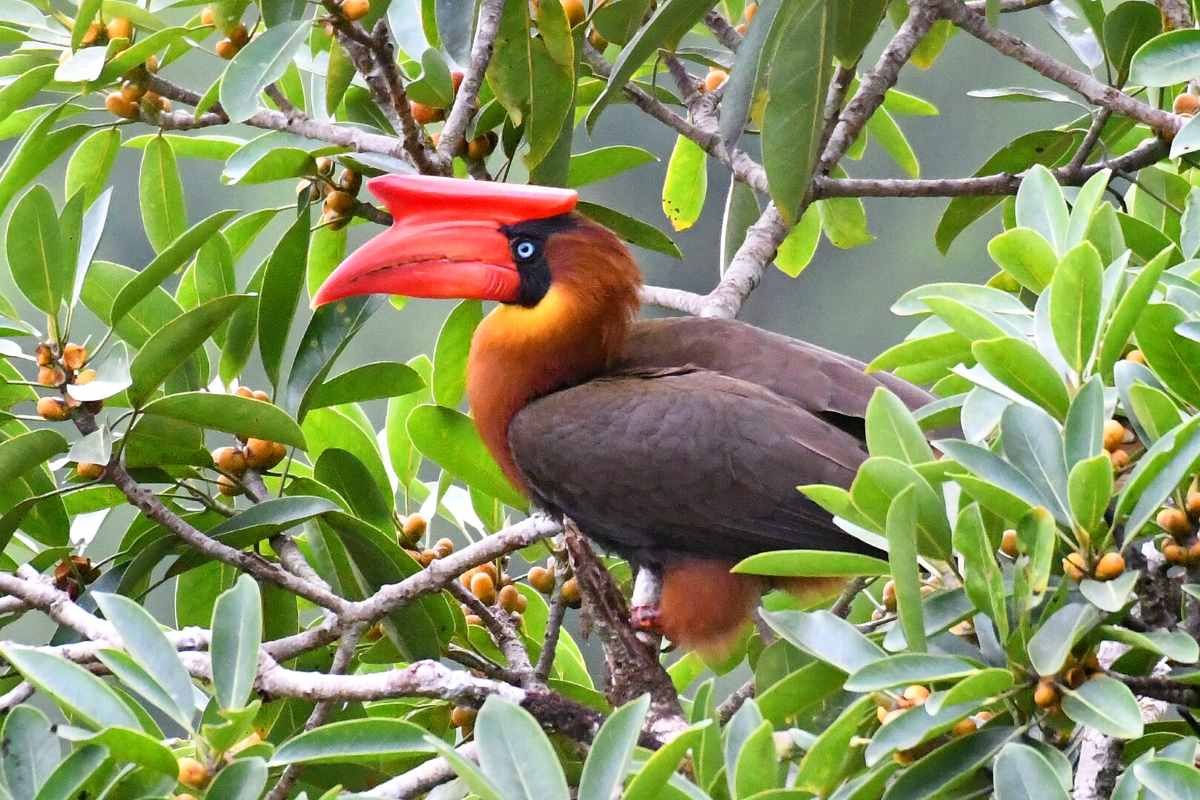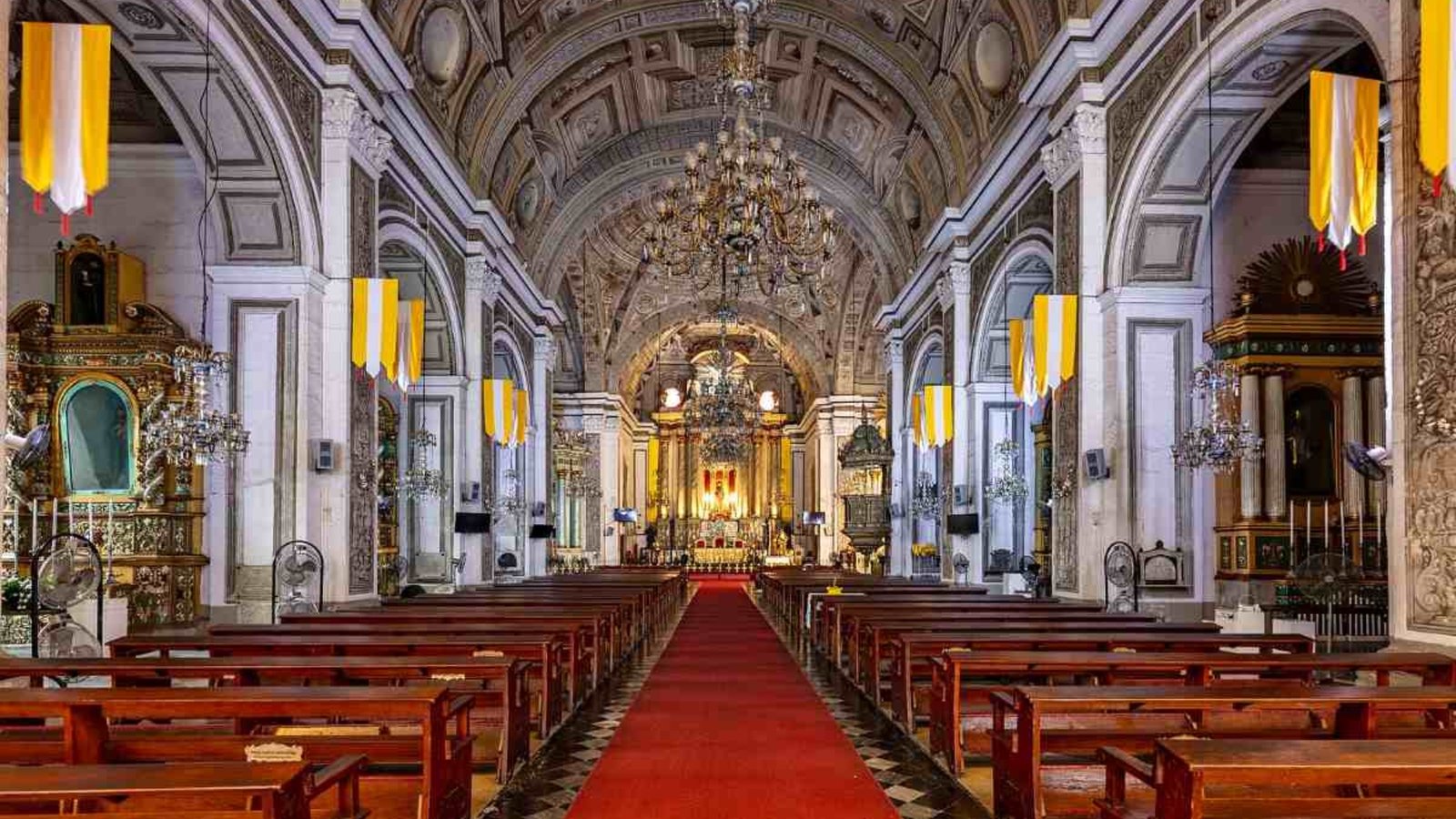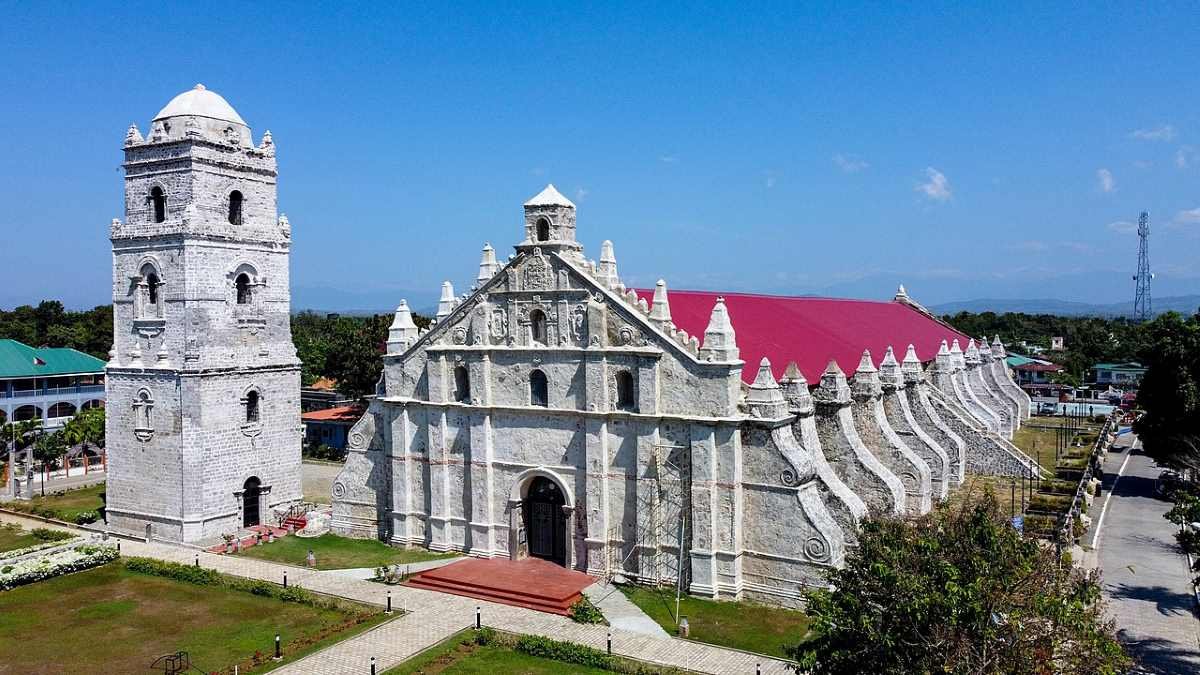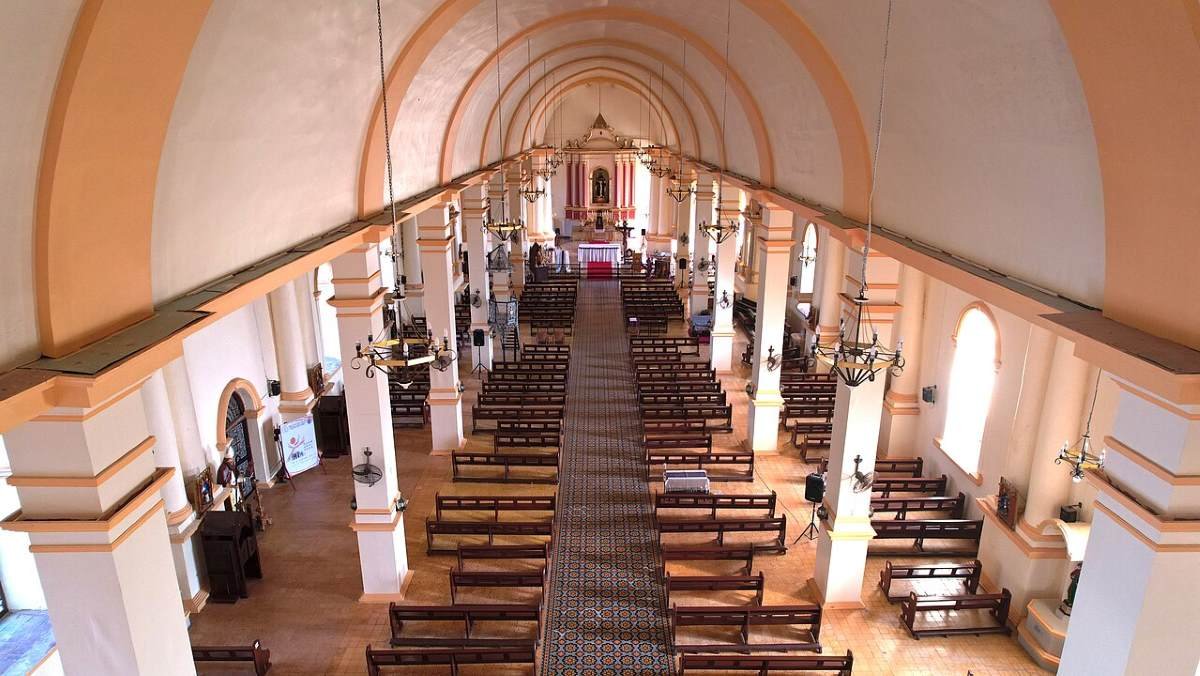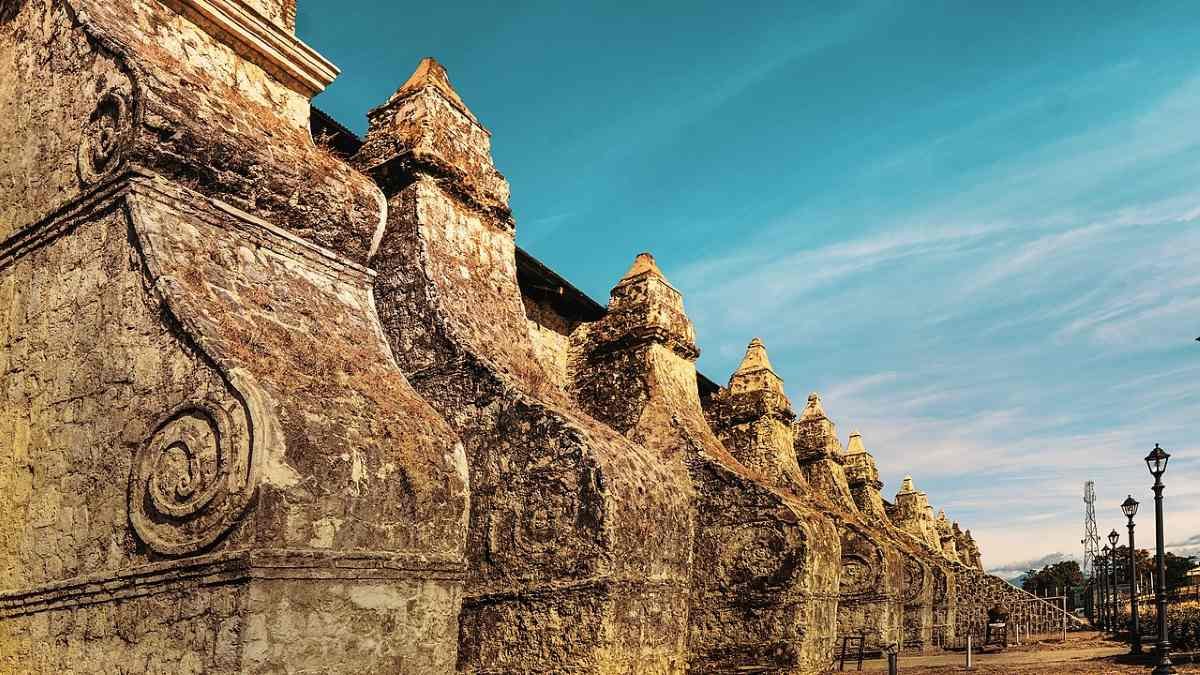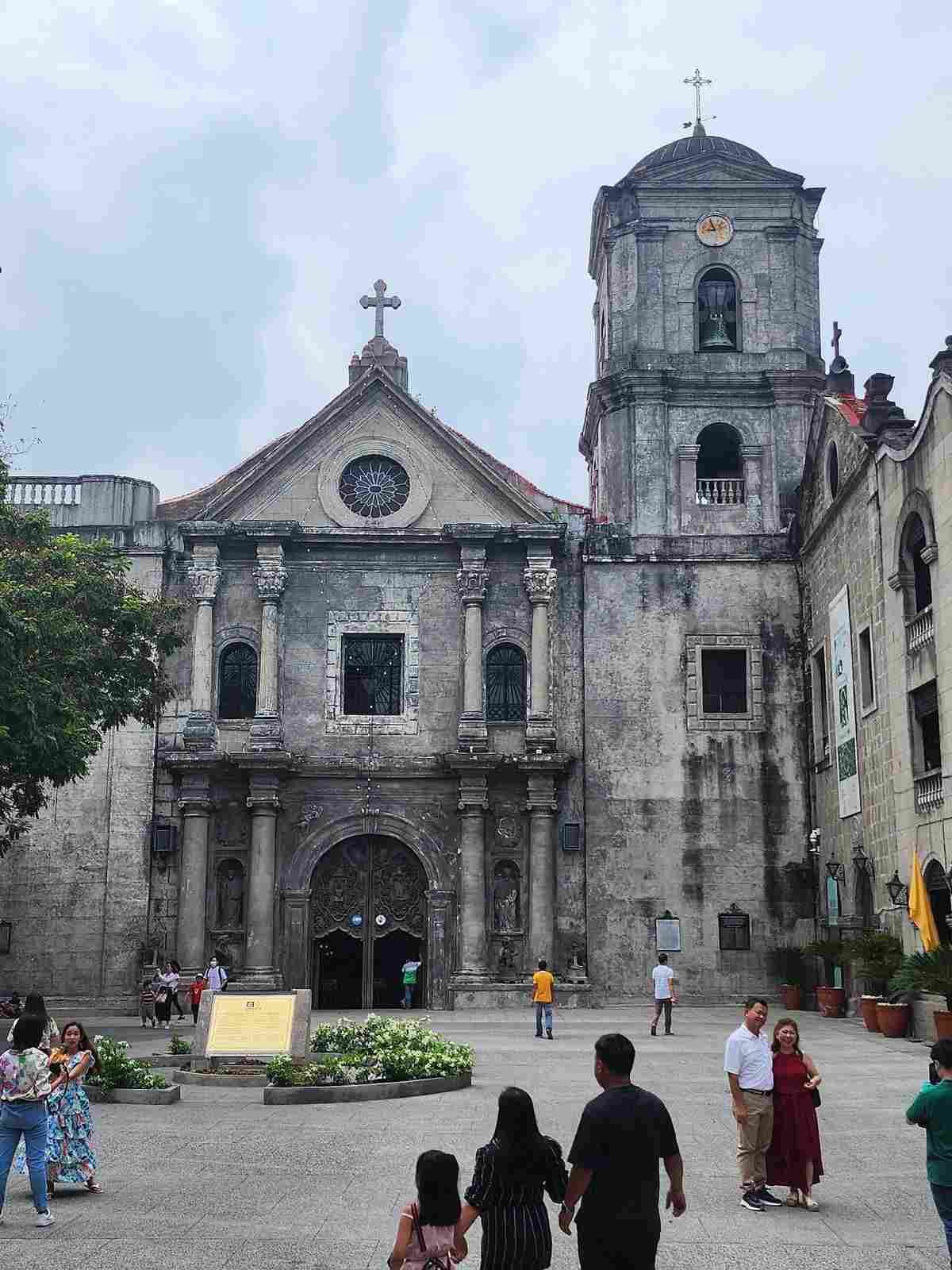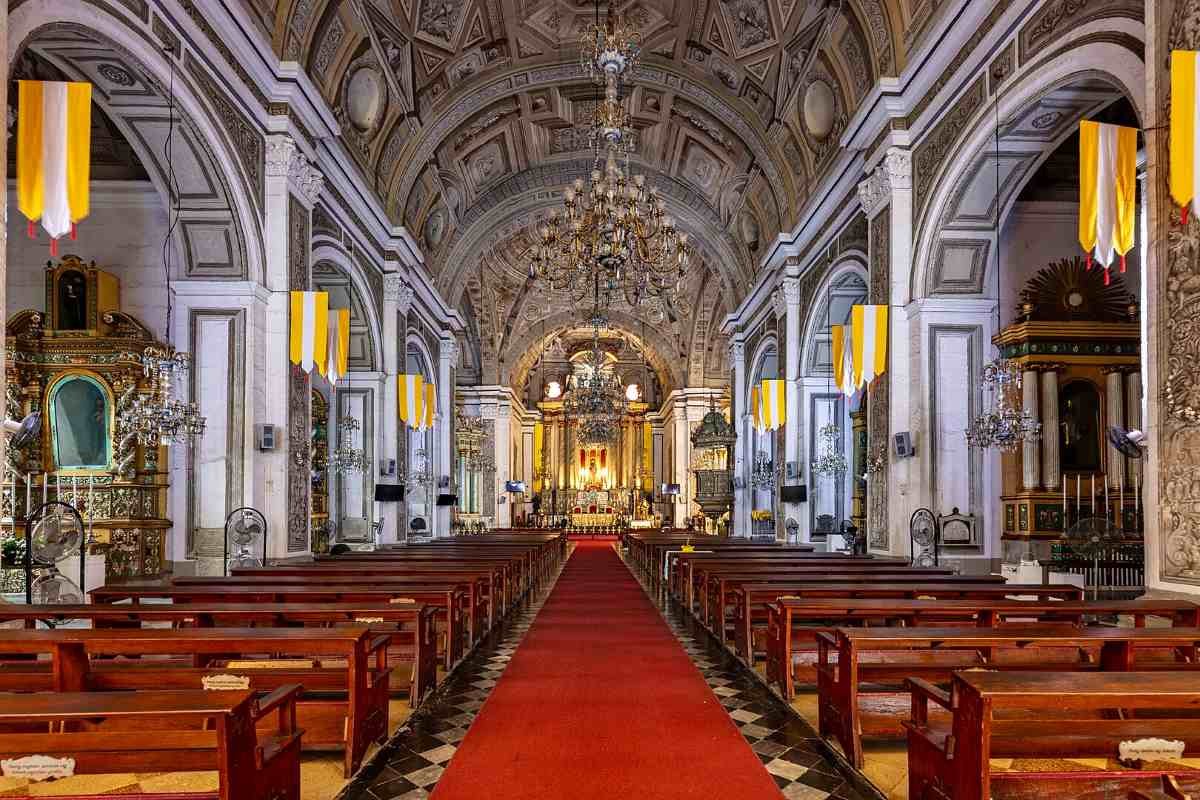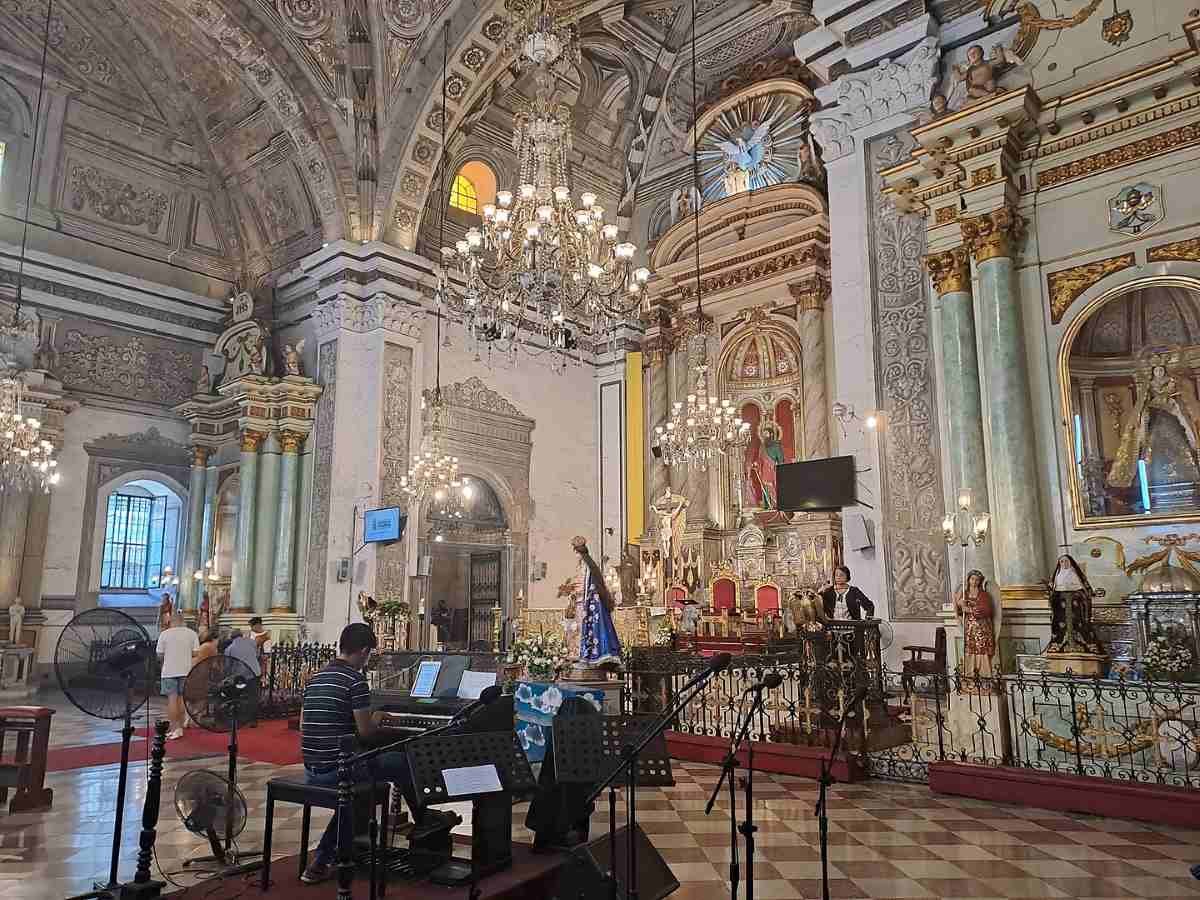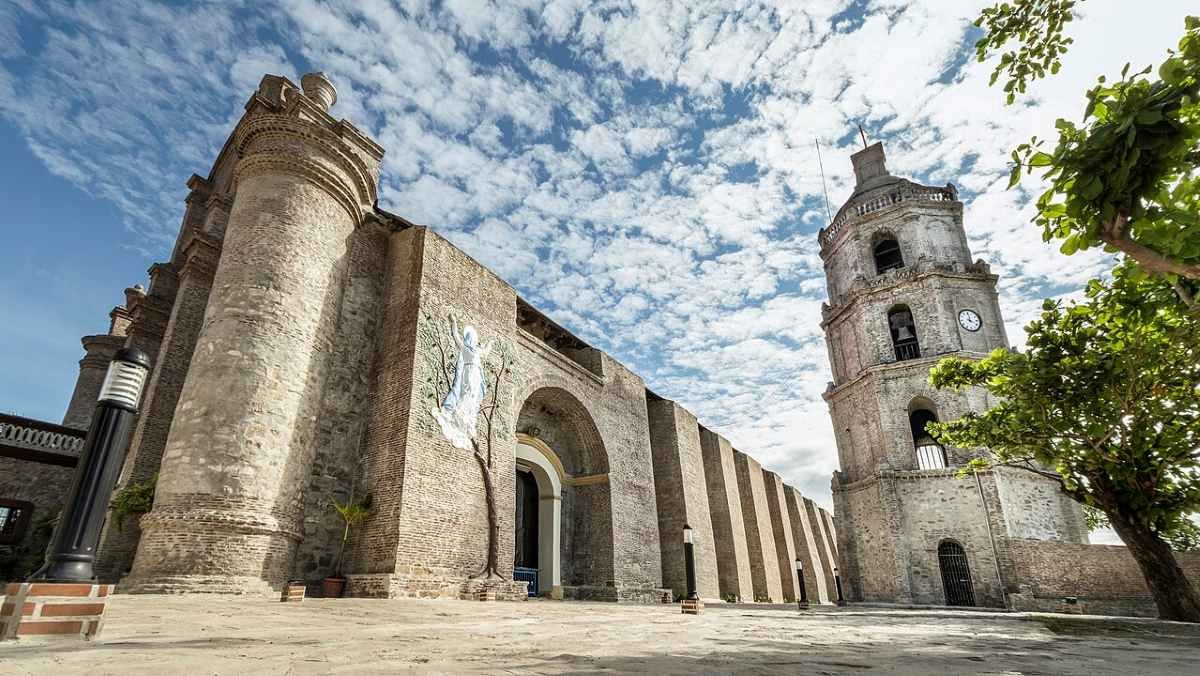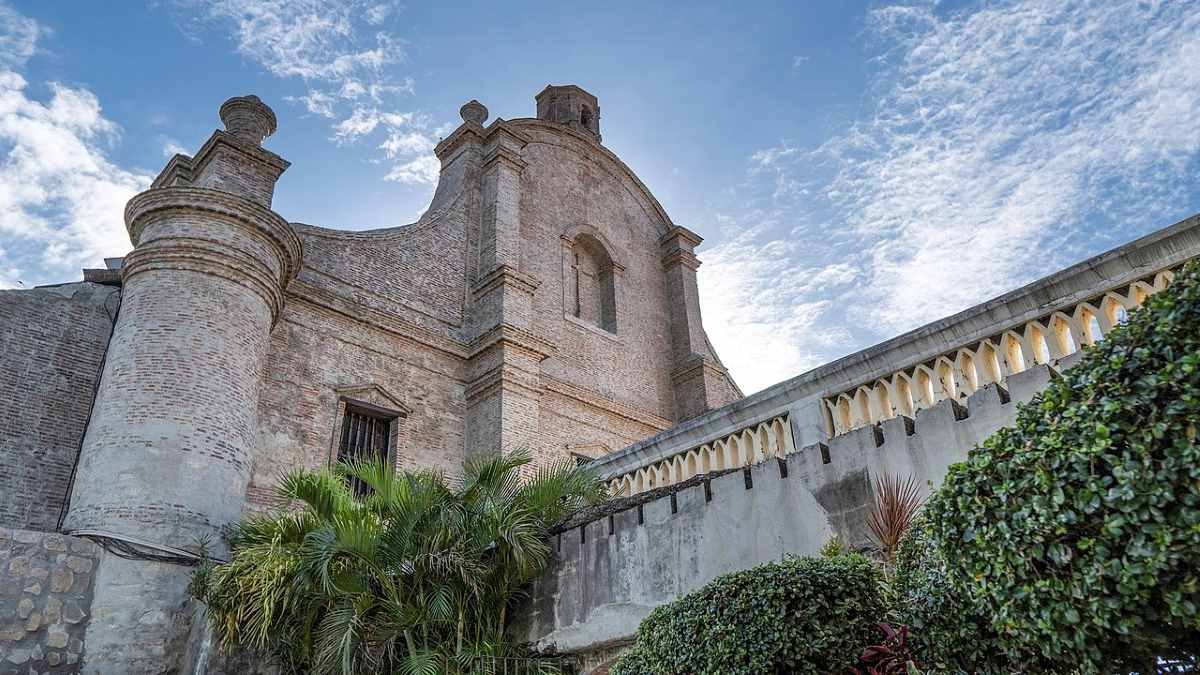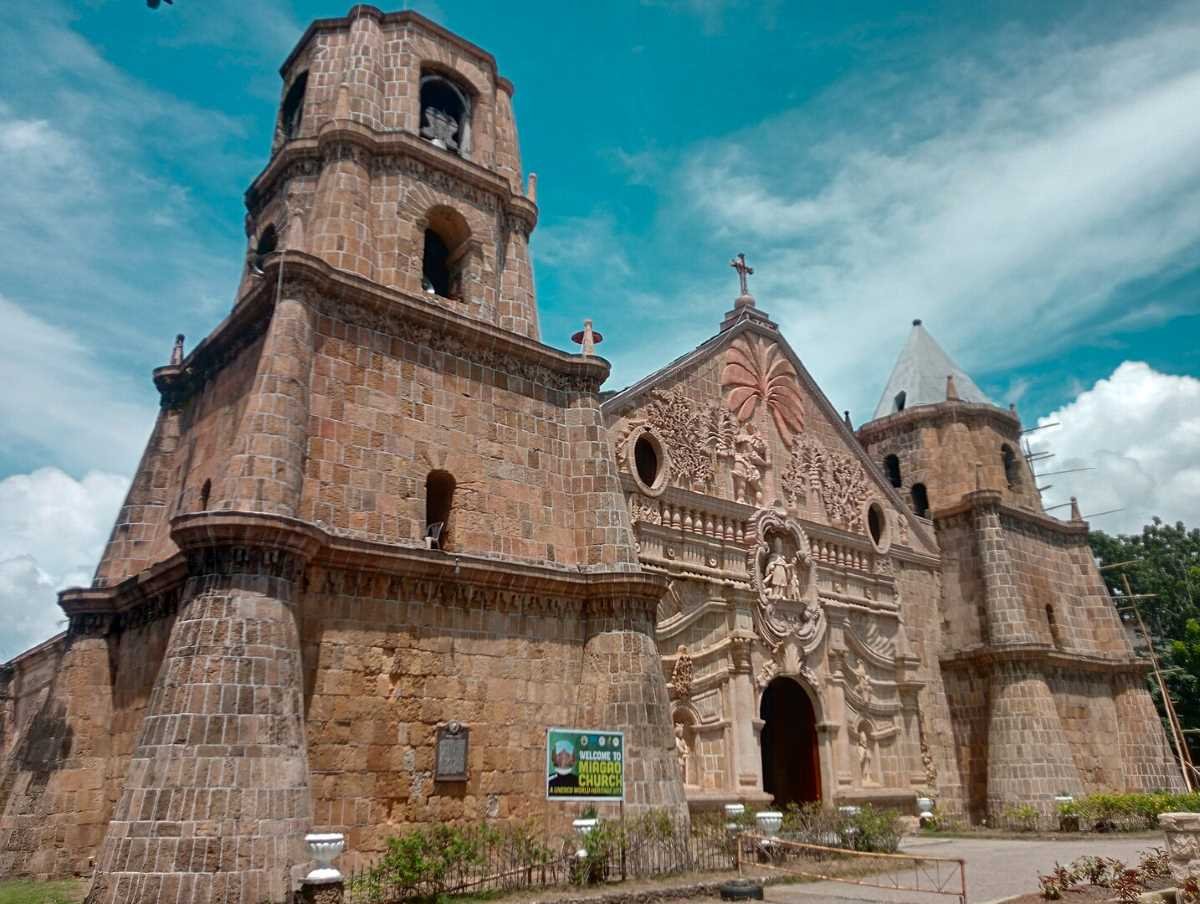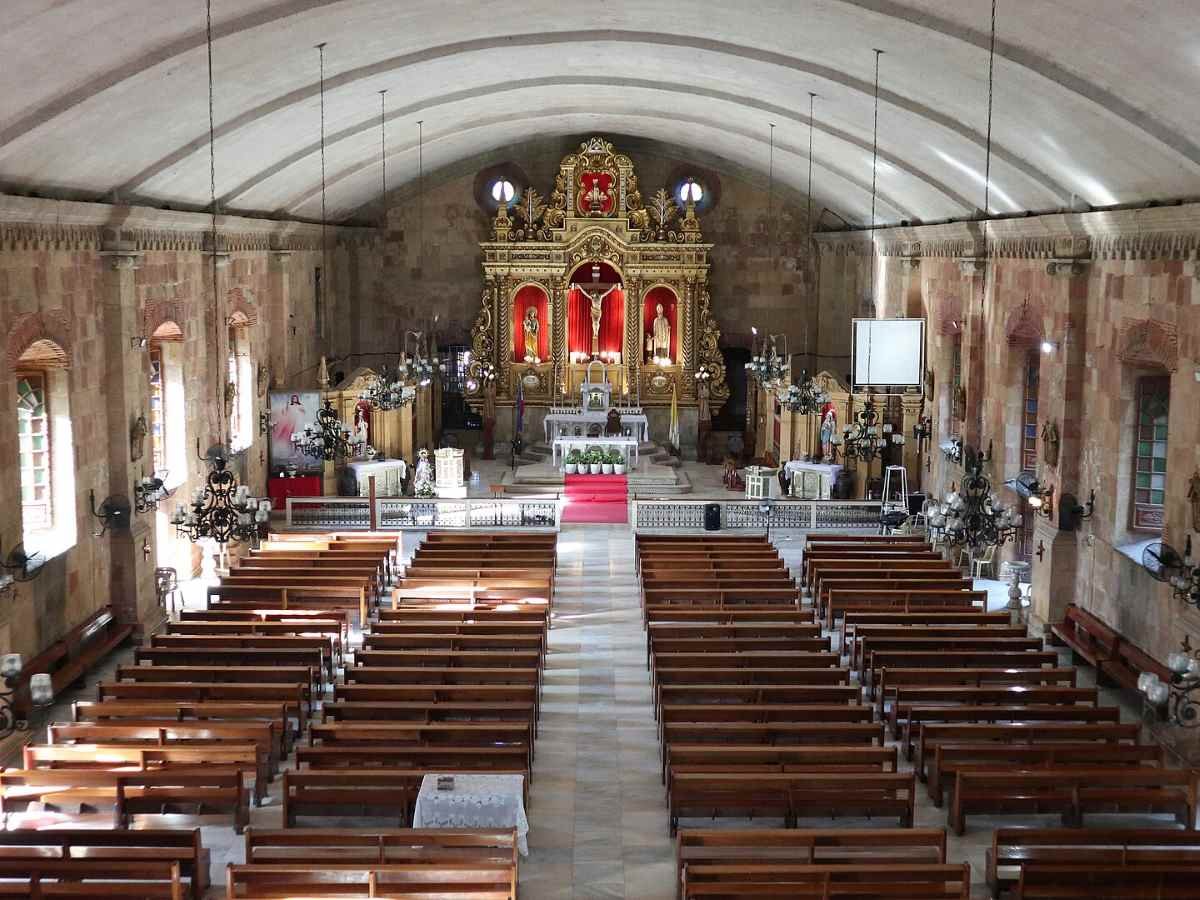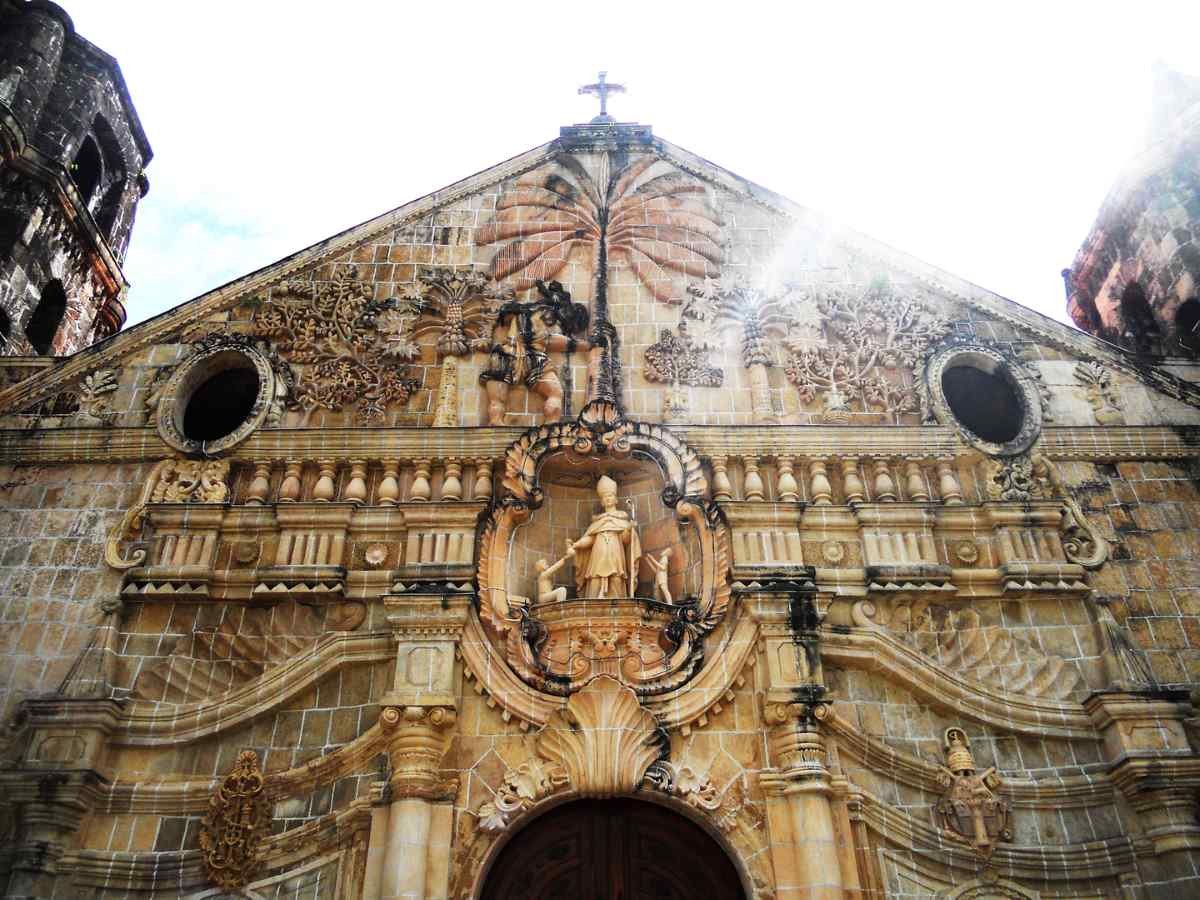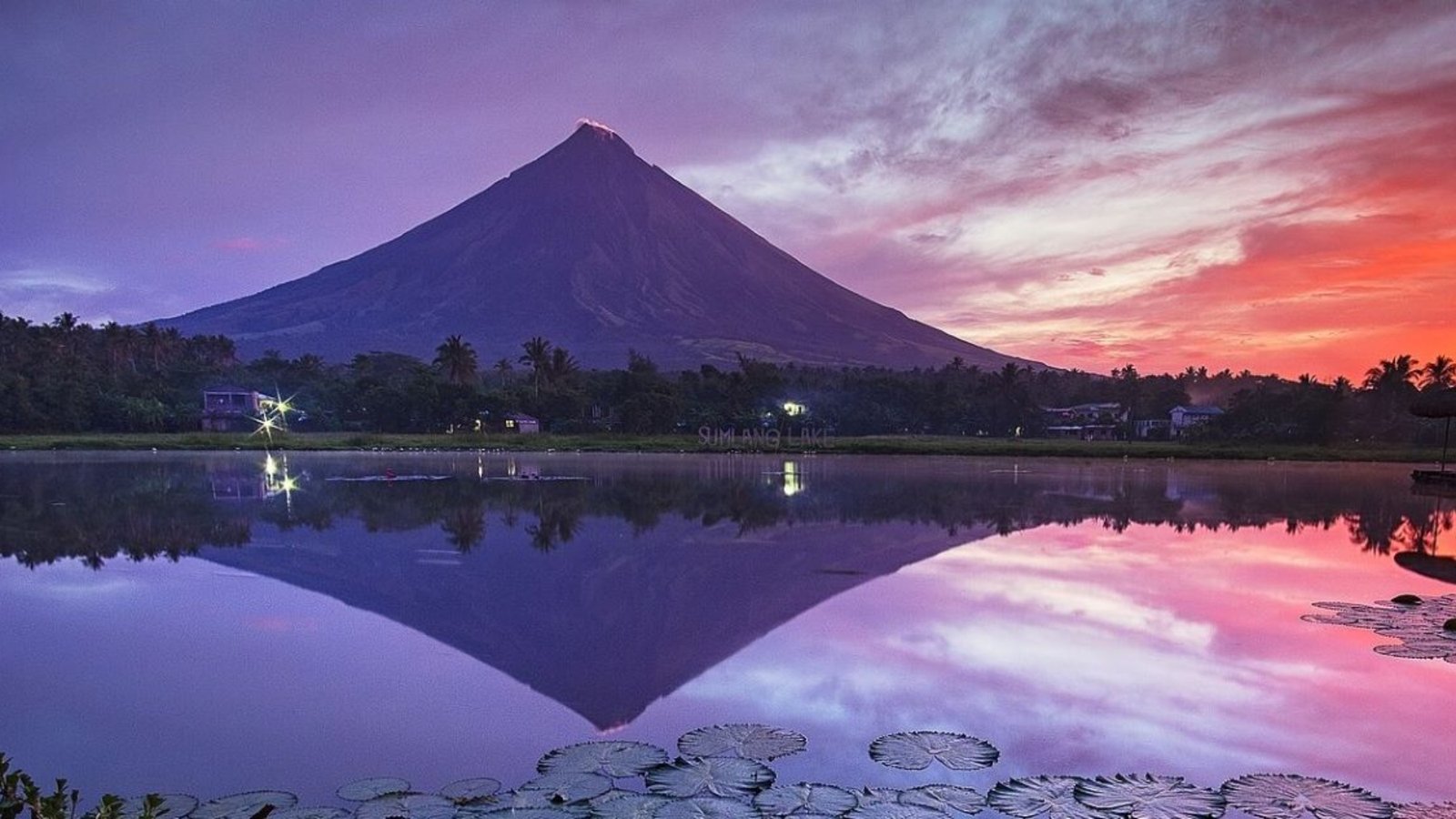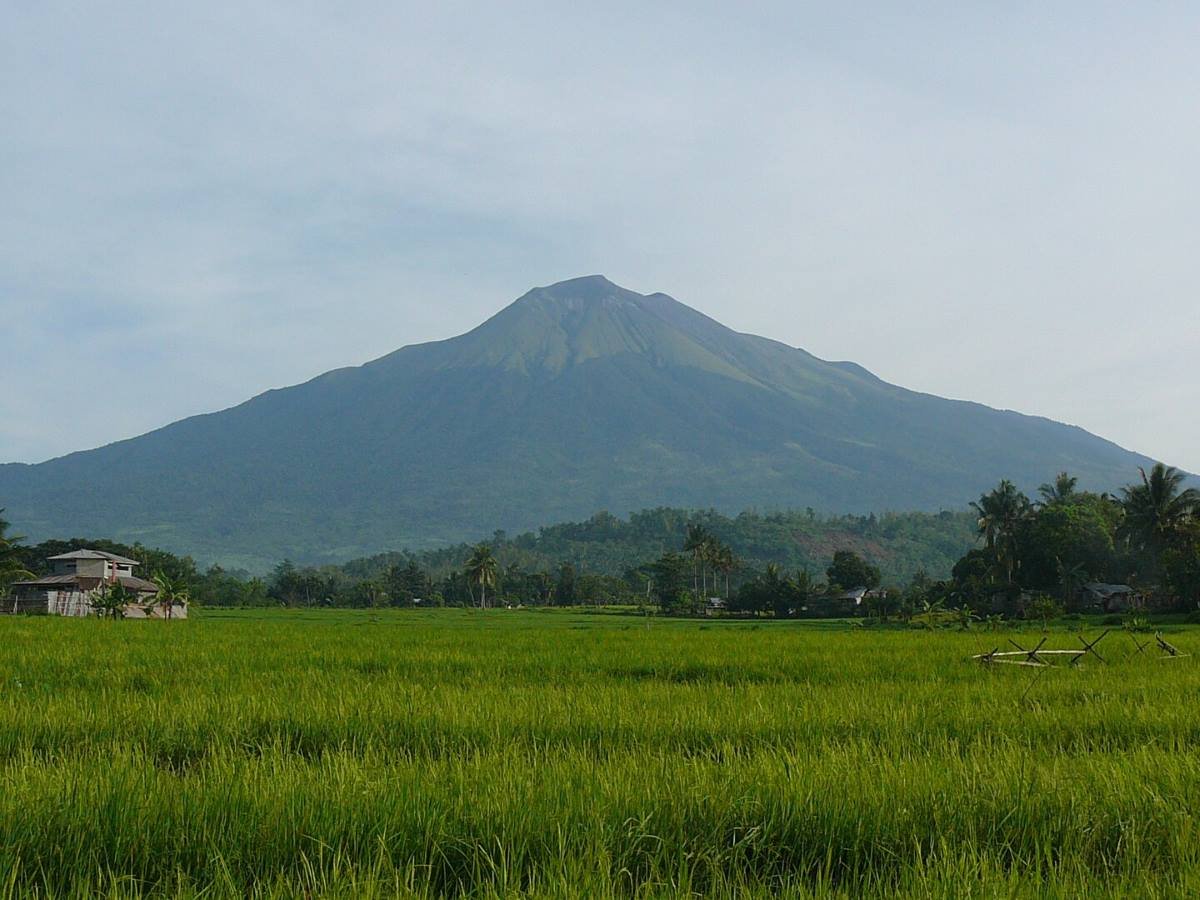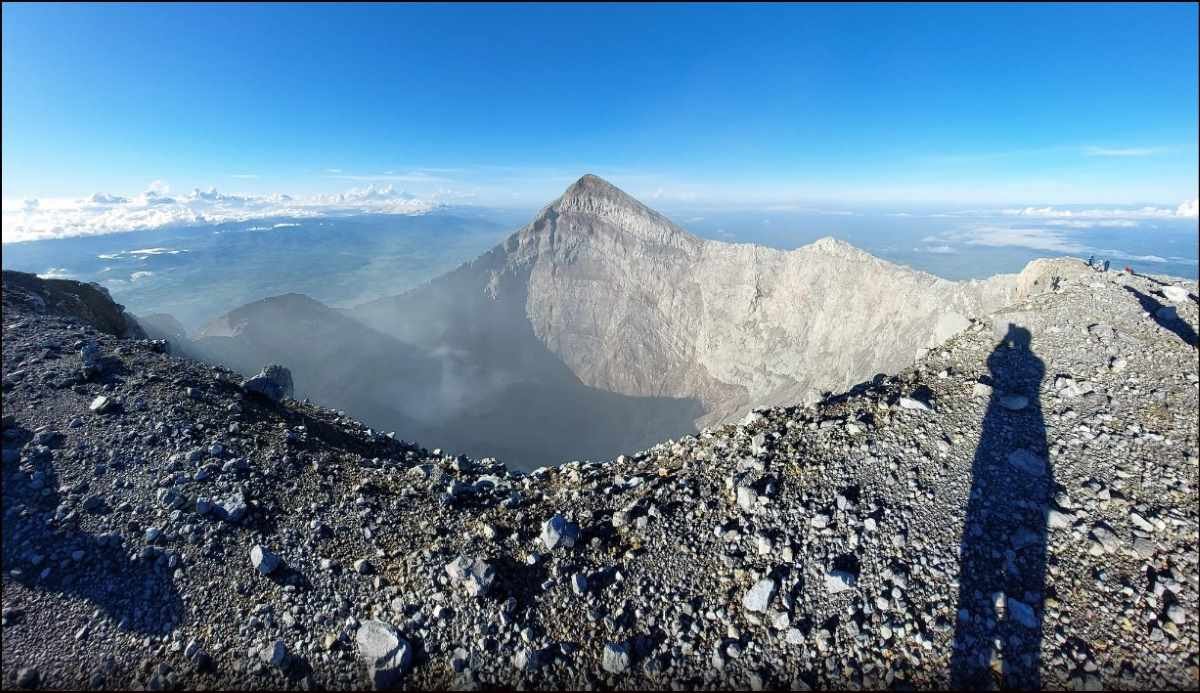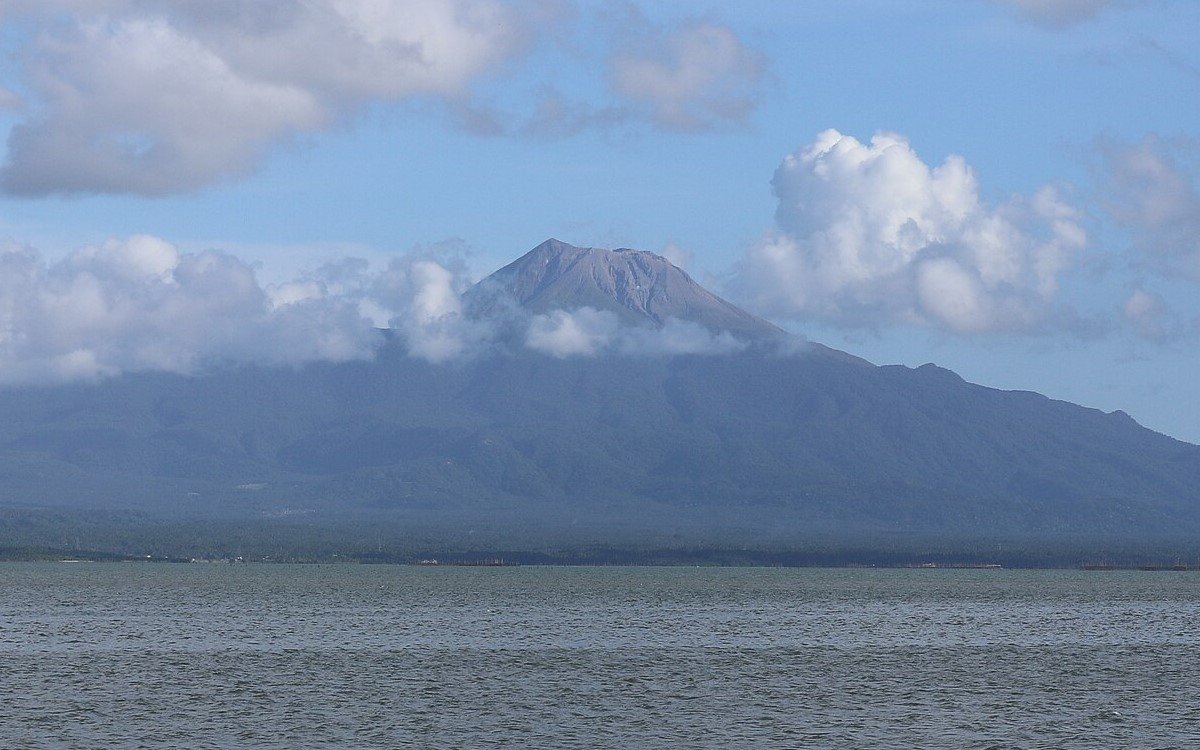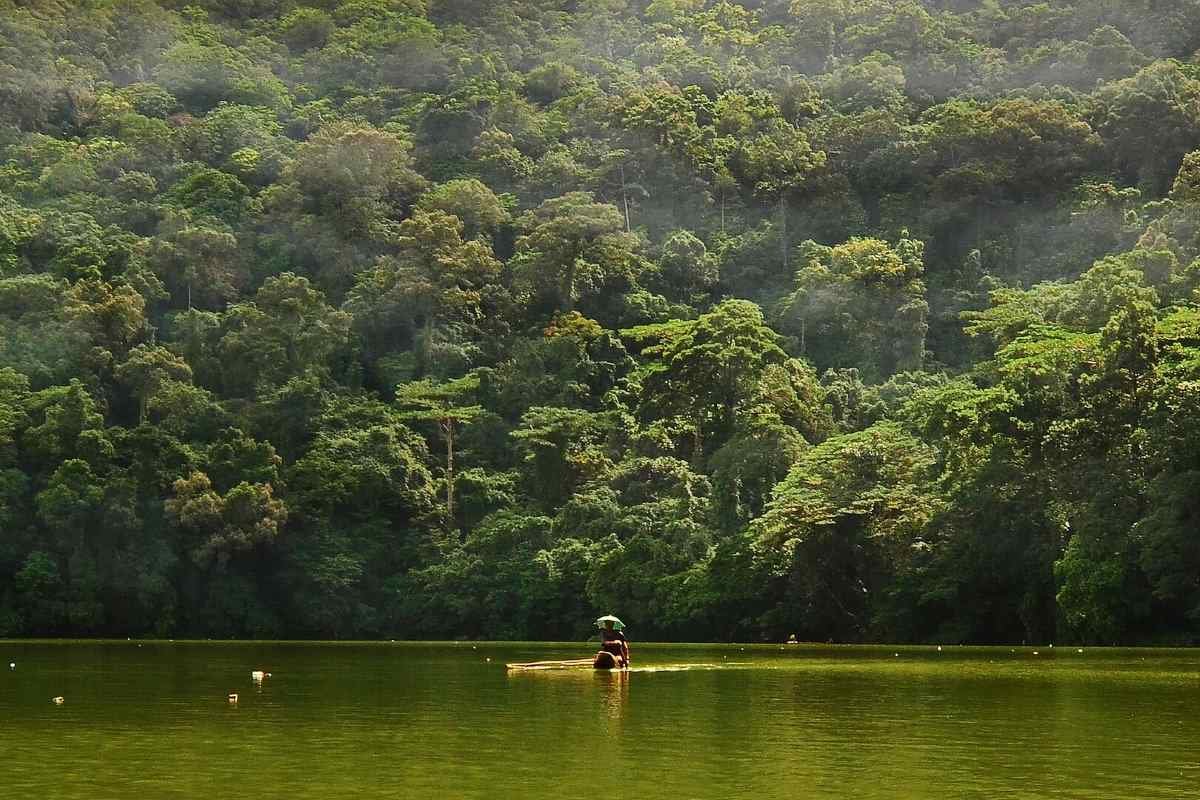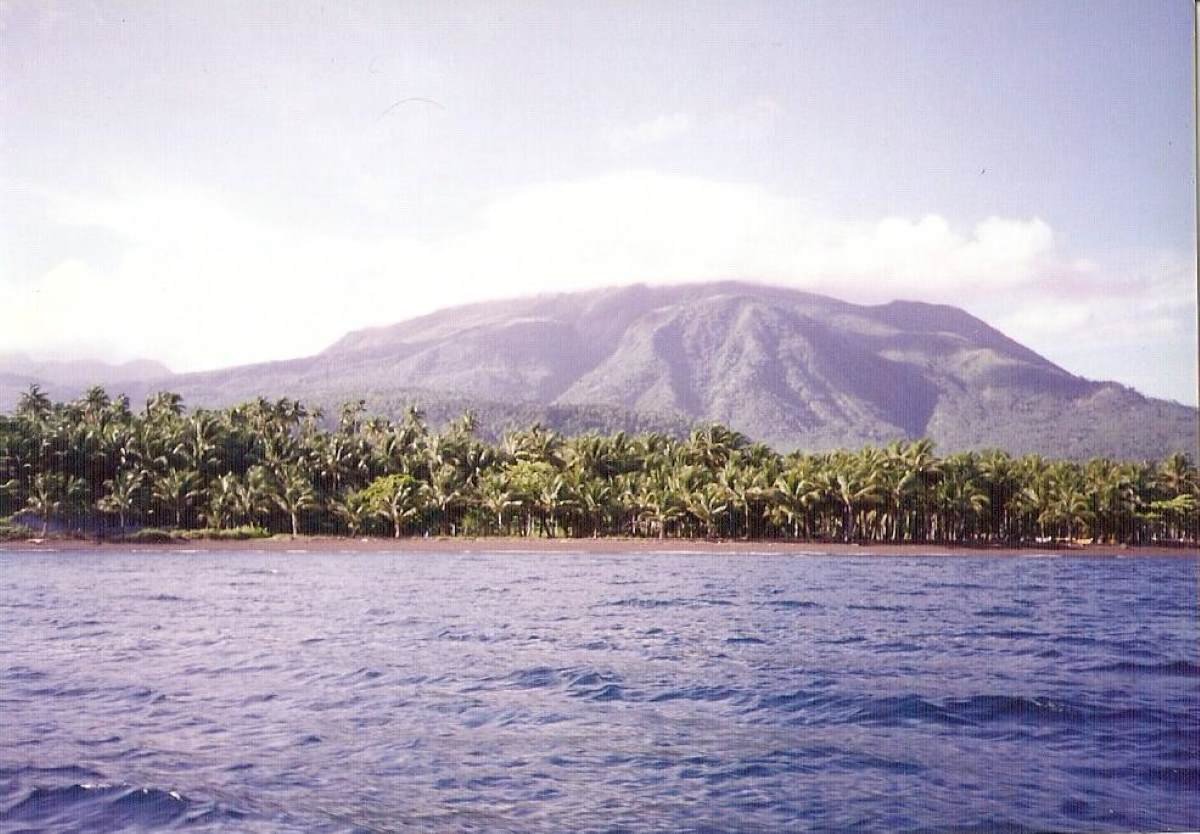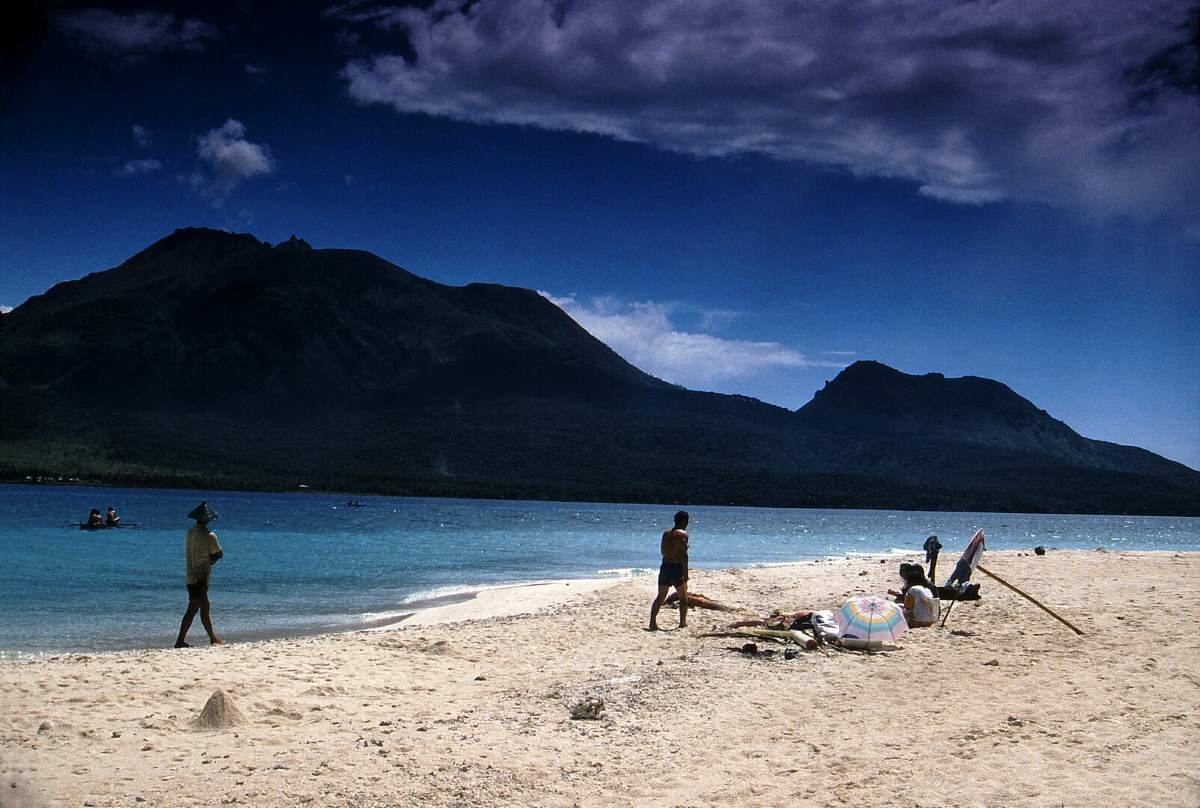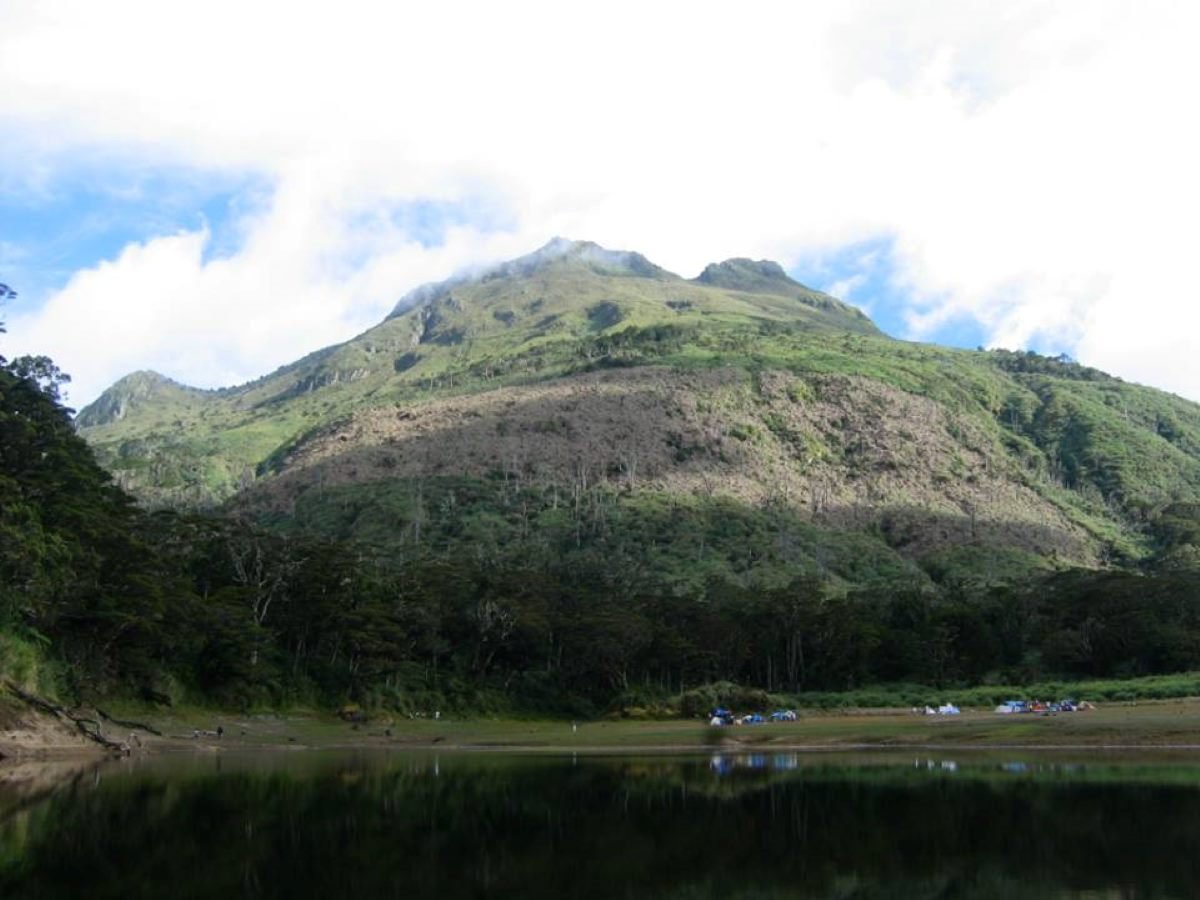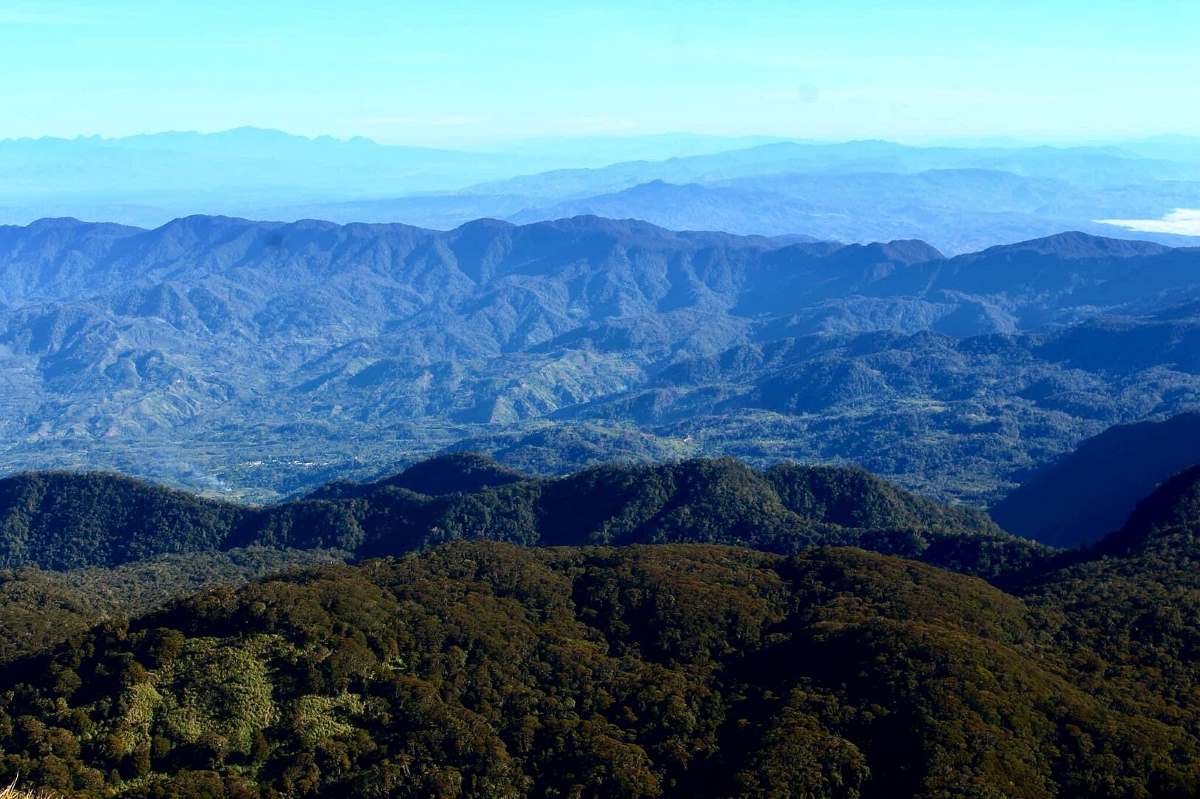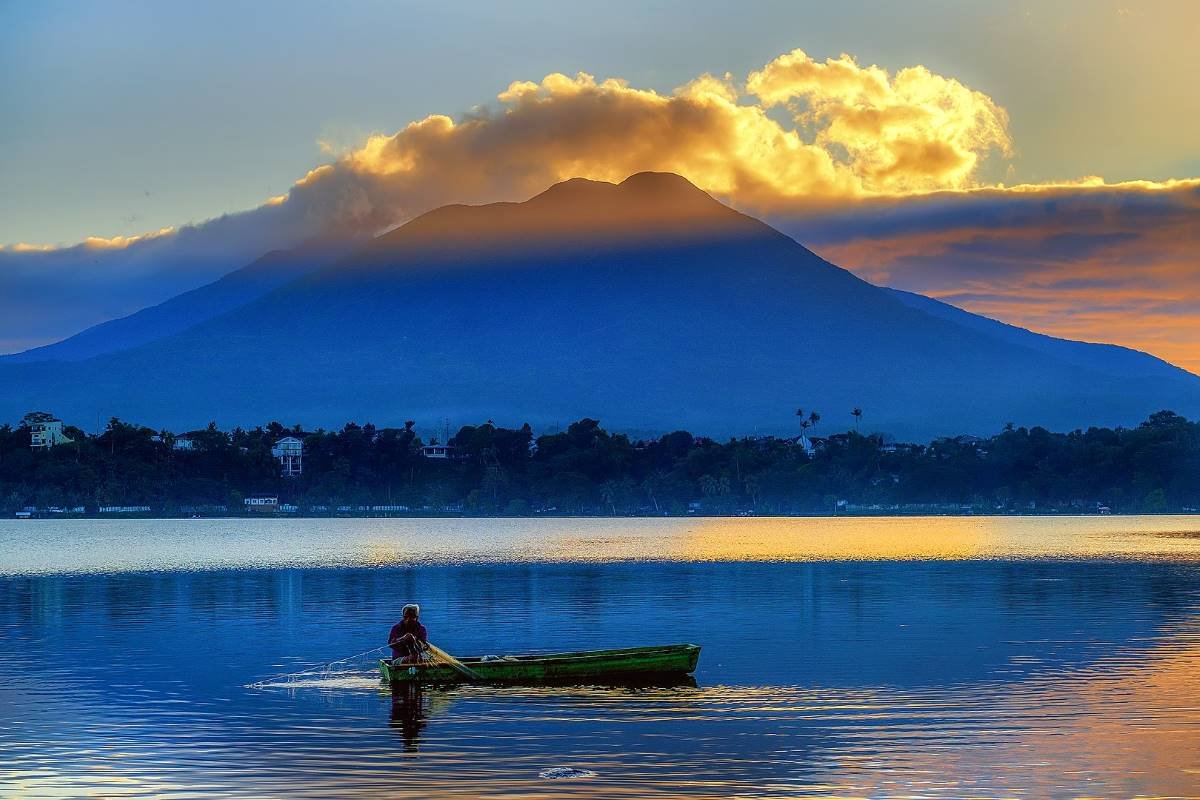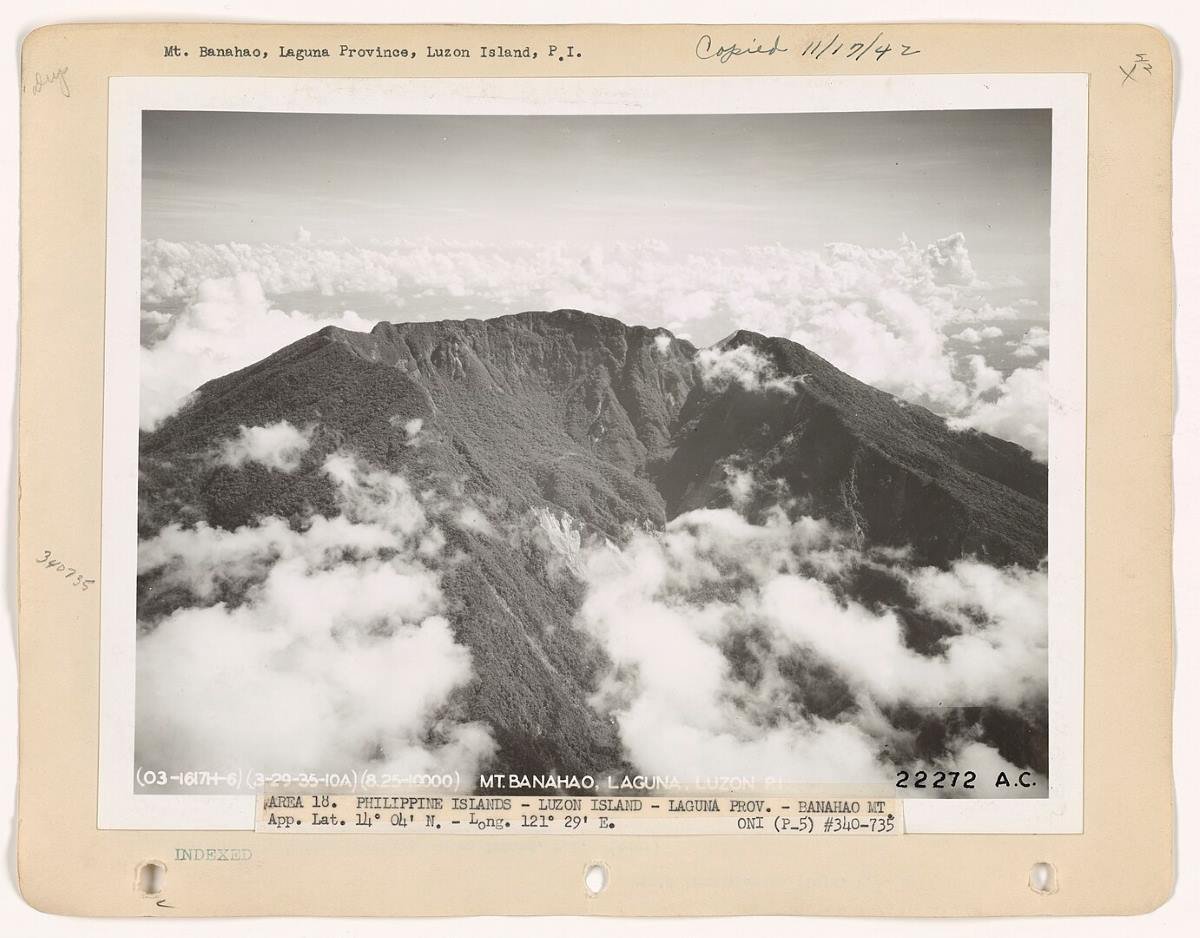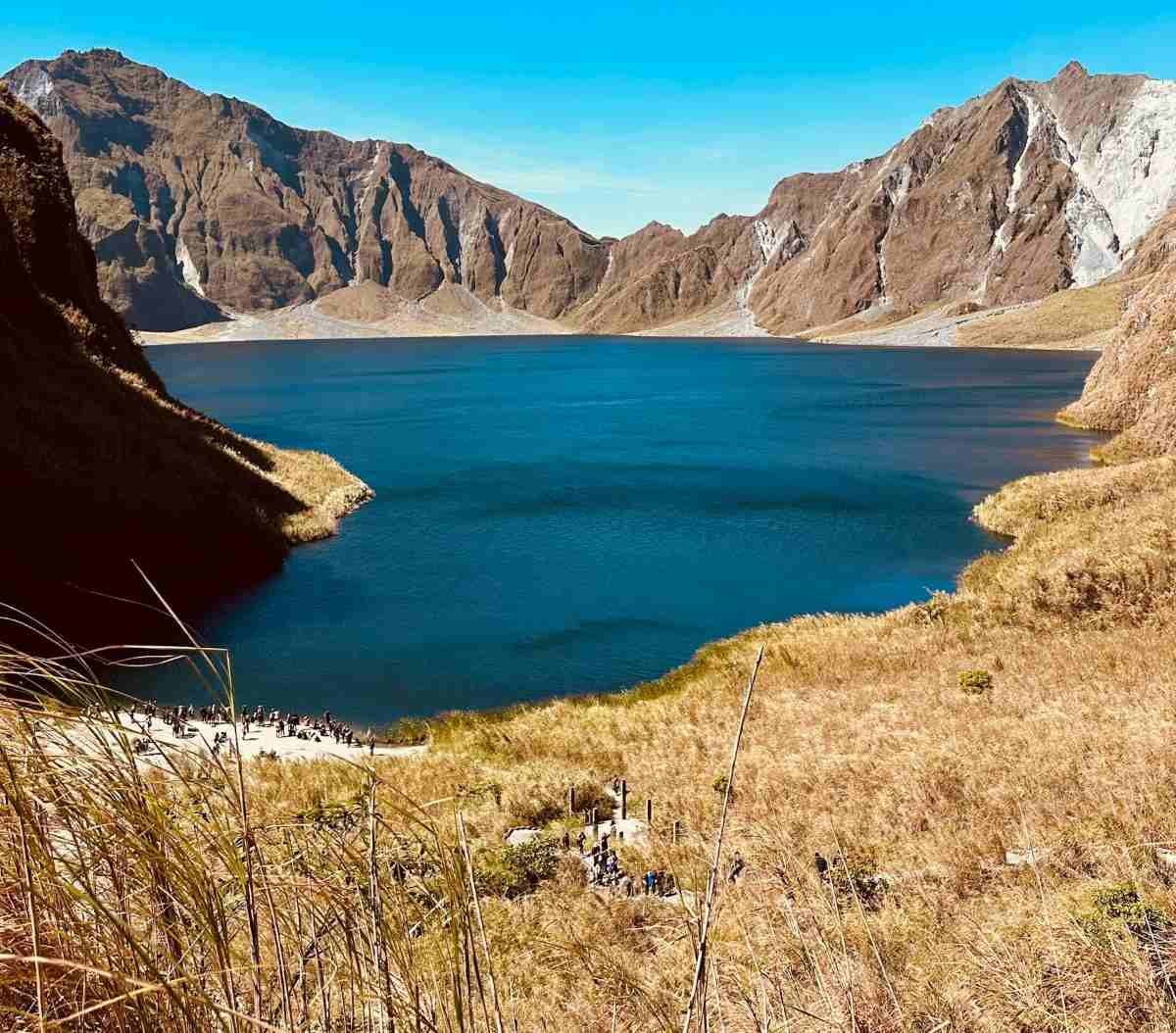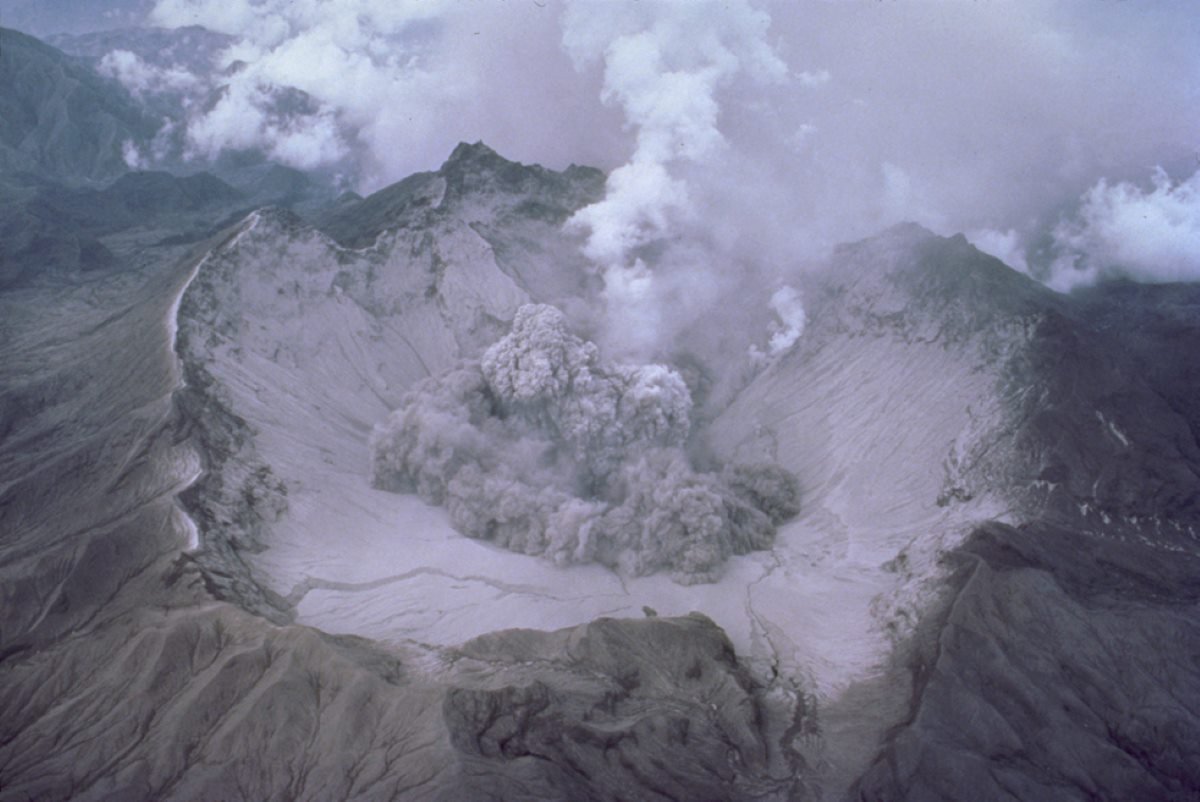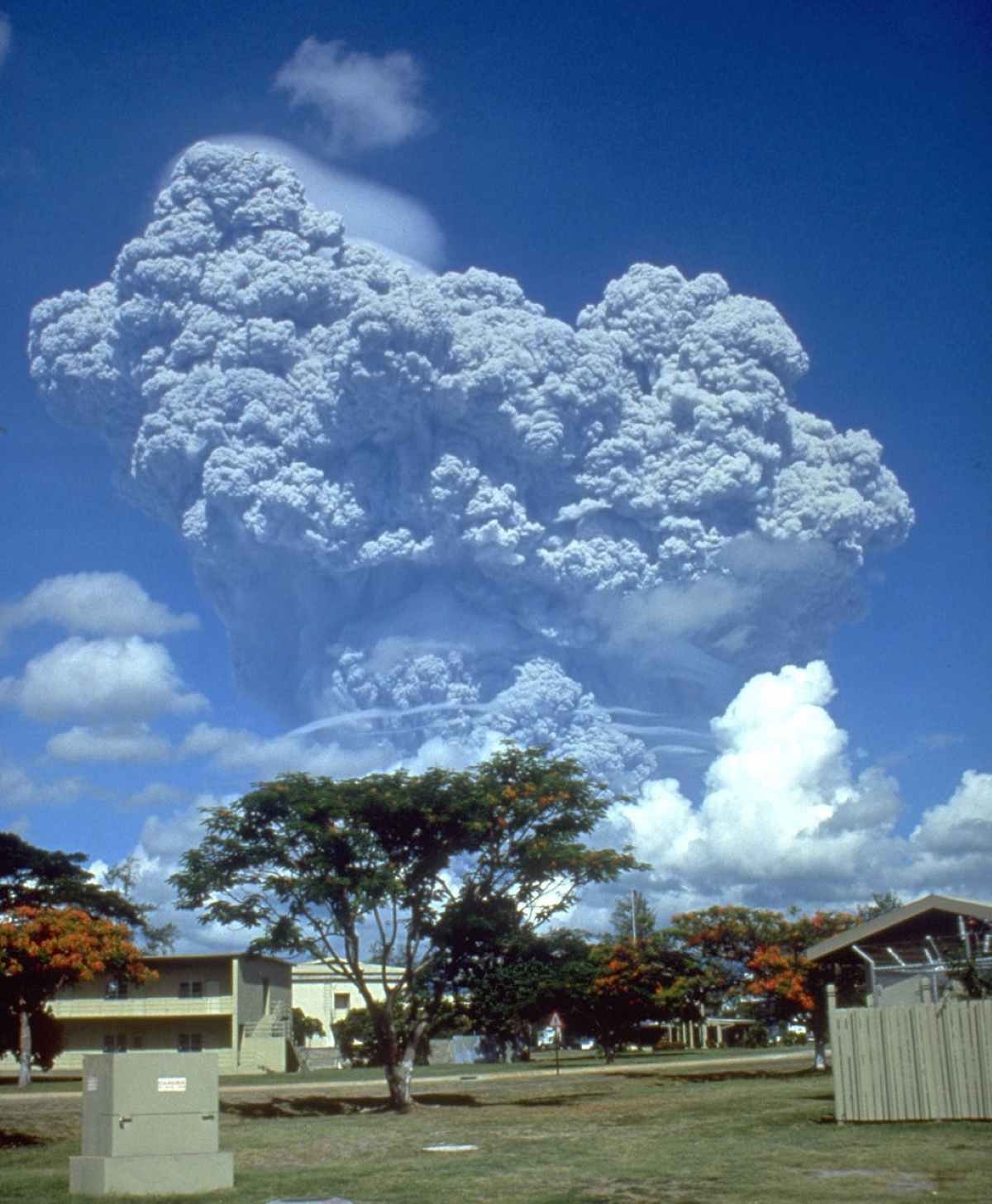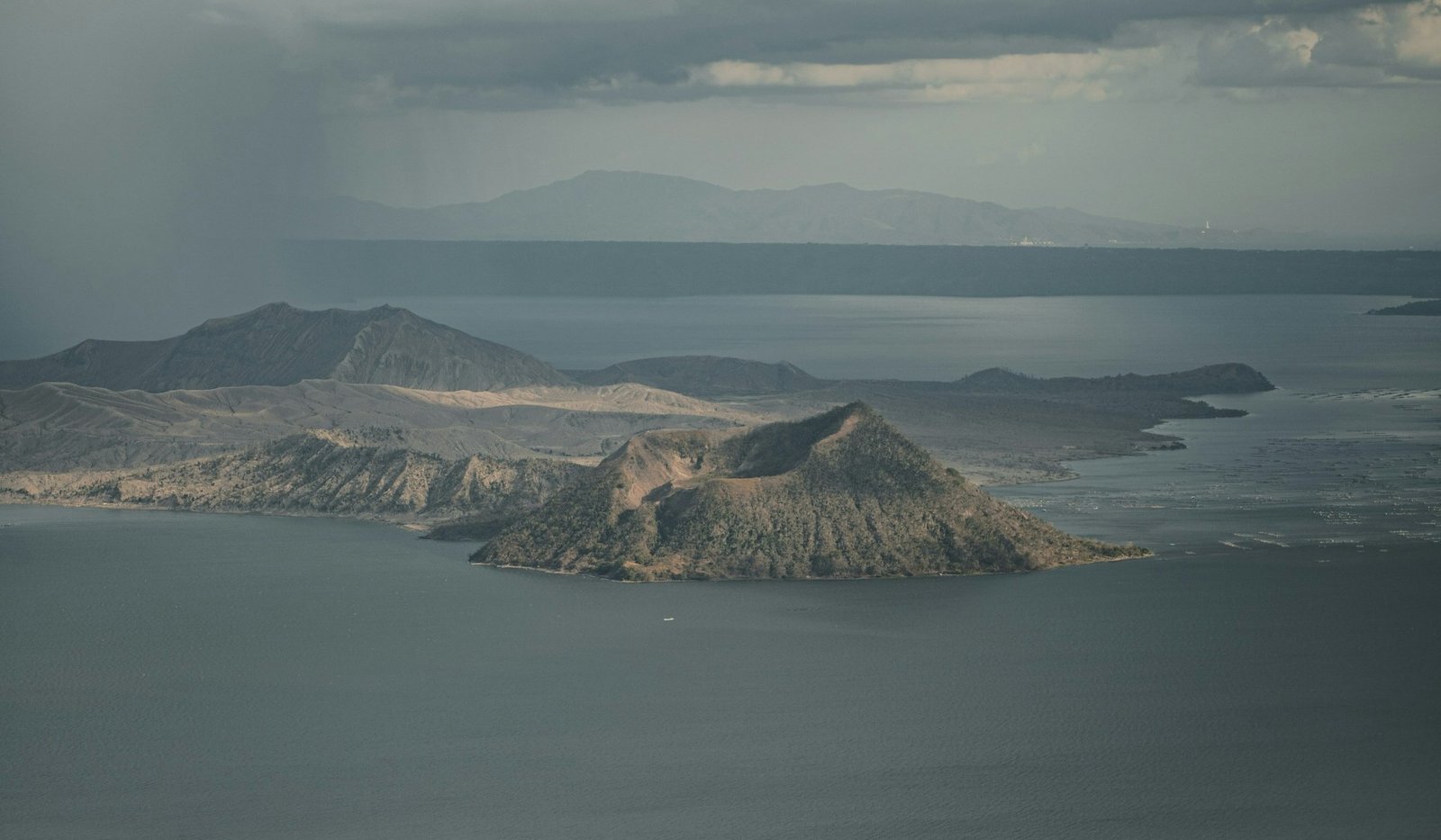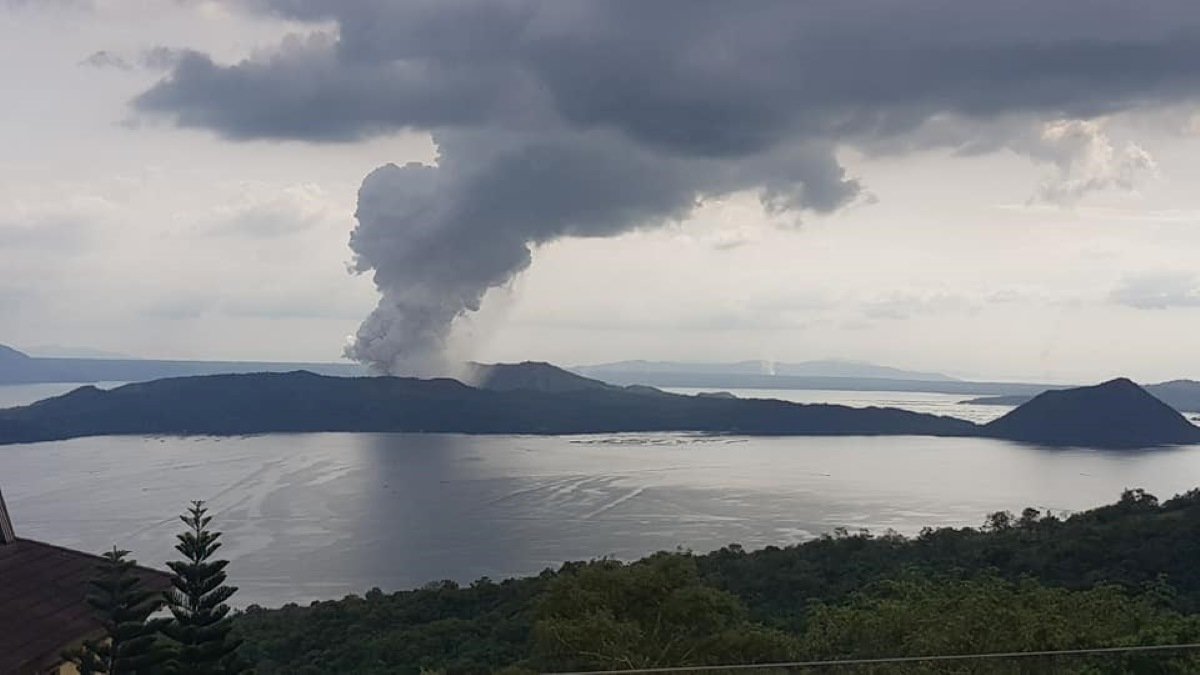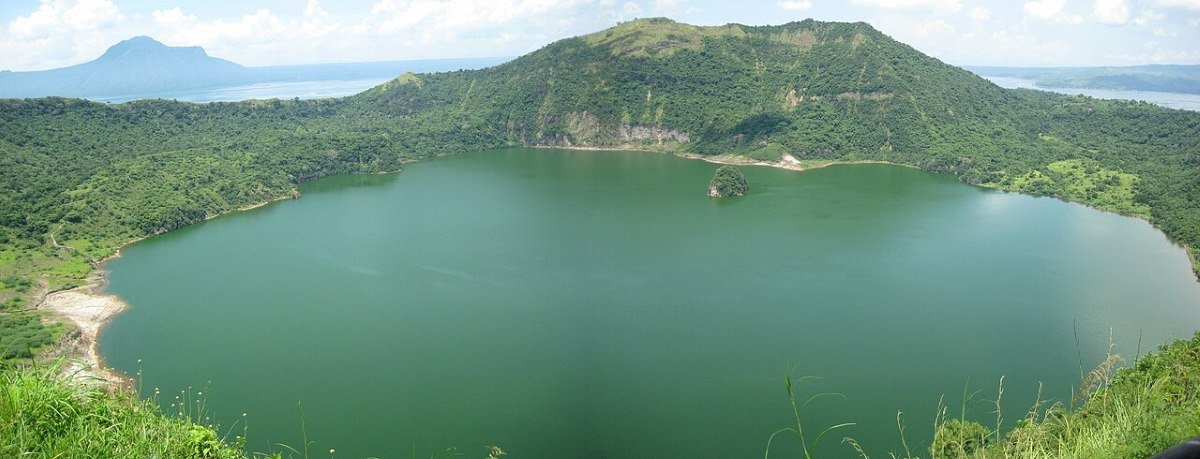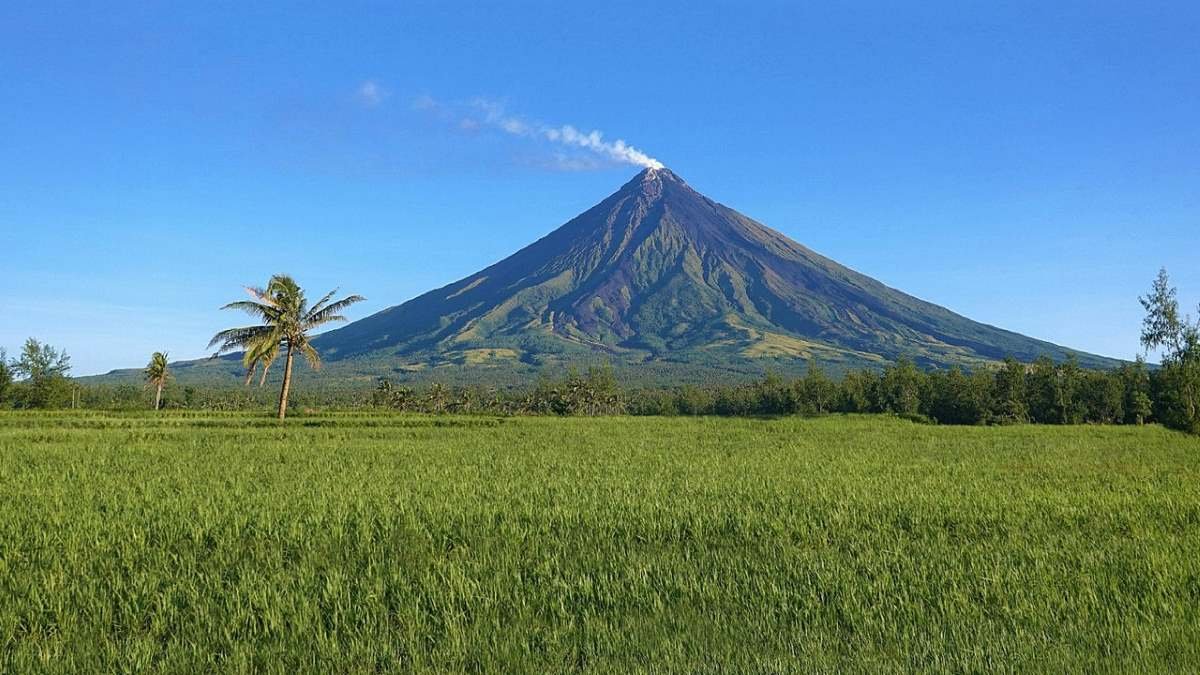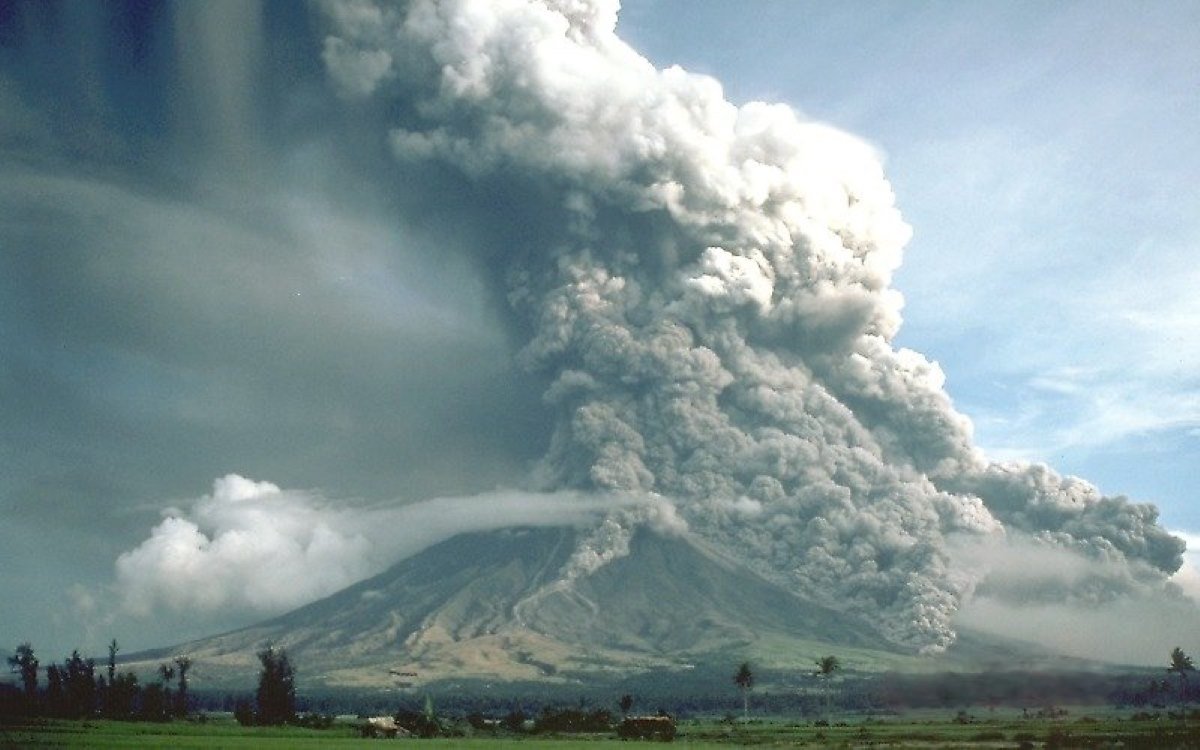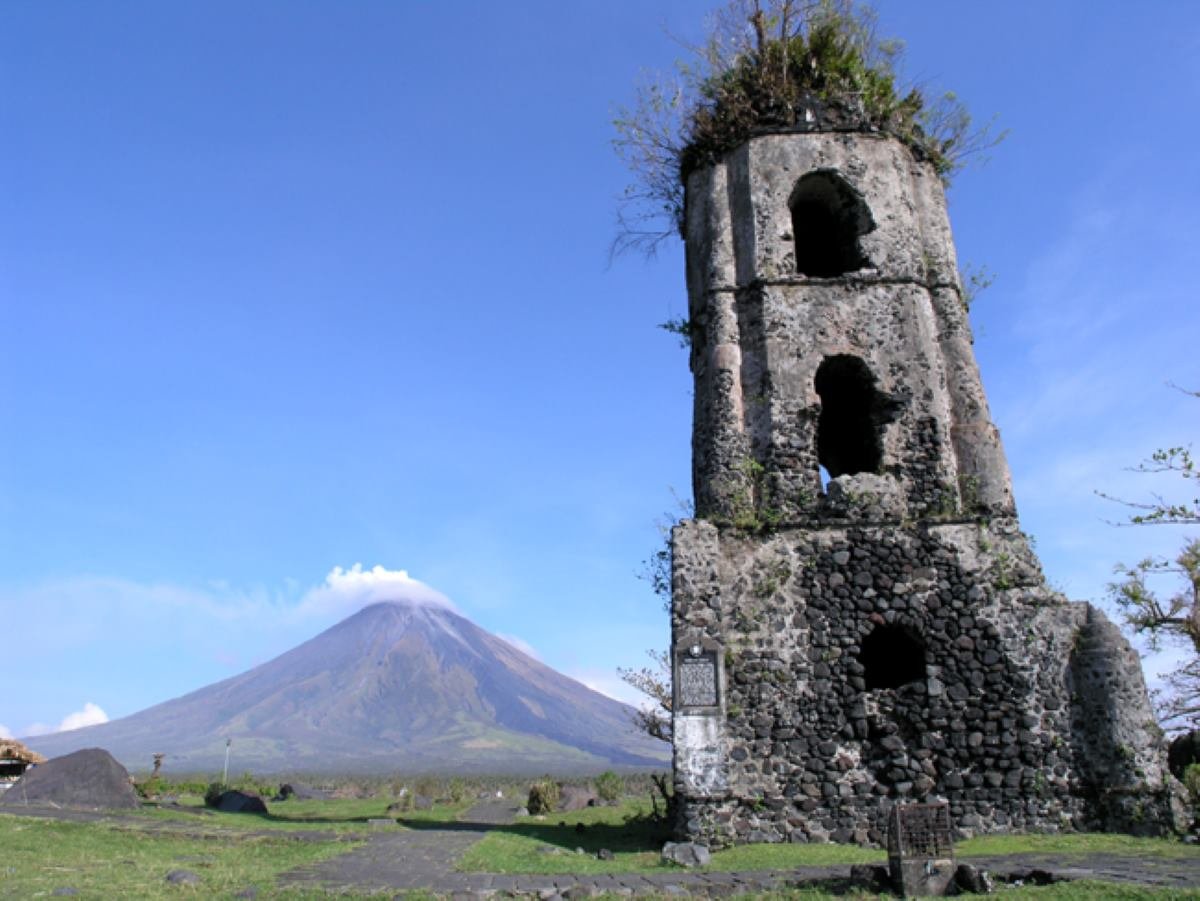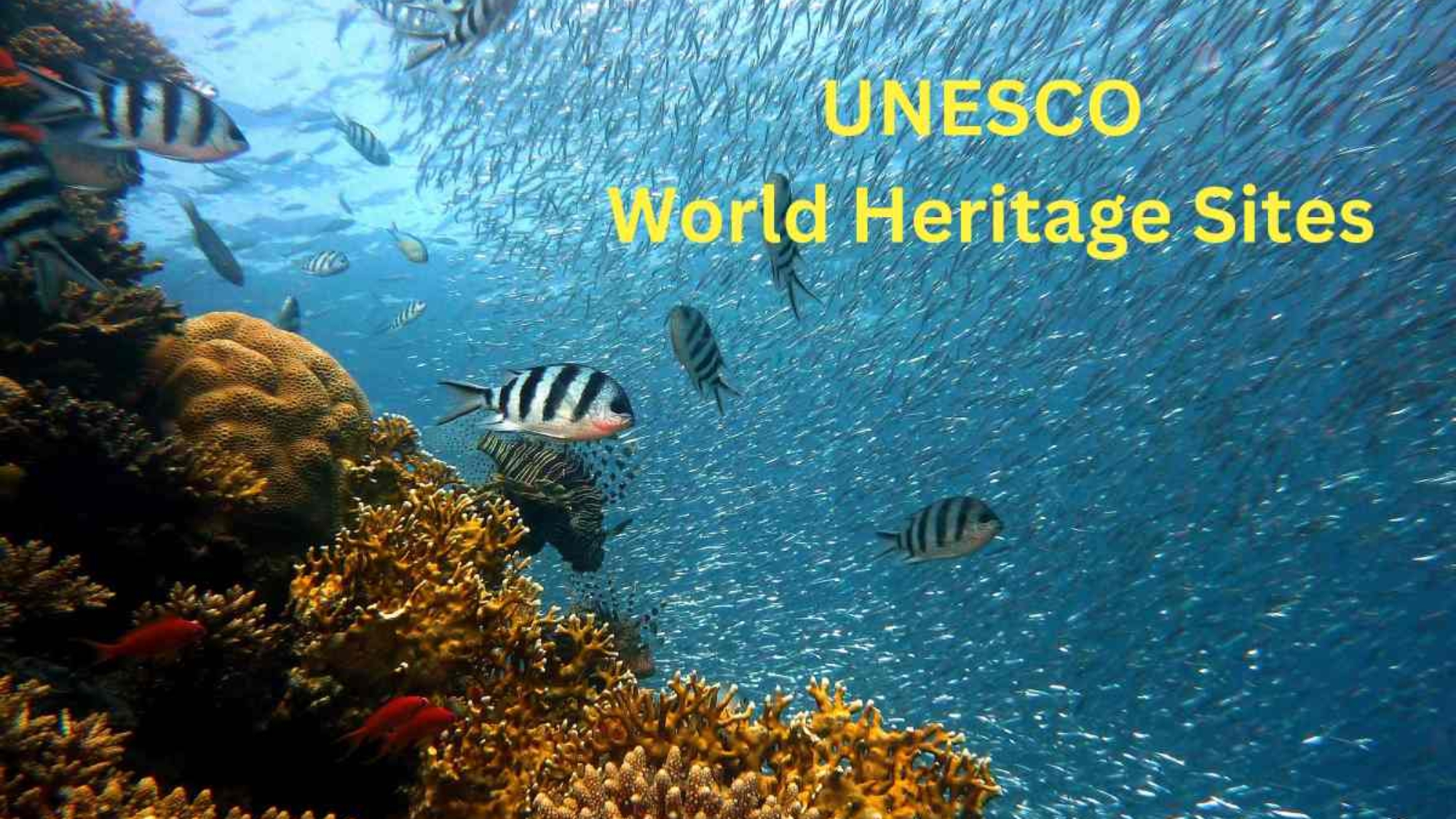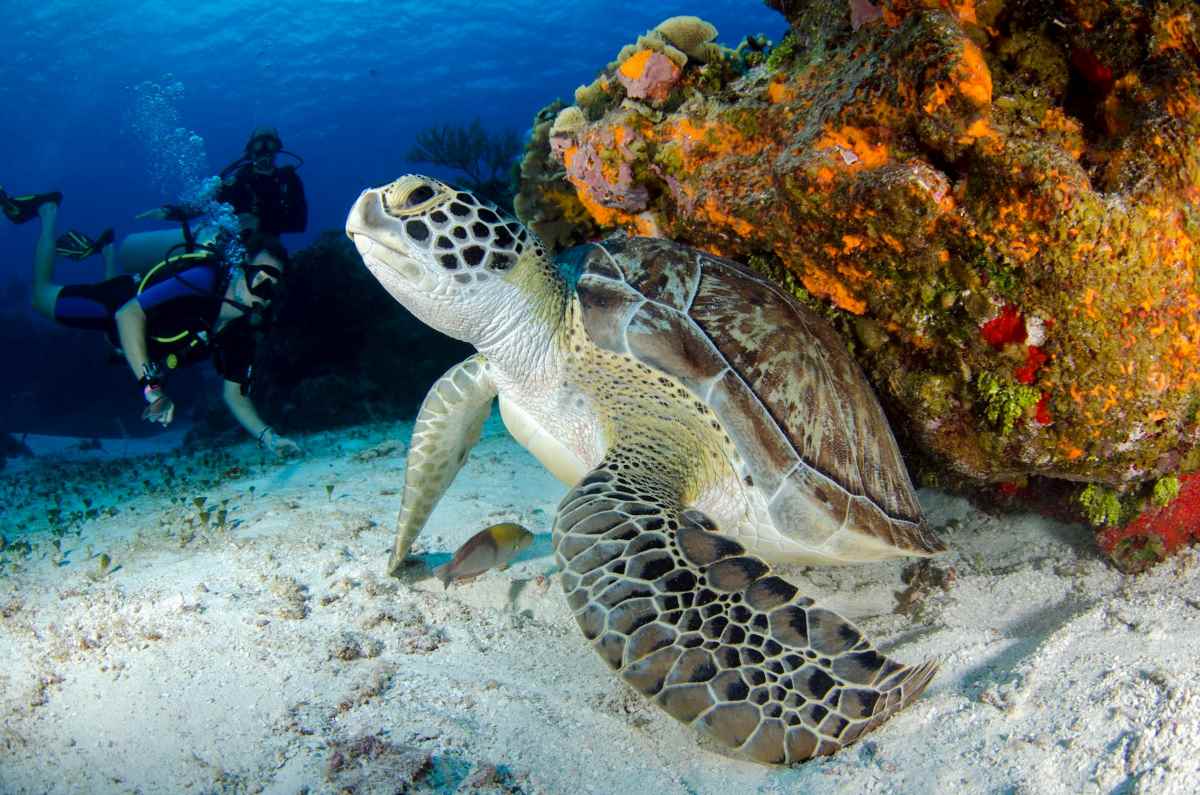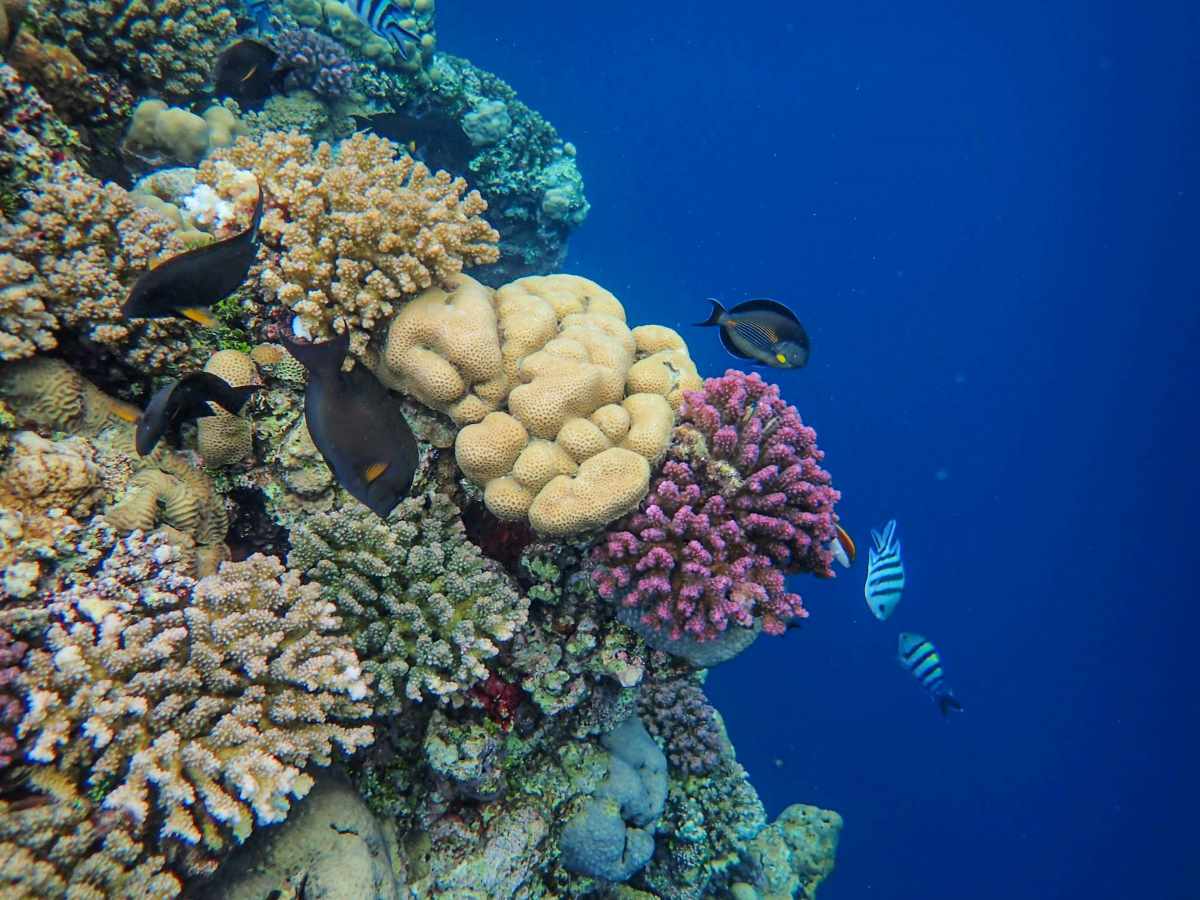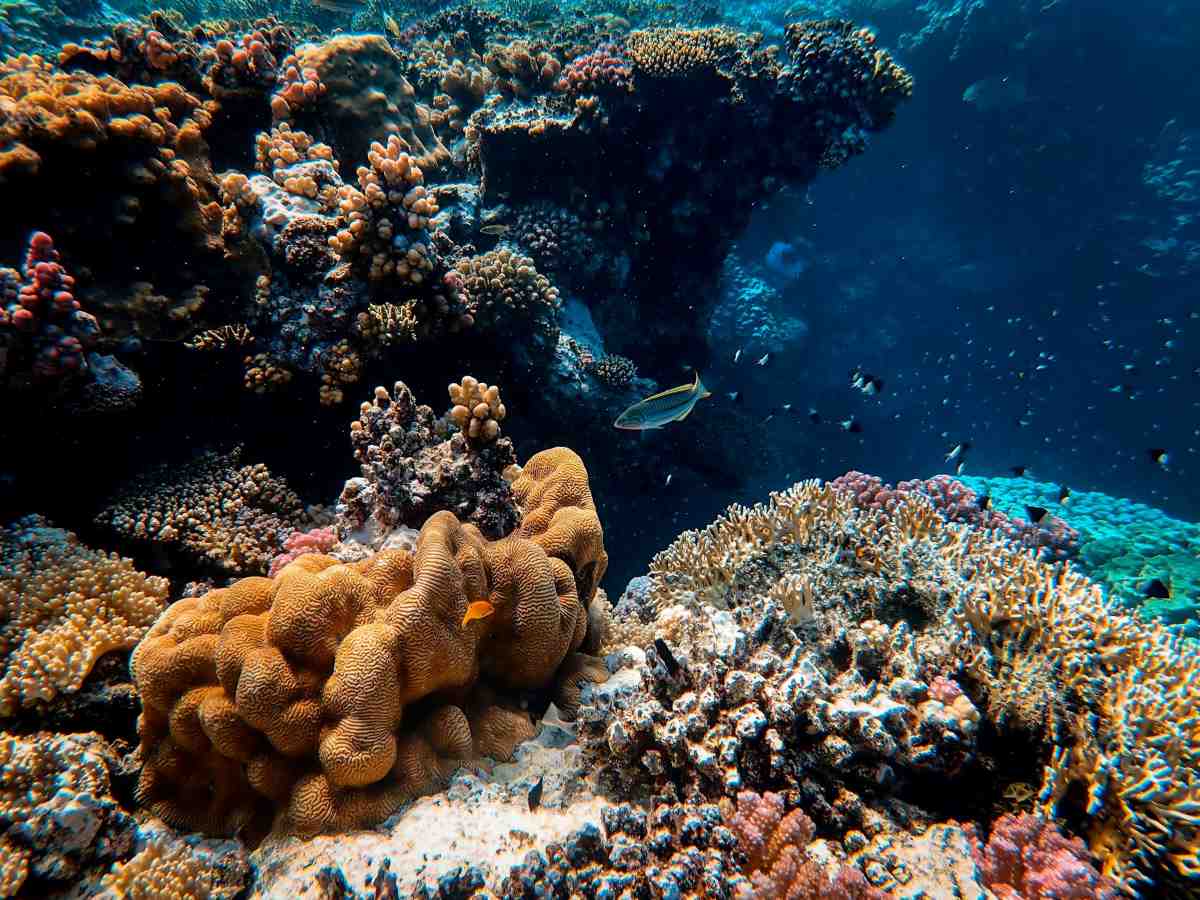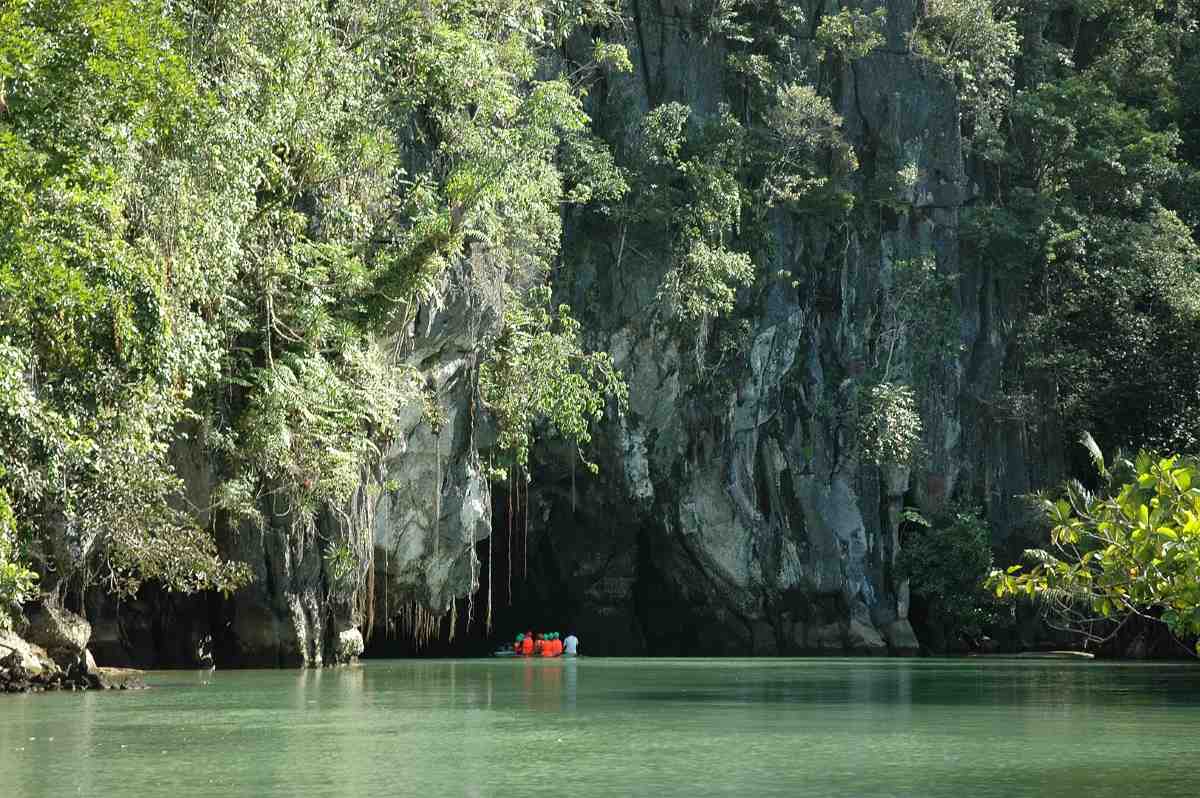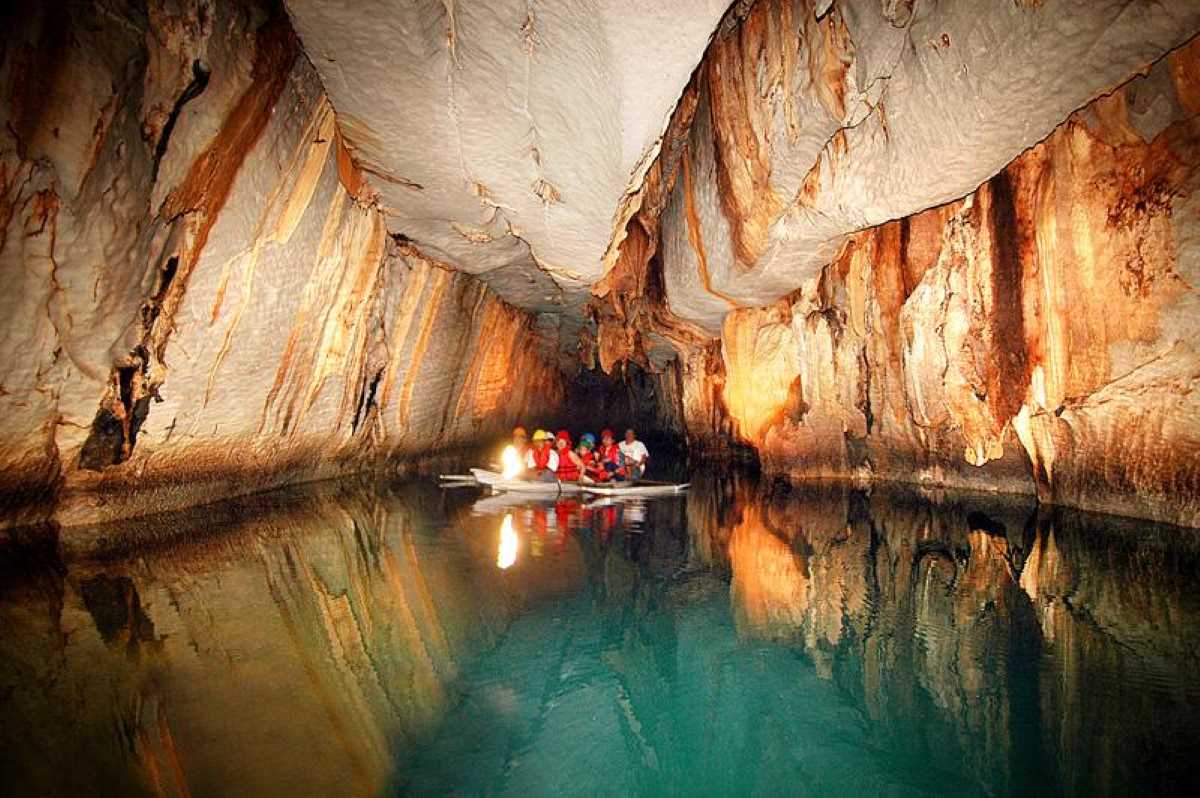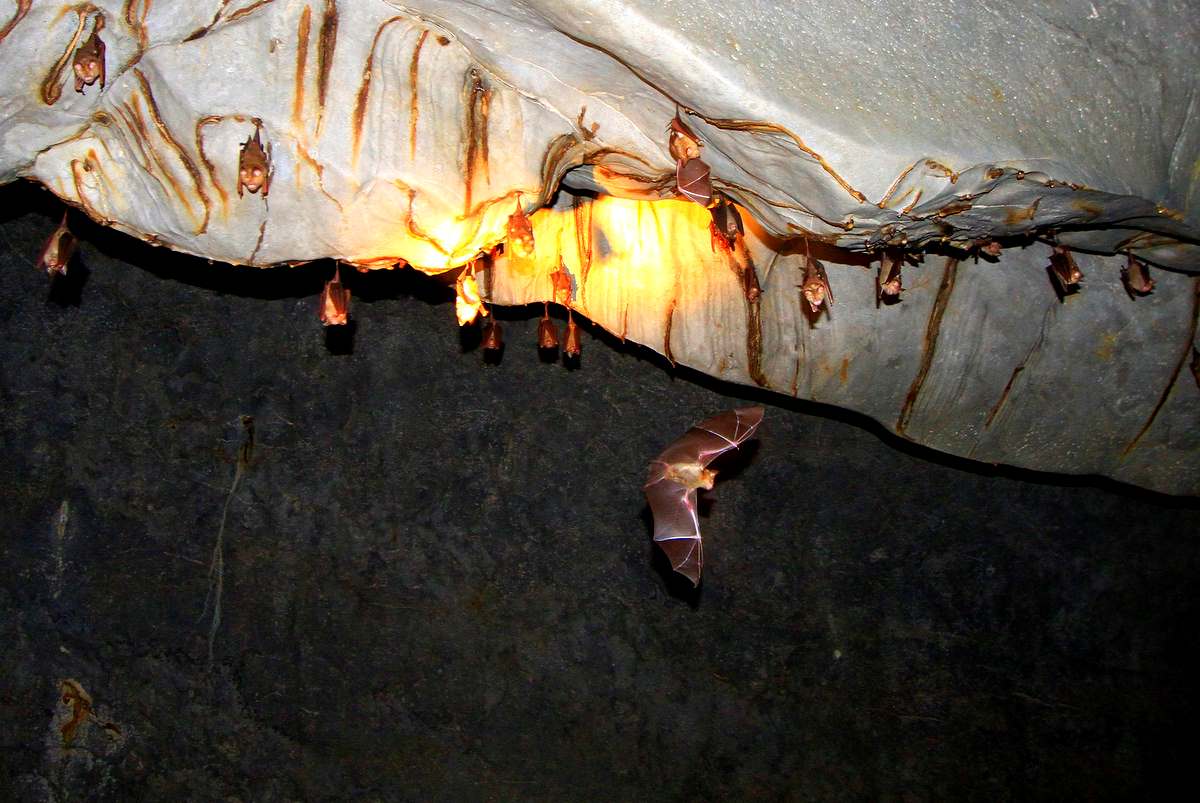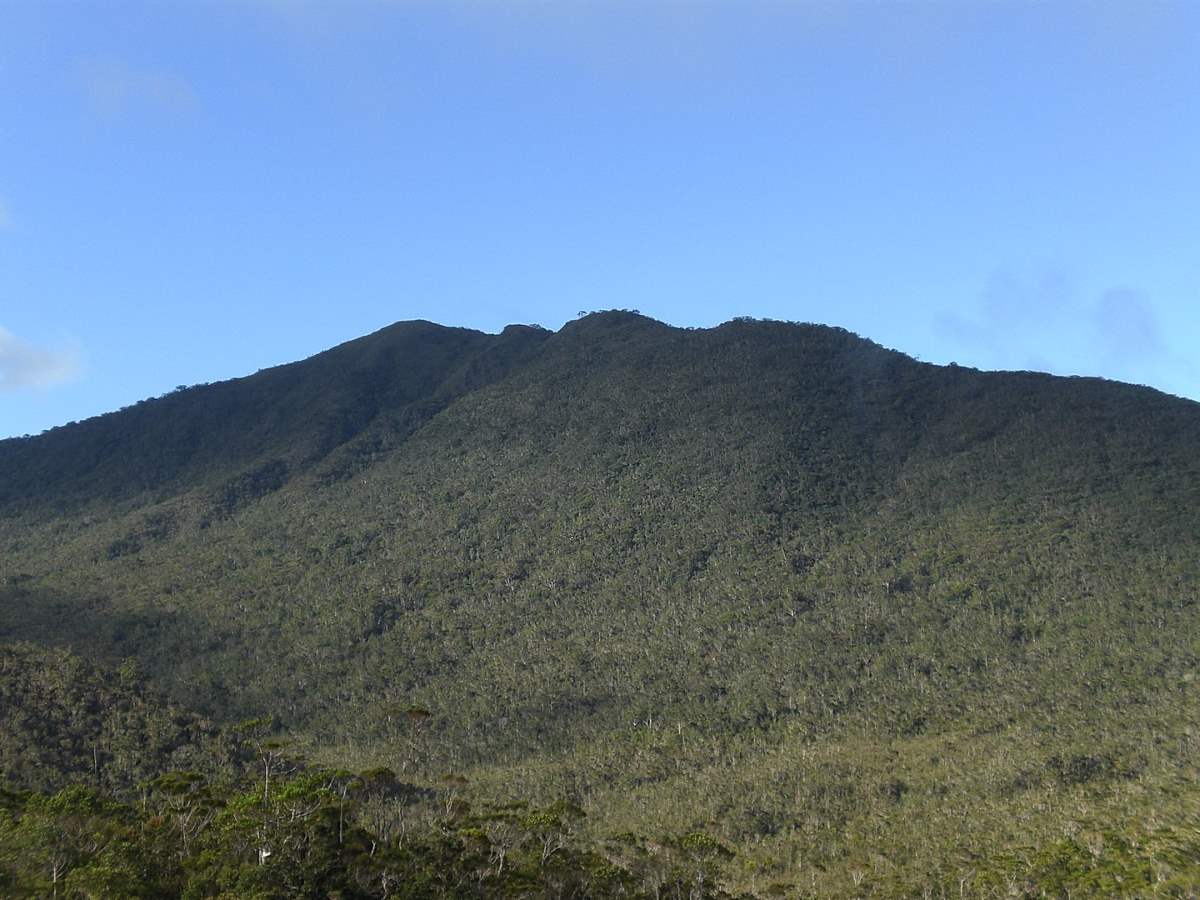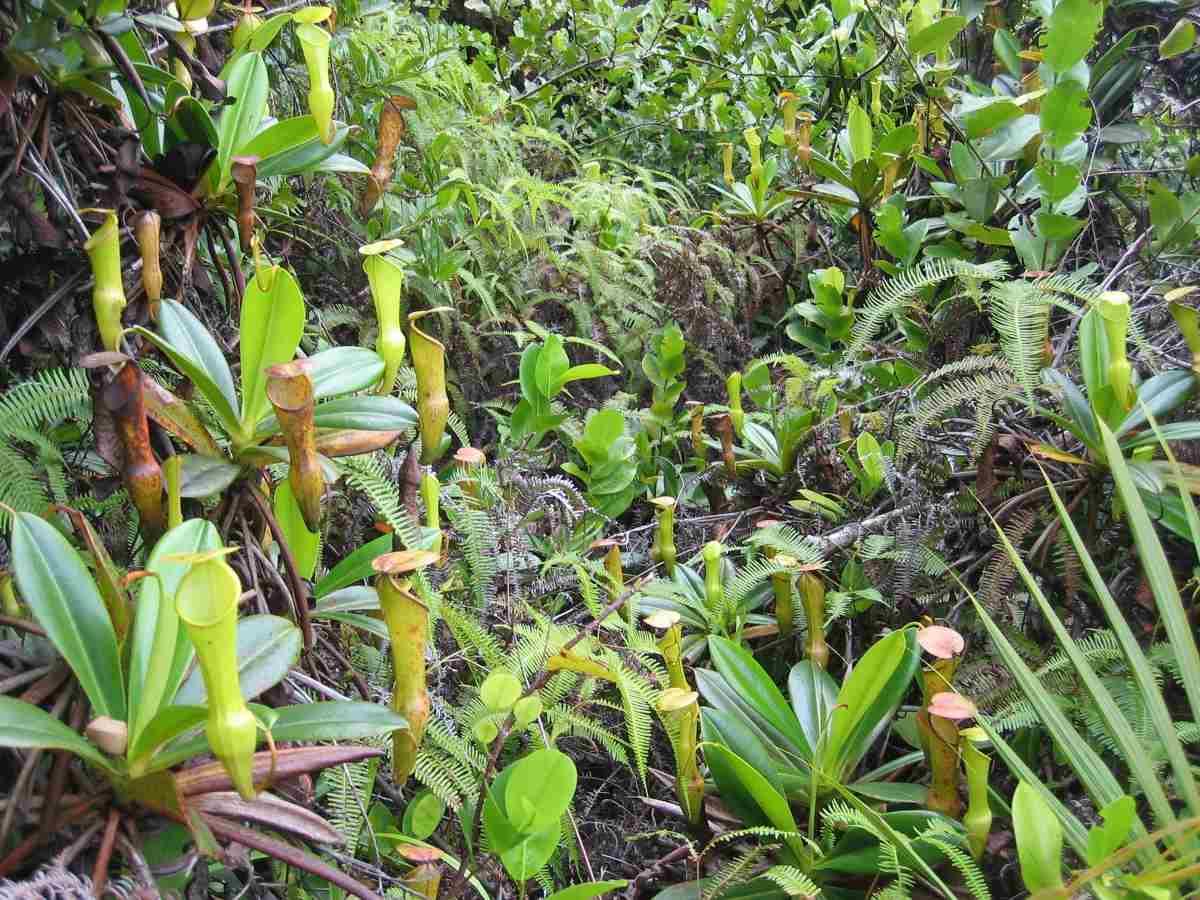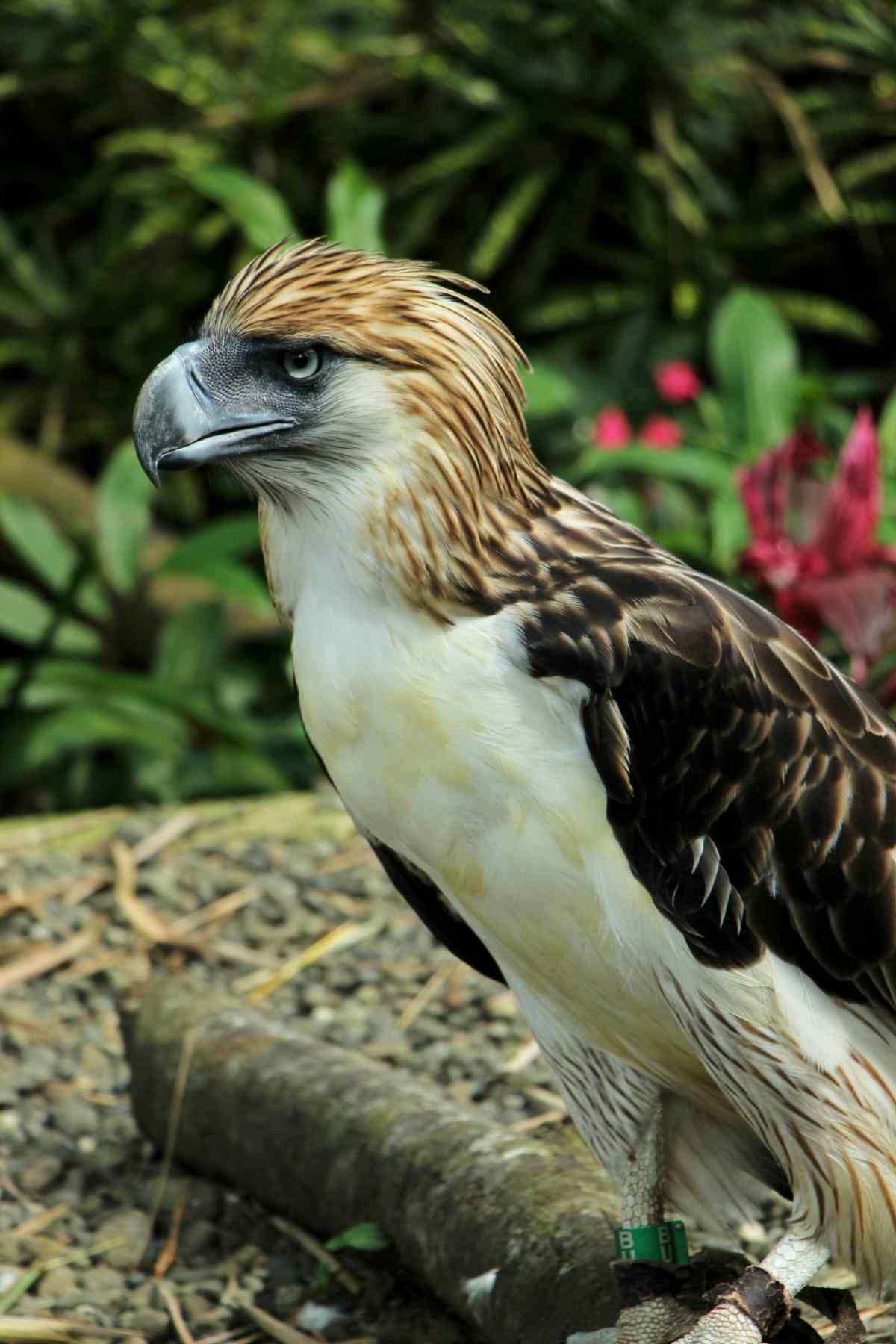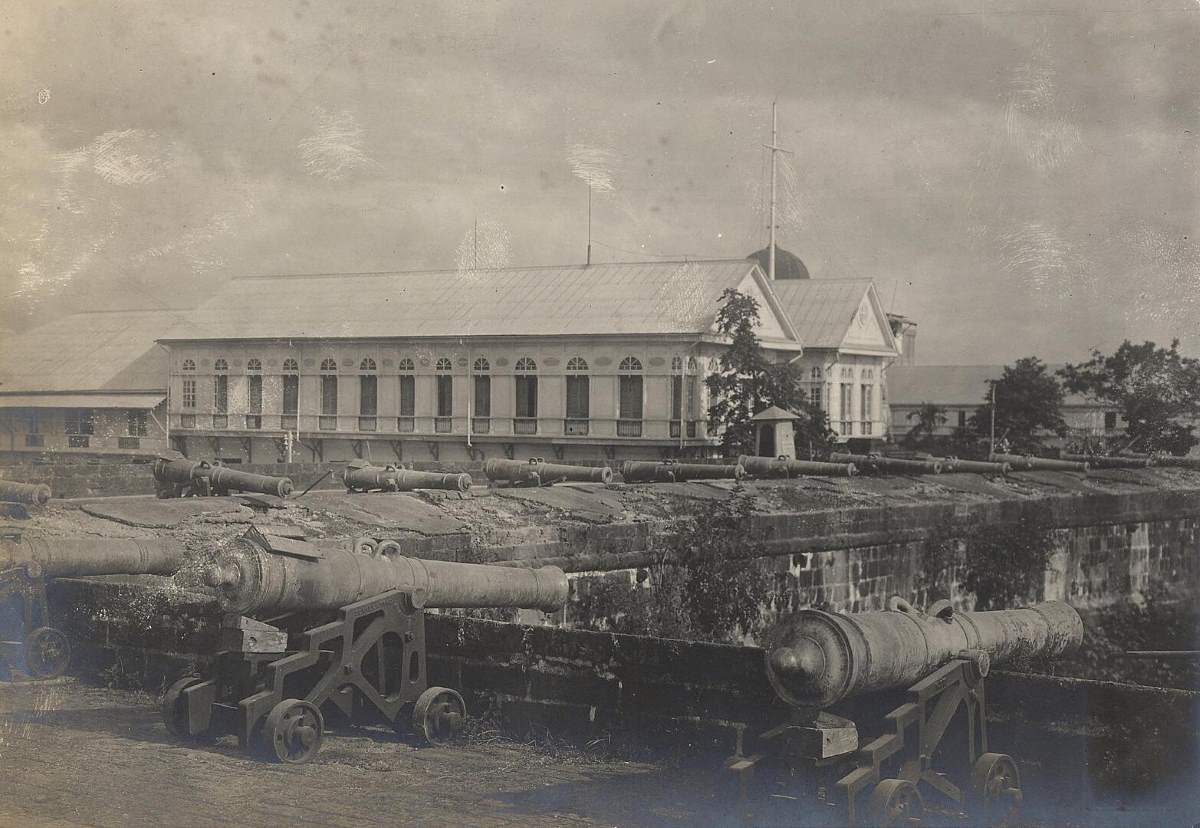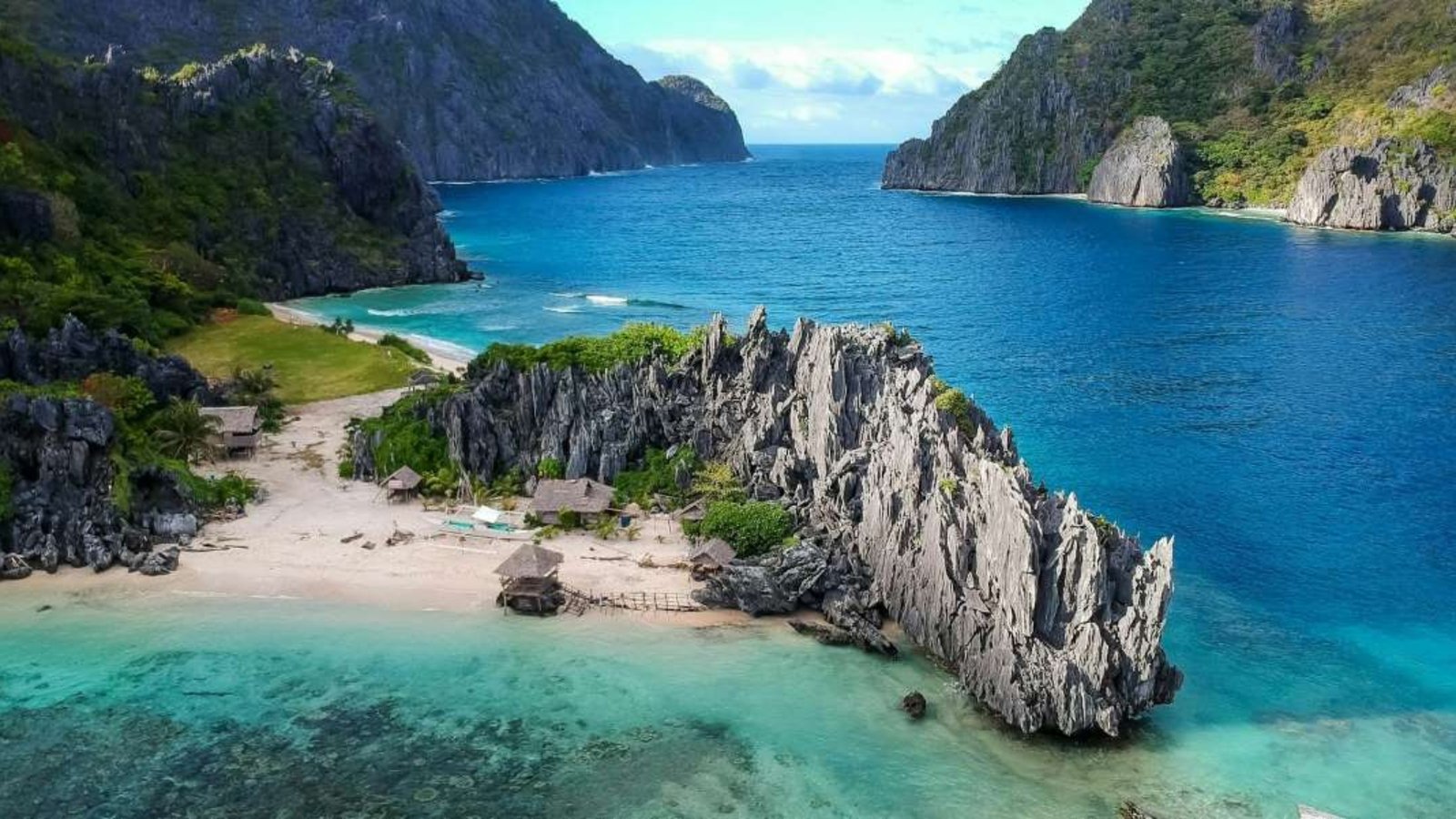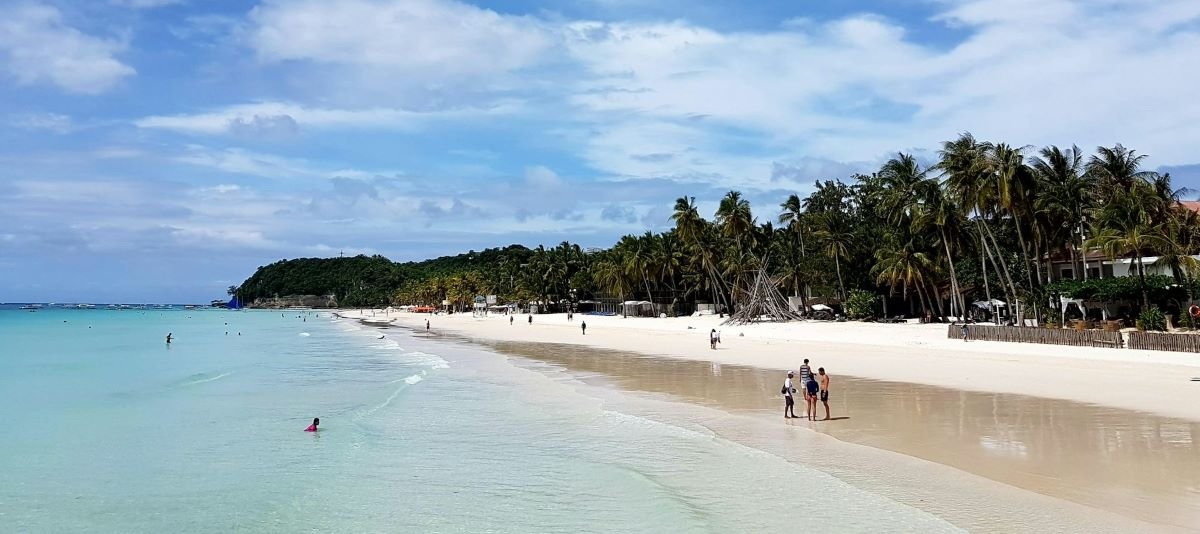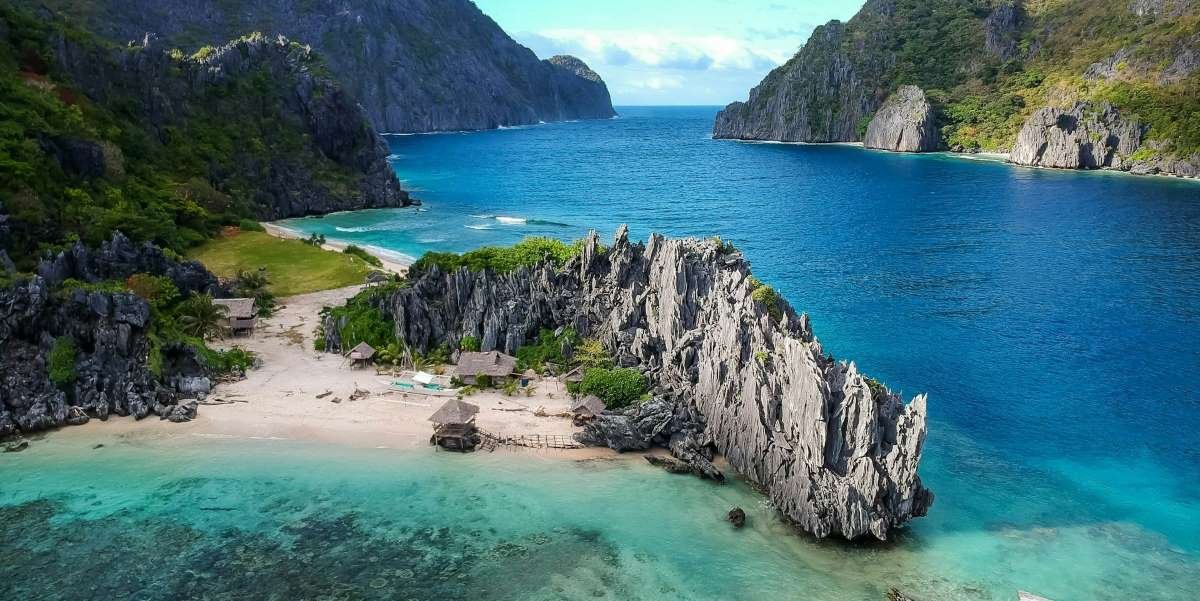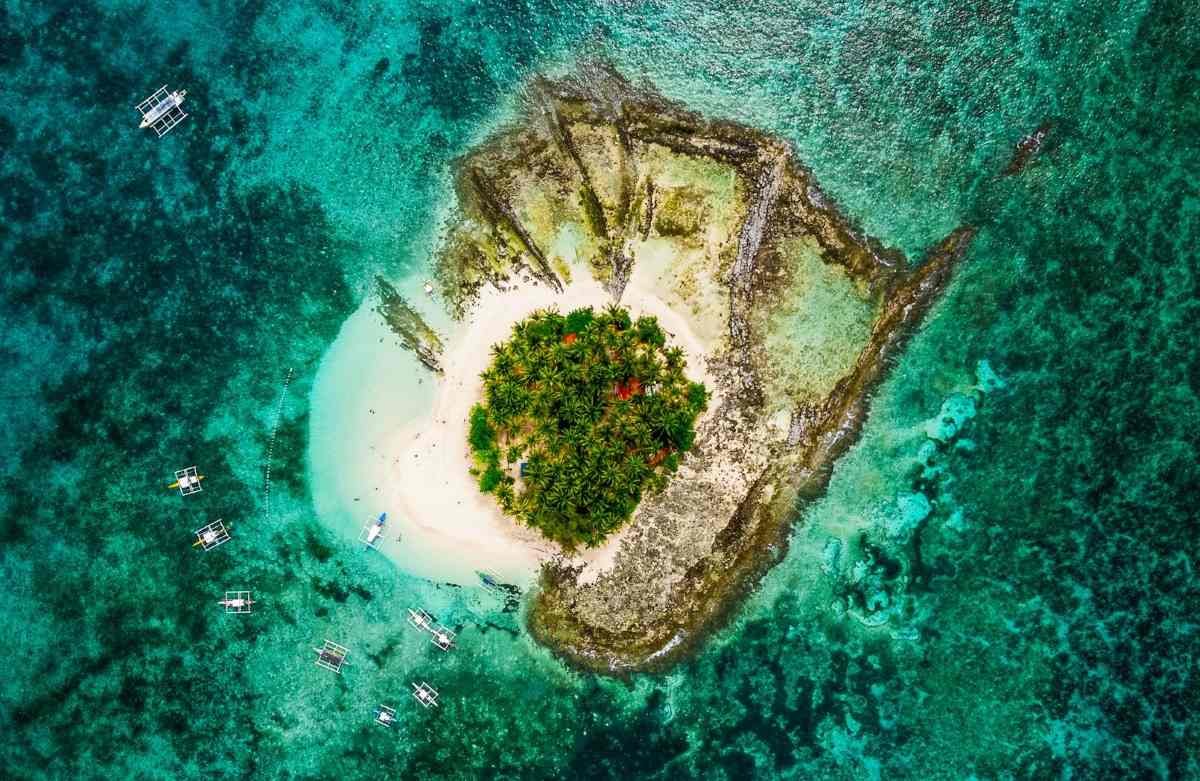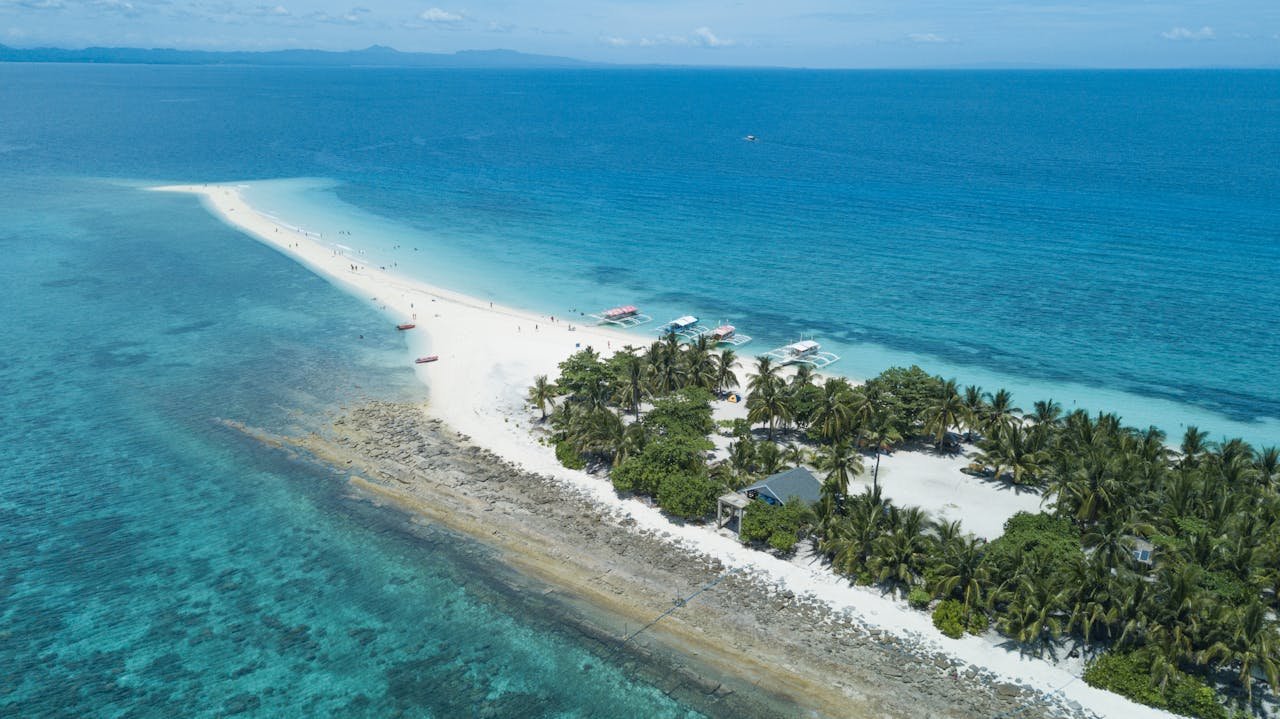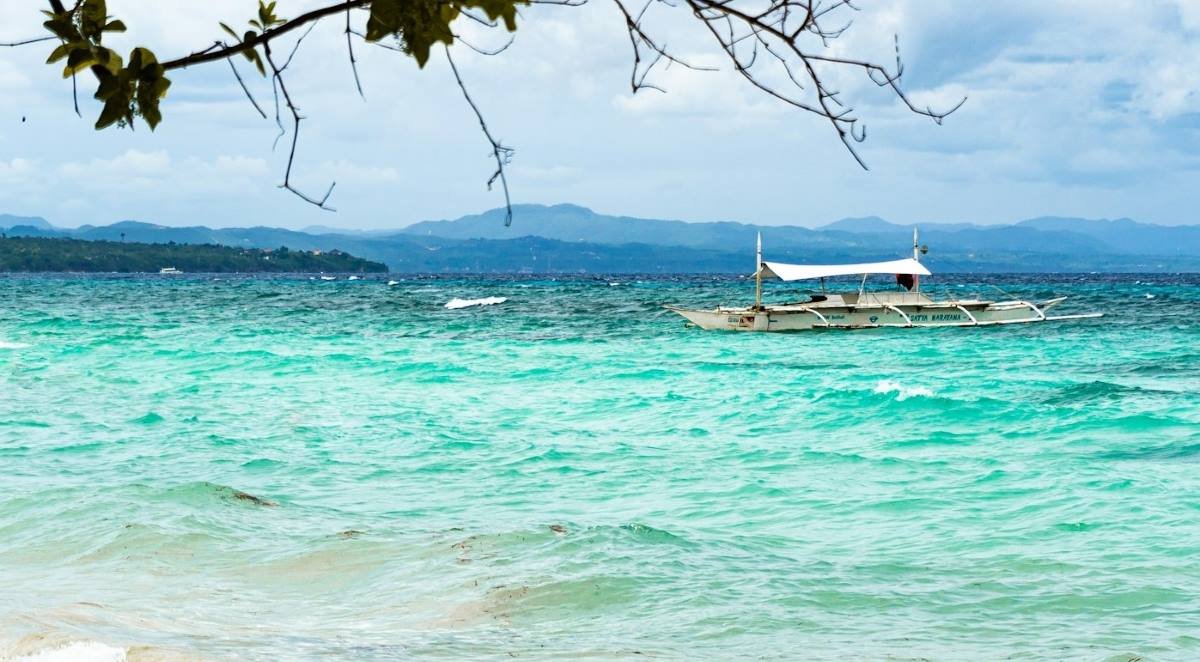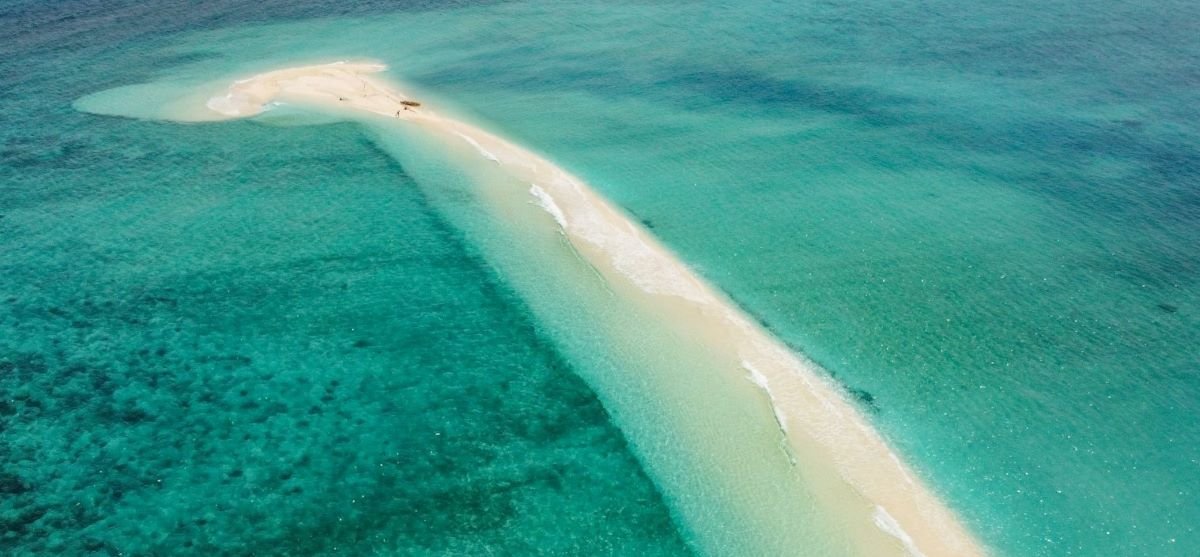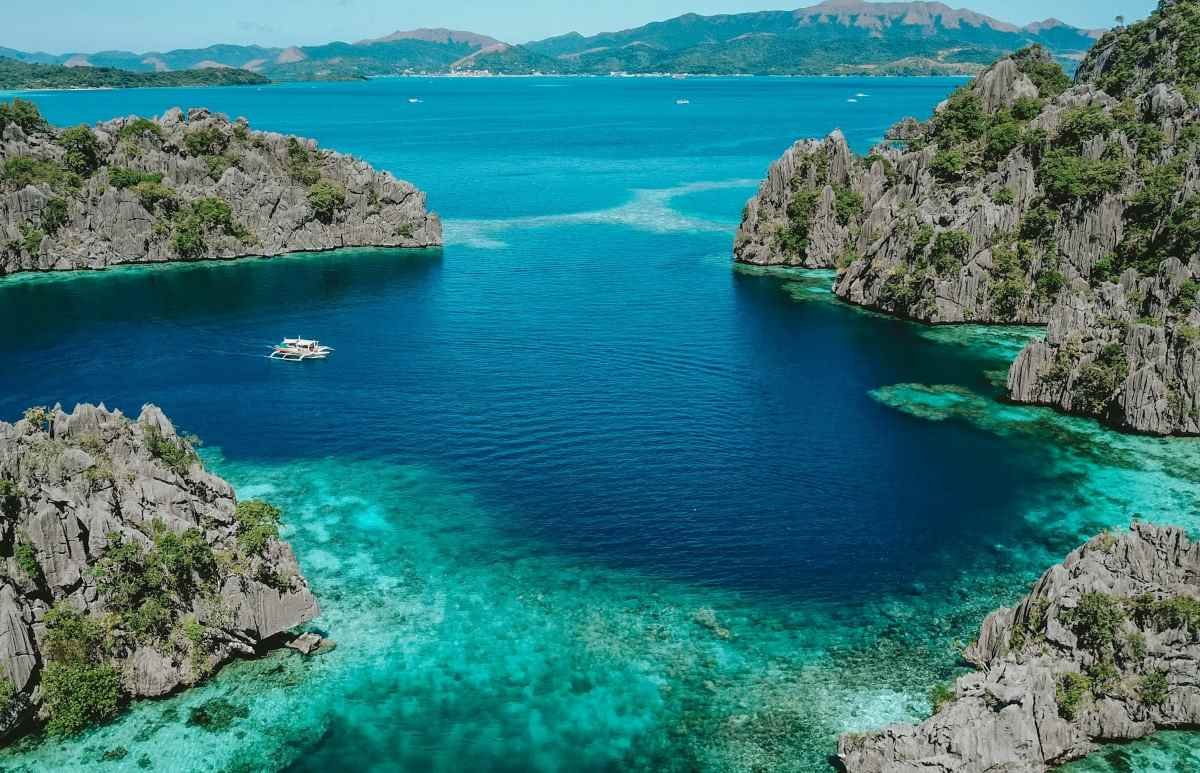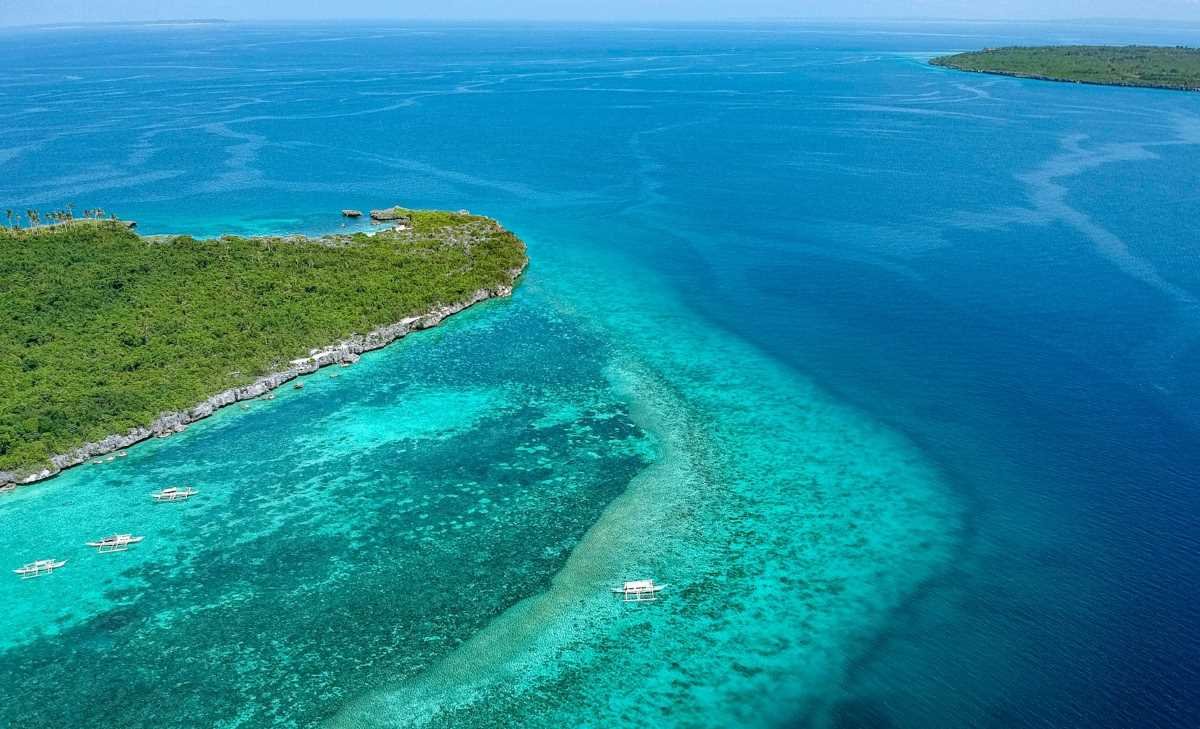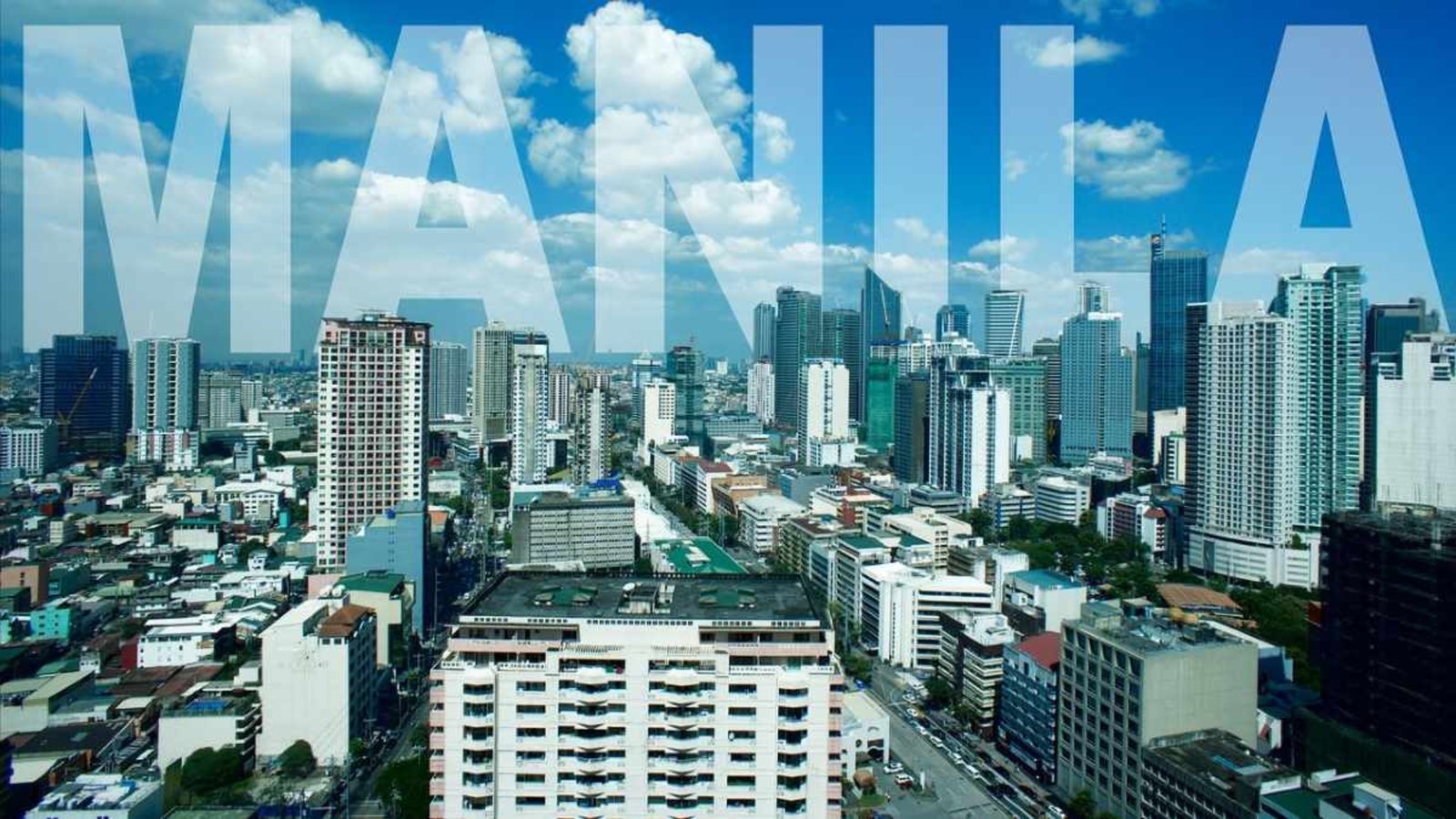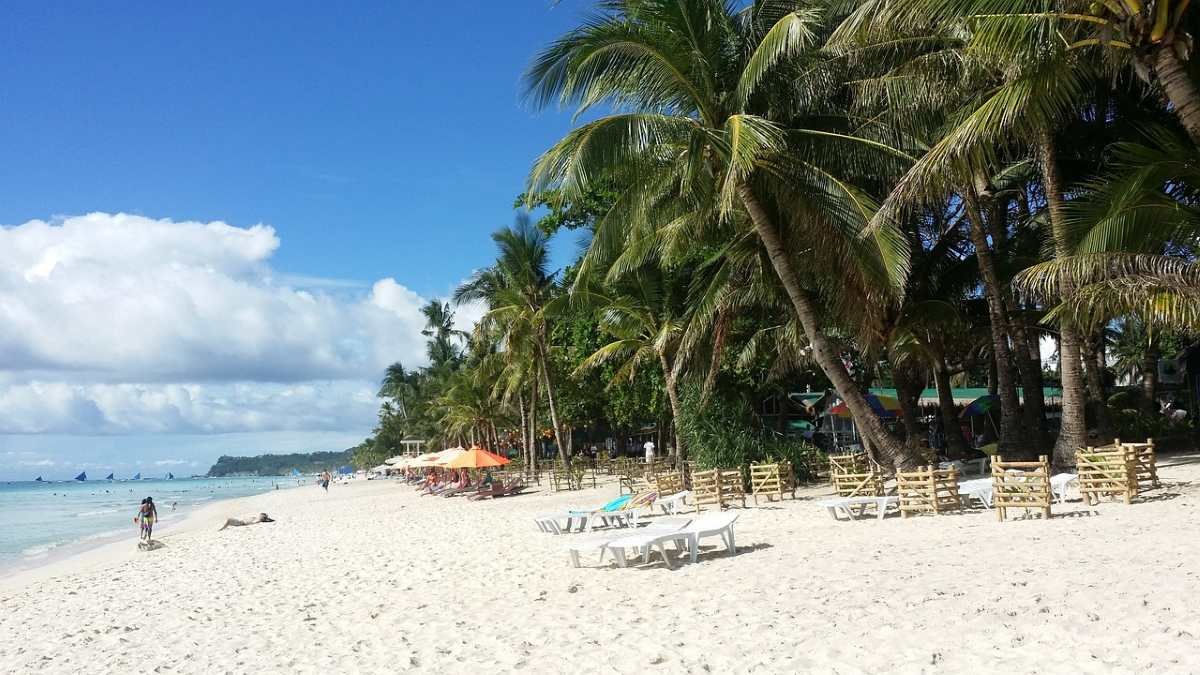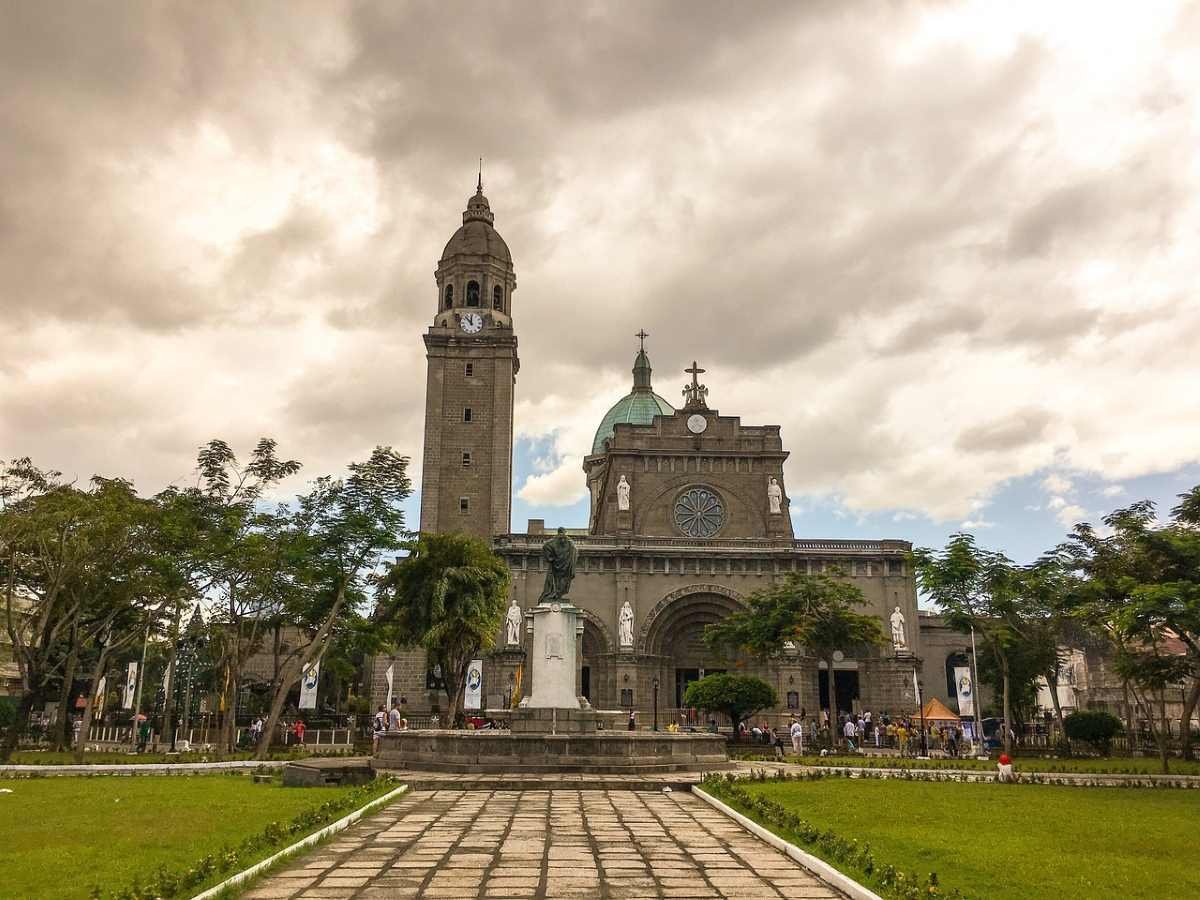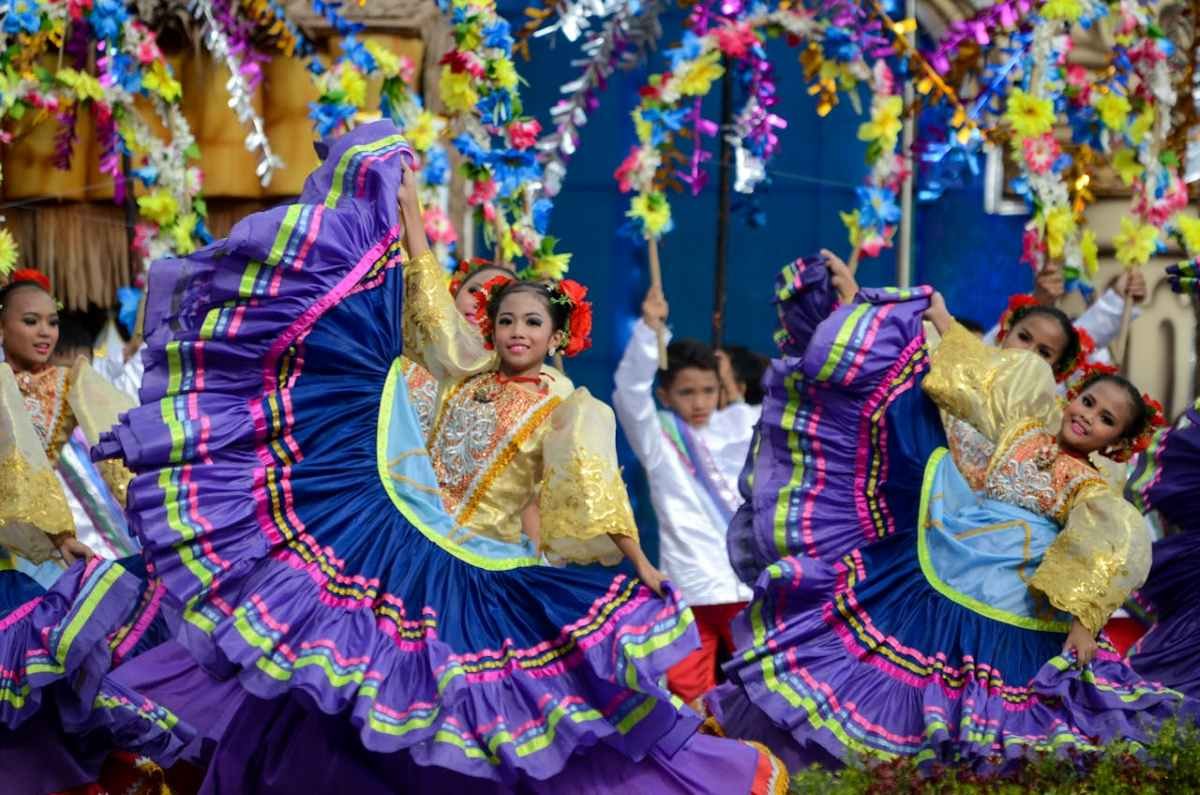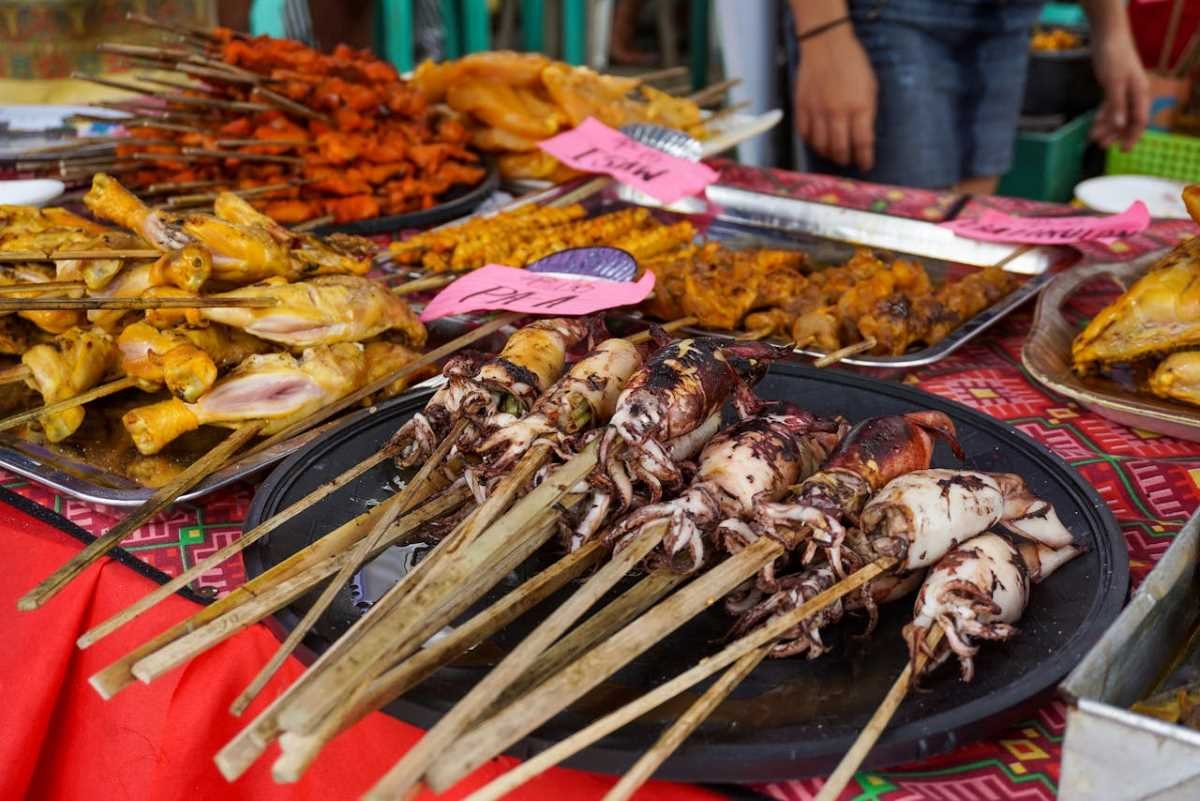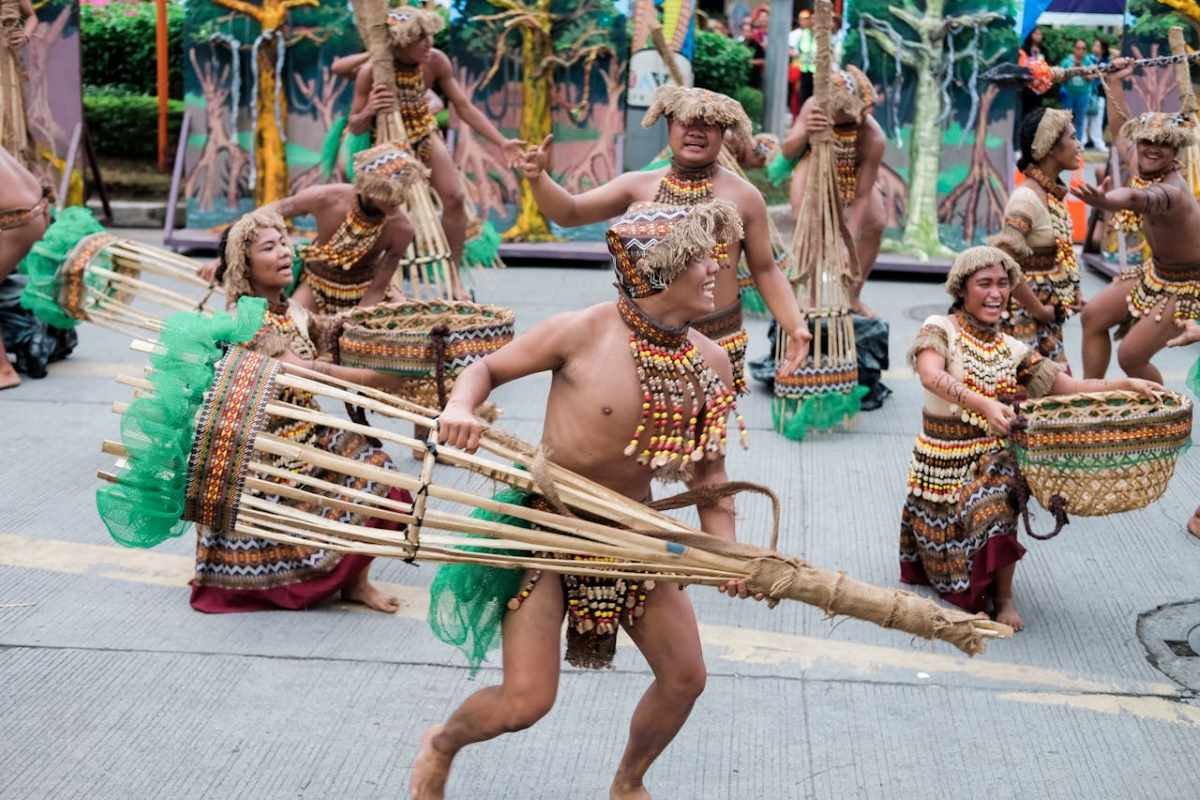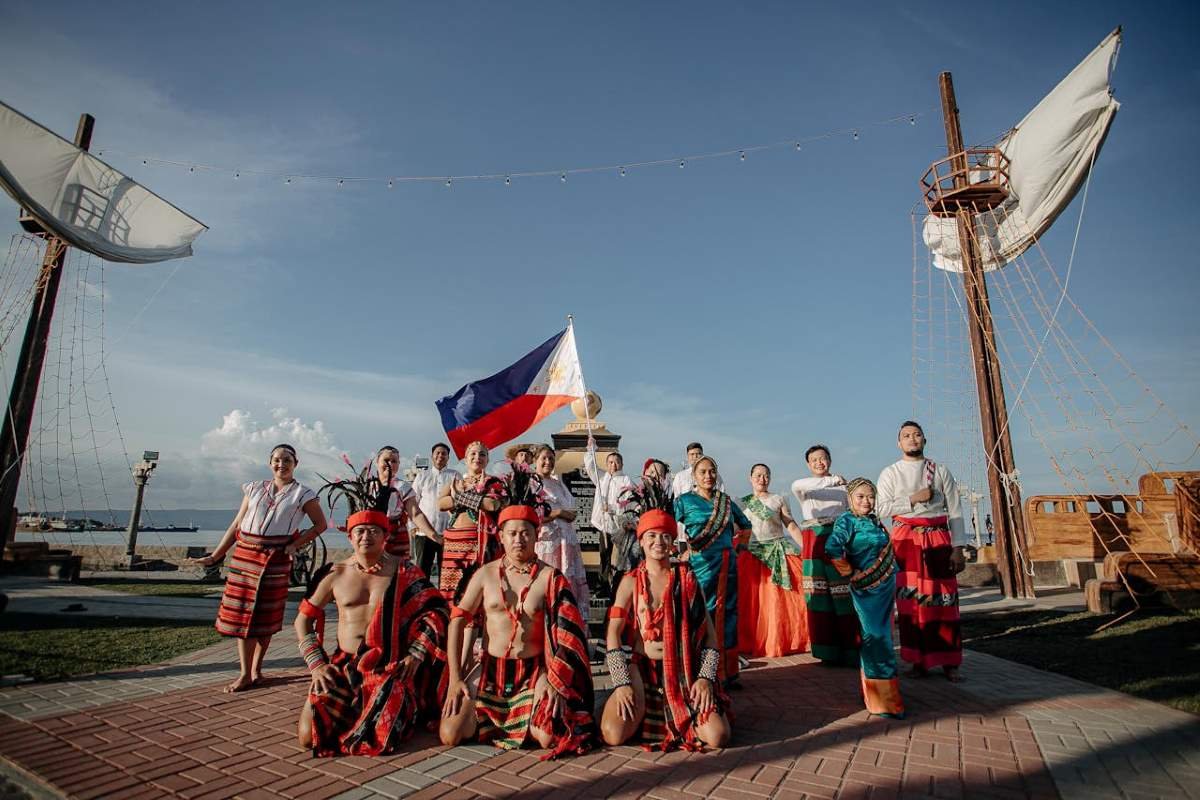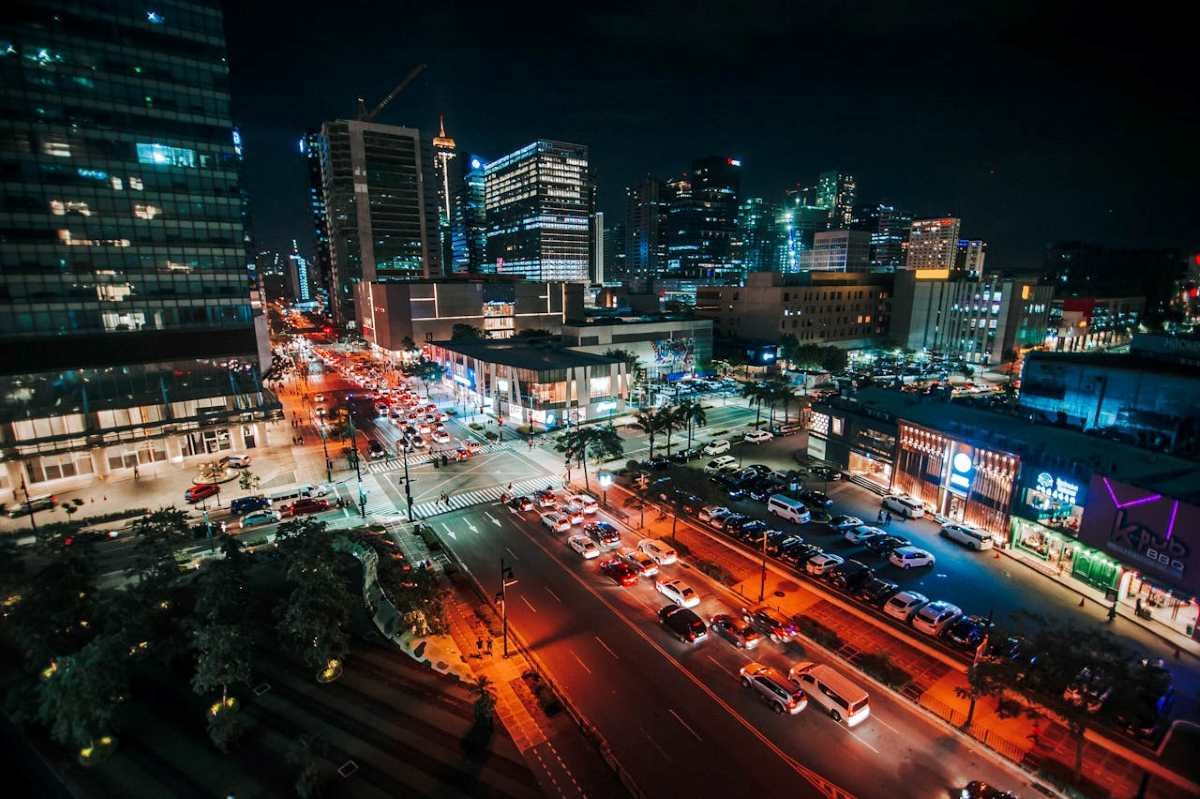Discover the 10 Most Breathtaking Philippines Waterfalls: Nature’s Best Kept Secrets
When it comes to natural beauty, the Philippines never disappoints. Among the most breathtaking sights are the country’s spectacular waterfalls. From the thunderous cascades hidden deep in the rainforests to serene multi-tiered falls perfect for a refreshing dip, Philippines Waterfalls should definitely top your bucket list. These waterfalls don’t just offer scenic views, they’re gateways to adventure, culture, and eco-tourism all wrapped into one.
In this blog, we’ll take you on a Philippines waterfalls tour of ten of the most famous and awe-inspiring falls in the country. We’ll explore everything from how to get there, what to expect upon arrival, and all the insider tips for a trip you won’t forget.
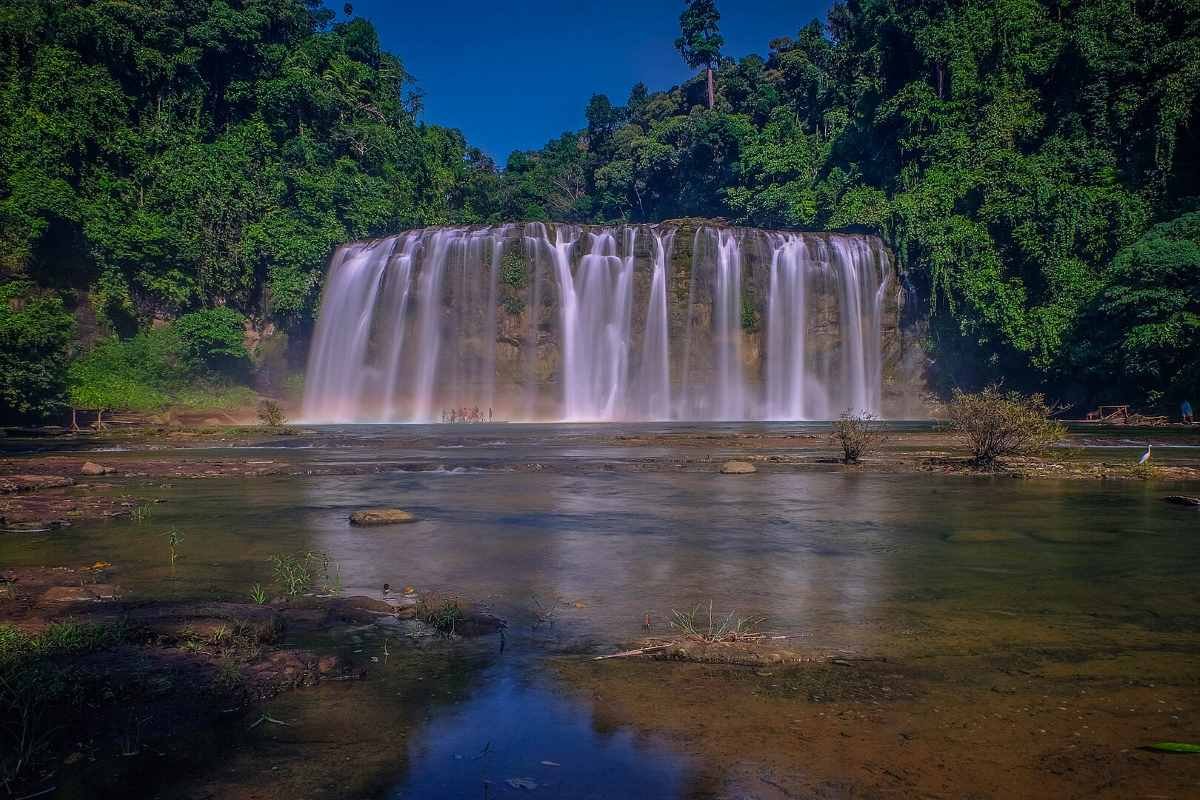
1. Tinuy-an Falls: The Little Niagara of the Philippines
A Majestic Wall of Water Awaits You!
Picture this: A massive wall of water cascading down a 95-meter wide, 55-meter tall rock face, creating a curtain-like effect. That’s Tinuy-an Falls, often dubbed as the “Little Niagara Falls of the Philippines.” Located in Bislig, Surigao del Sur, this four-tiered beauty is best admired from a bamboo raft that takes you right up to its base. The spray of water, the lush greenery, and the sheer size of Tinuy-an Falls will leave you mesmerized. Truly, a Philippines Waterfalls wonder!
How to Get There: From Butuan City, it’s a 4-hour bus ride to Bislig, then another 45-minute habal-habal (motorcycle taxi) ride to the entrance. The road gets rough, so be prepared for a bumpy adventure! Once at the site, a 10-minute walk brings you to the viewing area.
Best Time to Visit: June to November, during the rainy season, ensures the falls are at their fullest. Bring a waterproof jacket and wear shoes with good grip for the walk to the falls.
What You Need to Know Before You Go: Entry Fees and Amenities
Tinuy-an Falls is well-developed for tourists, with picnic areas, cottages for rent, and basic restroom facilities. There is an entrance fee of around PHP 50.00, and bamboo rafts can be rented for PHP 150.00. Swimming is allowed, and lifeguards are usually on-site, but always follow local safety regulations. Wear water shoes to protect your feet when swimming or walking in the shallow areas, and avoid littering—locals are strict about waste management.
Snap the Perfect Shot: Scenic Spots and Photography Tips
Head to the viewing deck on the third tier for panoramic shots of this spectacular Philippines waterfall. For a more intimate feel, bring a waterproof camera on the raft and snap photos right in the heart of the falls. While you’re there, don’t miss nearby attractions like the Enchanted River, known for its clear blue waters.
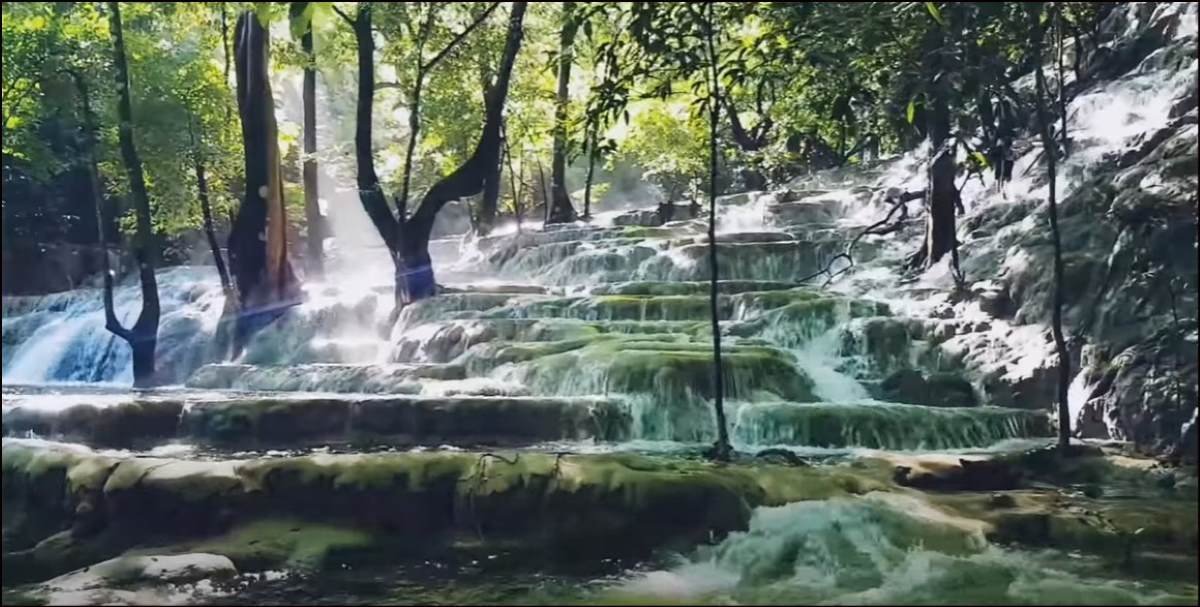
2. Kaparkan Falls: A Hidden Terraced Wonder
Cascading Terraces in the Middle of Abra’s Forests
Kaparkan Falls, also known as Mulawin Falls, is truly a hidden gem of the Philippines waterfalls. Unlike the typical vertical waterfall, Kaparkan features cascading limestone terraces that look like nature’s version of rice paddies, filled with refreshing water. It’s tucked deep in the forests of Tineg, Abra, making it one of the most secluded Philippines Waterfalls on this list.
How to Get There: From Bangued, Abra, you’ll need a 4×4 vehicle to traverse the off-road jungle trails. The trip can be bumpy and difficult, especially during the rainy season. Once the road ends, there’s a short hike to reach the falls.
Best Time to Visit: Visit Kaparkan Falls during the rainy season, from August to September, when the terraces are filled with water. Visiting in summer will be disappointing as the falls dry up.
A Unique Experience: Permits, Fees, and Amenities
As Kaparkan Falls is still relatively undeveloped, basic amenities are scarce. You’ll need to bring your own food and water. There’s an environmental fee of PHP 300.00, which contributes to conservation efforts. Swimming is allowed, but be careful on the slippery limestone. Always respect the site and avoid leaving trash behind. The locals take pride in maintaining its pristine condition, and visitors are encouraged to do the same.
Nearby Attractions: Hidden Historical Gems and Photo Spots
While in Abra, check out the scenic Tangadan Tunnel, an iconic stone tunnel that will give your Instagram some serious vintage vibes. For photography at the falls, focus on wide-angle shots to capture the full expanse of the limestone terraces.
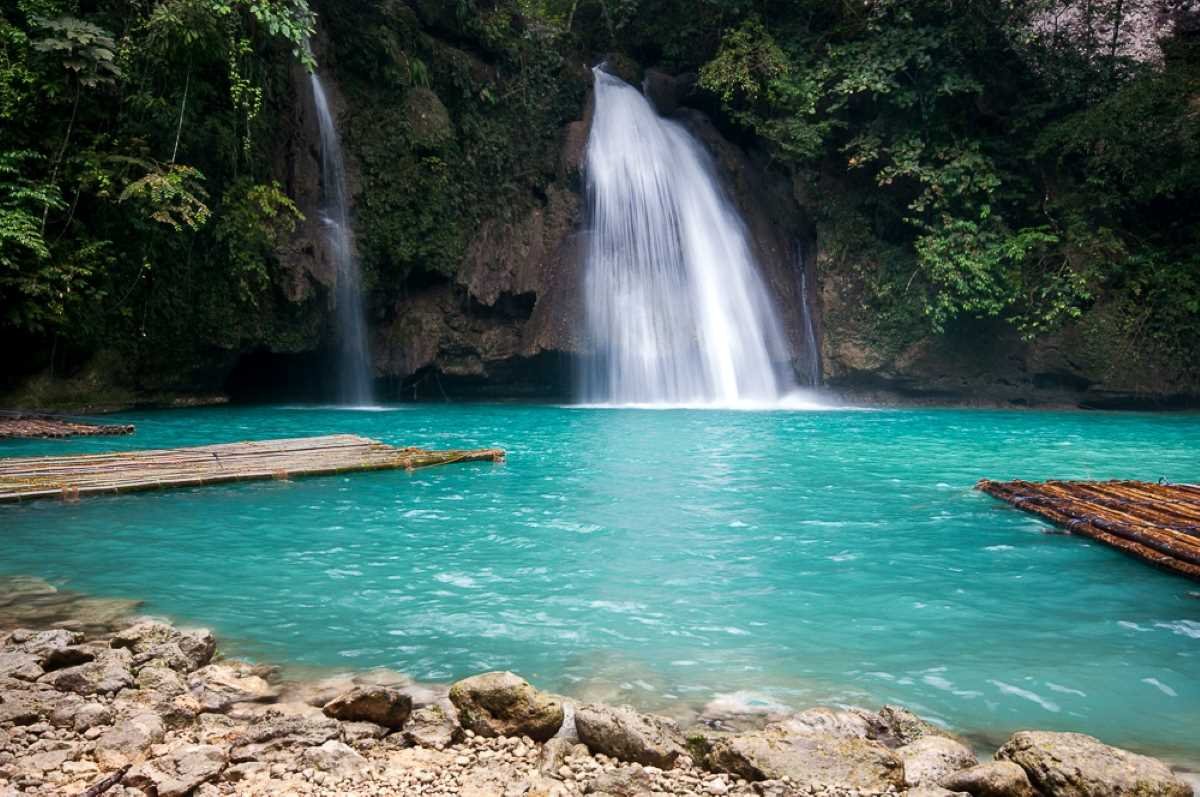
3. Kawasan Falls: The Jewel of Philippines Waterfalls
Azure Pools and Adventure Await at Kawasan Falls
Kawasan Falls in Badian, Cebu, is the epitome of tropical paradise. The waterfall drops into an unbelievably turquoise pool, perfect for swimming. The site is also famous for canyoneering—a must-try for adrenaline junkies!
How to Get There: From Cebu City, it’s a 3-hour bus ride to Badian, followed by a 15-20 minute walk along a scenic trail that winds through the jungle. It’s an easy hike, suitable for all ages.
Best Time to Visit: Summer months (March to May) are the best, with clear skies and warm temperatures. However, the falls can get crowded during these times, so aim for early mornings or weekdays.
Safety and Comfort: Fees, Facilities, and Rules
Kawasan Falls is well-developed with restaurants, cottages, and raft rentals. The entrance fee is PHP 45.00. For canyoneering, guides are required, and prices start at around PHP 1,500.00, which includes equipment. Swimming is allowed in all pools, but always check the water depth before jumping in. Wear a life jacket, especially when canyoneering, and follow local guides for safety instructions.
Adventure and Beauty: Photography Tips and Nearby Spots
For the best photos, hike up to the third level of the falls where fewer tourists venture, and snap shots of the lush surroundings from the bamboo rafts. When you’re done at the falls, visit nearby Moalboal for incredible snorkeling with sea turtles!
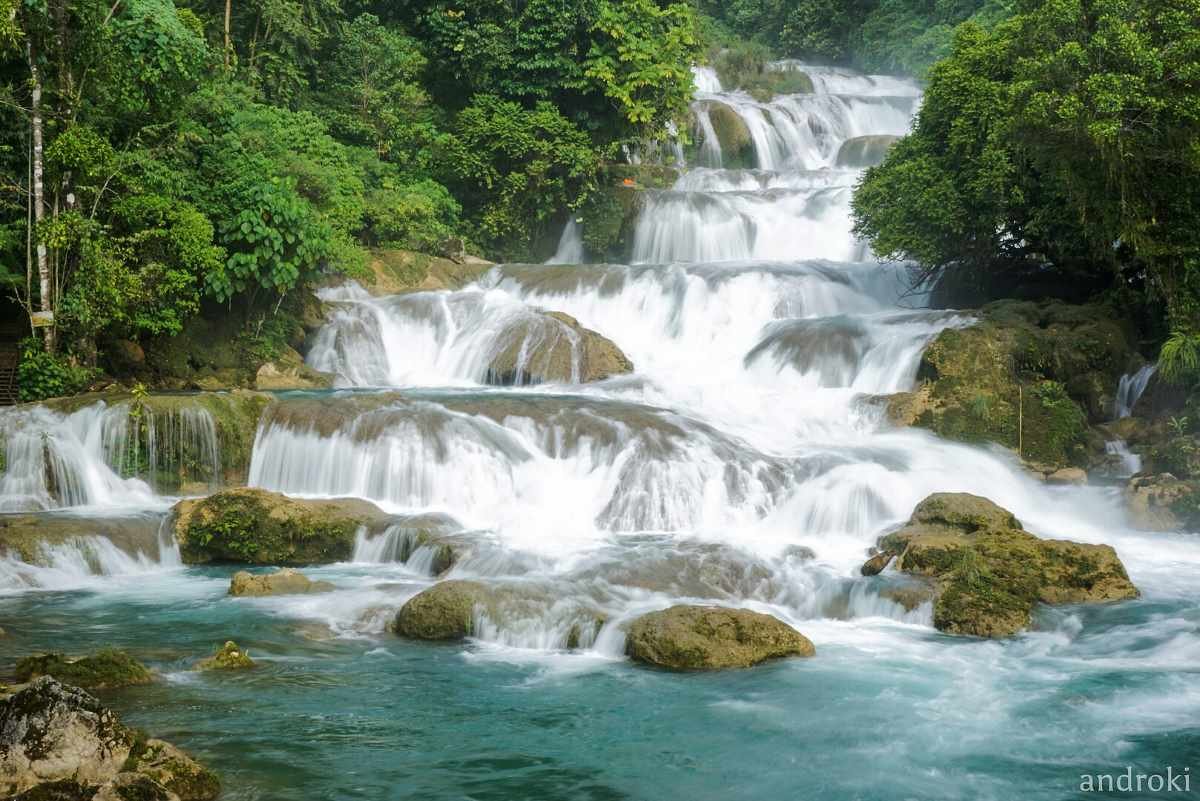
4. Aliwagwag Falls: The Tallest Waterfall in the Philippines
Towering Heights and Multi-Tiered Cascades Await!
Aliwagwag Falls in Cateel, Davao Oriental, is a masterpiece of nature. With over 130 cascading tiers, it’s the tallest waterfall in the Philippines. The water rushes down in a series of drops, creating natural pools perfect for a quick dip. The falls are framed by dense jungle, giving the whole area an ethereal, untouched feel.
How to Get There: From Davao City, it’s a 6-hour bus ride to Cateel, followed by a 15-minute habal-habal (motorcycle taxi) ride. The journey is long, but the sight of Aliwagwag Falls makes it all worthwhile.
Best Time to Visit: The falls are stunning year-round, but to see them in their full glory, visit between December and May.
Entrance Fees, Permits, and Safety Rules
There is an entrance fee of around PHP 100.00. The site offers picnic huts and restrooms, but amenities are basic. Swimming is allowed, but be cautious as the rocks can get slippery. There’s also a zipline for adventure seekers! Visitors are encouraged to respect local customs—no loud music and no littering. The locals practice strict environmental conservation measures.
Beyond Aliwagwag: Hidden Wonders Nearby
While you’re in Cateel, make sure to visit the nearby Cateel River and the majestic Mt. Hamiguitan Range Wildlife Sanctuary. For photography, focus on close-ups of the multi-tiered cascades or wide shots of the whole waterfall structure.
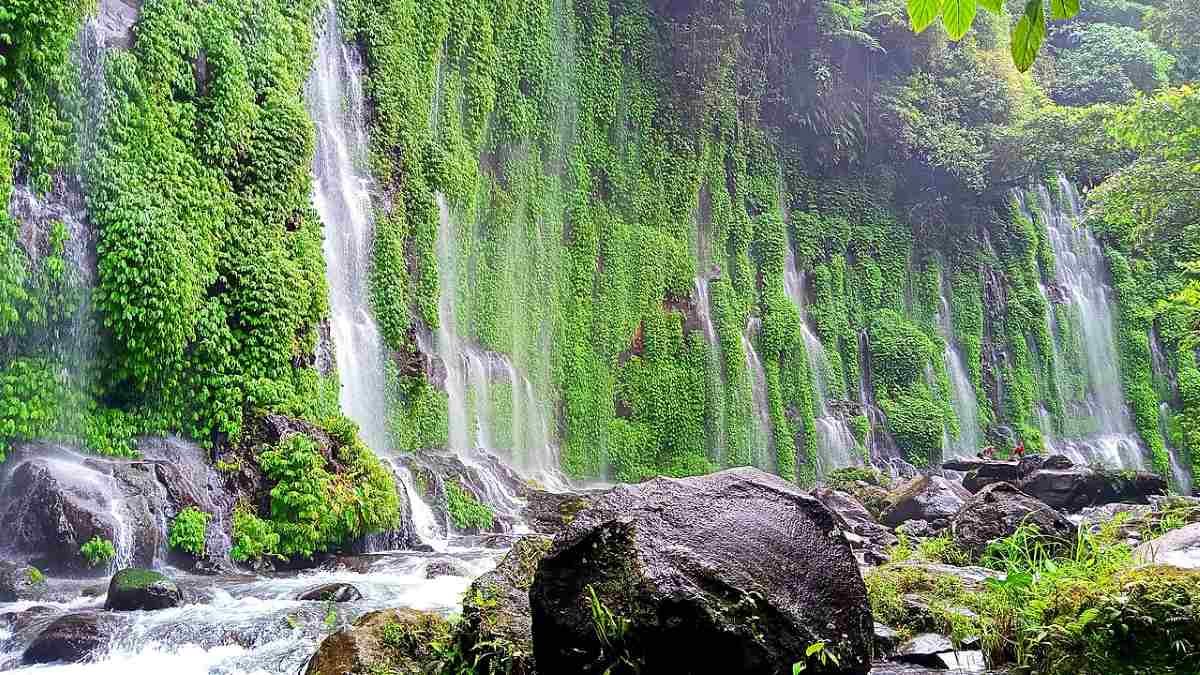
5. Asik-Asik Falls: A Curtain of Nature’s Magic
A Hidden Green Curtain in Cotabato
Tucked in the remote mountains of Alamada, North Cotabato, Asik-Asik Falls looks like a green curtain of vines with water streaming down the cliffside, creating a fairytale-like atmosphere. The absence of a river feeding into it adds to its mystery.
How to Get There: From Cotabato City, take a 2-hour bus ride to Midsayap, followed by a habal-habal (motorcycle taxi) ride to the jump-off point. Be prepared for a strenuous 30-minute trek down to the falls.
Best Time to Visit: Asik-Asik is best visited during the rainy season, from June to October, when the falls are at their most impressive.
Facilities, Fees, and Safety Information
There is a small entrance fee of PHP 30.00. The site is relatively underdeveloped, so bring your own food and water. There are no changing rooms or restrooms, so plan accordingly. Swimming is allowed, but be careful of the slippery rocks.
Nearby Attractions: Eco-Tourism and Hidden Gems
While in the area, explore the quiet town of Alamada and its rich cultural heritage. For the best photo ops, go for wide-angle shots to capture the entire curtain-like waterfall with the lush greenery behind.
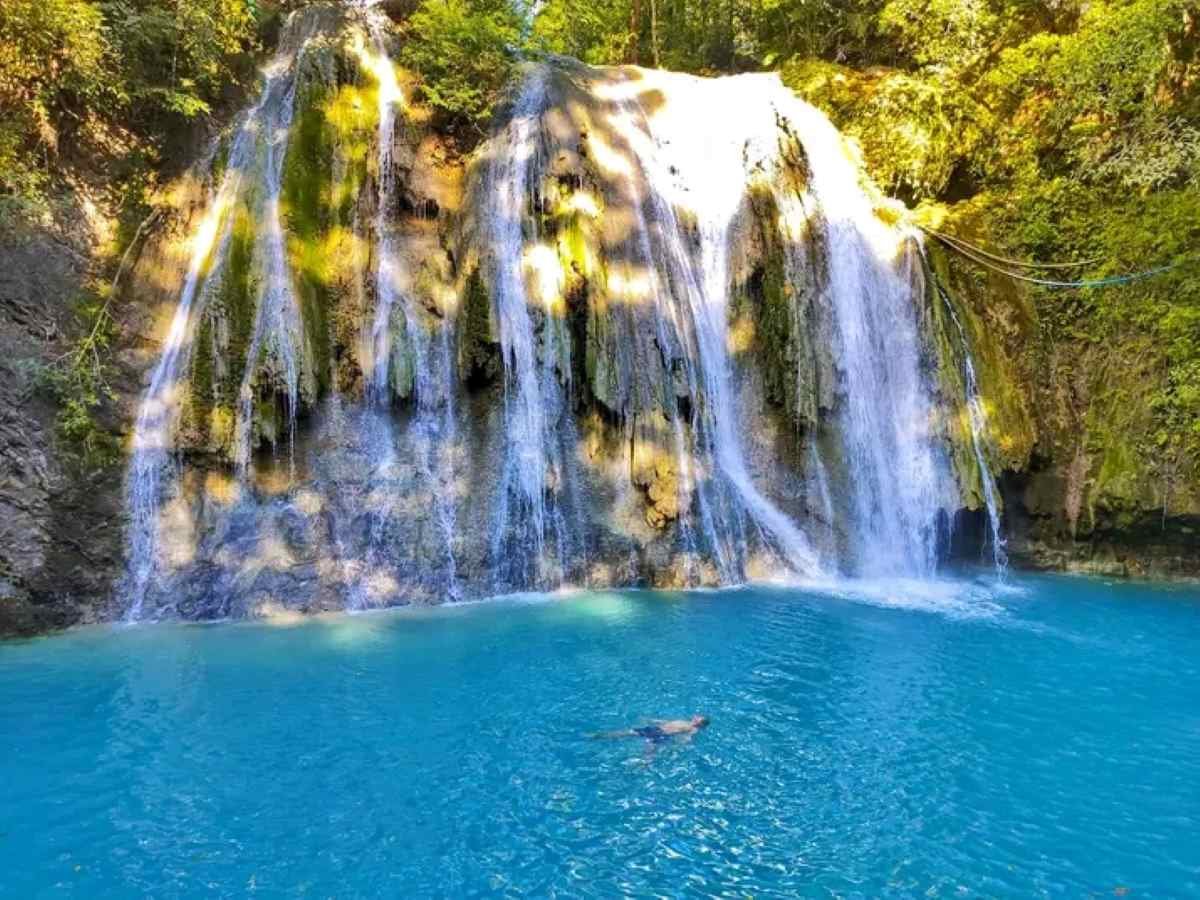
6. Daranak Falls: The Perfect Weekend Getaway
A Quick Escape to Nature in Rizal Province
Daranak Falls is an easy escape for those based in Metro Manila. Located in Tanay, Rizal, this Philippines waterfall plunges into a cool basin surrounded by verdant greenery, offering a refreshing respite from the city’s hustle and bustle.
How to Get There: From Manila, Daranak Falls is about a 2-hour drive. Parking is available at the site, and the walk to the falls is a short 5-minute stroll.
Best Time to Visit: The best time to visit is from June to October when the falls are full, but it can get crowded during weekends, so plan your visit on a weekday if possible.
Fees, Facilities, and Safety Tips
There is an entrance fee of PHP 50.00, and the site has picnic areas, restrooms, and parking. Swimming is allowed, but lifeguards are on duty, and the pool depth varies, so always be cautious. Daranak Falls has strict waste management rules—no littering allowed. Make sure to pack out everything you bring in.
Nearby Attractions: Scenic Photo Spots and Adventure Options
For nearby adventures, try visiting Batlag Falls, a smaller but equally beautiful waterfall just a short hike away. Capture photos during golden hour for the best lighting, and frame your shots with the lush greenery surrounding the falls.
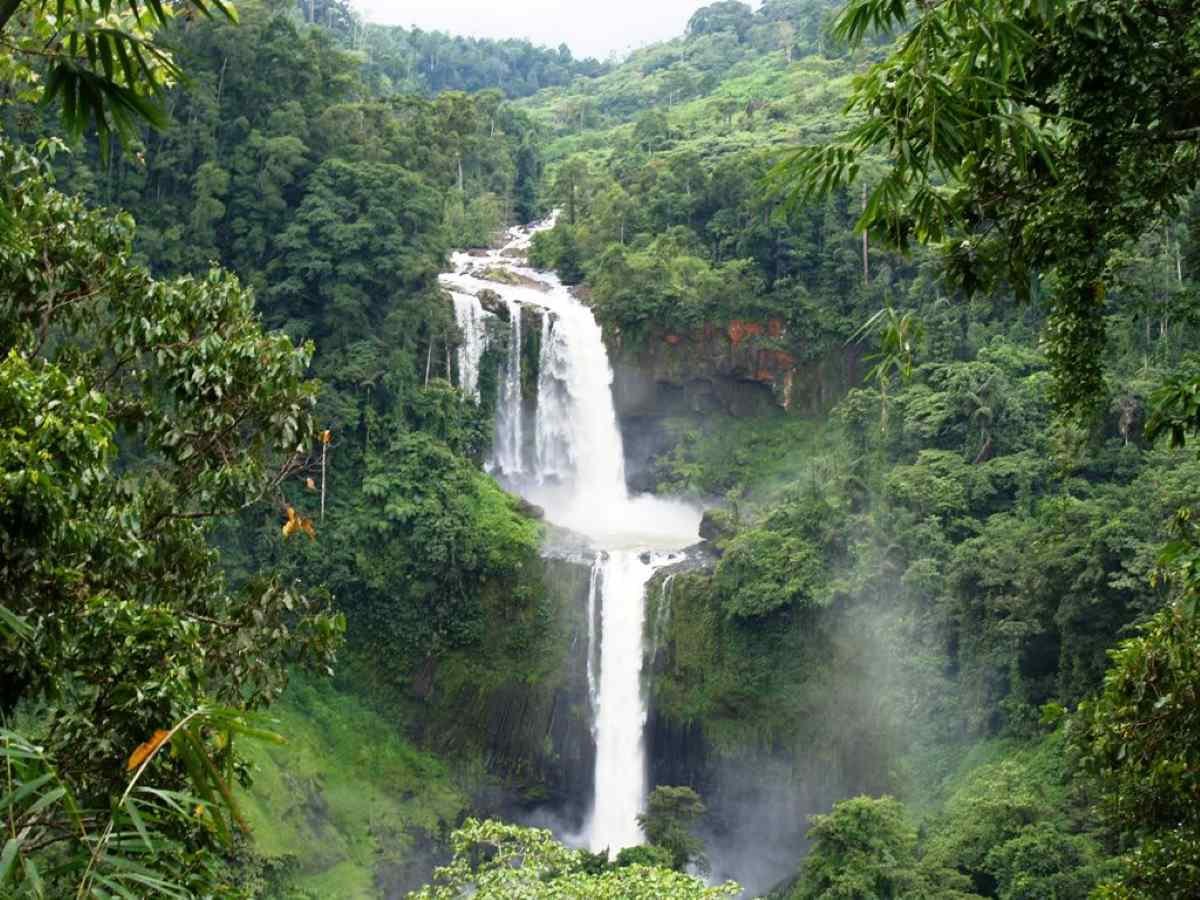
7. Limunsudan Falls: A Two-Tiered Wonder of Philippines Waterfall
Majestic Heights and Pristine Wilderness
Limunsudan Falls in Iligan City is a towering beauty, considered the second-highest waterfall in the Philippines. Its two tiers drop a total of 870 feet, making it a spectacular sight amidst the untouched wilderness of Mindanao.
How to Get There: From Iligan City, it’s about a 3-hour drive by 4×4 vehicle, followed by a 1-hour hike to reach the falls. The journey can be challenging but rewarding for adventure lovers.
Best Time to Visit: The best time to visit Limunsudan Falls is during the rainy season (June to November) when the falls are at their fullest.
Fees, Facilities, and Safety Rules
There is currently no entrance fee, as the area is still undeveloped for mass tourism. However, local guides are recommended for safety. There are no facilities, so pack your essentials—water, food, and first aid kits. Due to its remote location, the site is pristine, and visitors are expected to practice “Leave No Trace” principles.
Capture the Heights: Photography and Nearby Wonders
To capture the grandeur of Limunsudan Falls, wide-angle lenses are a must. For those looking for nearby attractions, Iligan City is known as the “City of Majestic Waterfalls,” with Maria Cristina Falls and Tinago Falls located nearby.
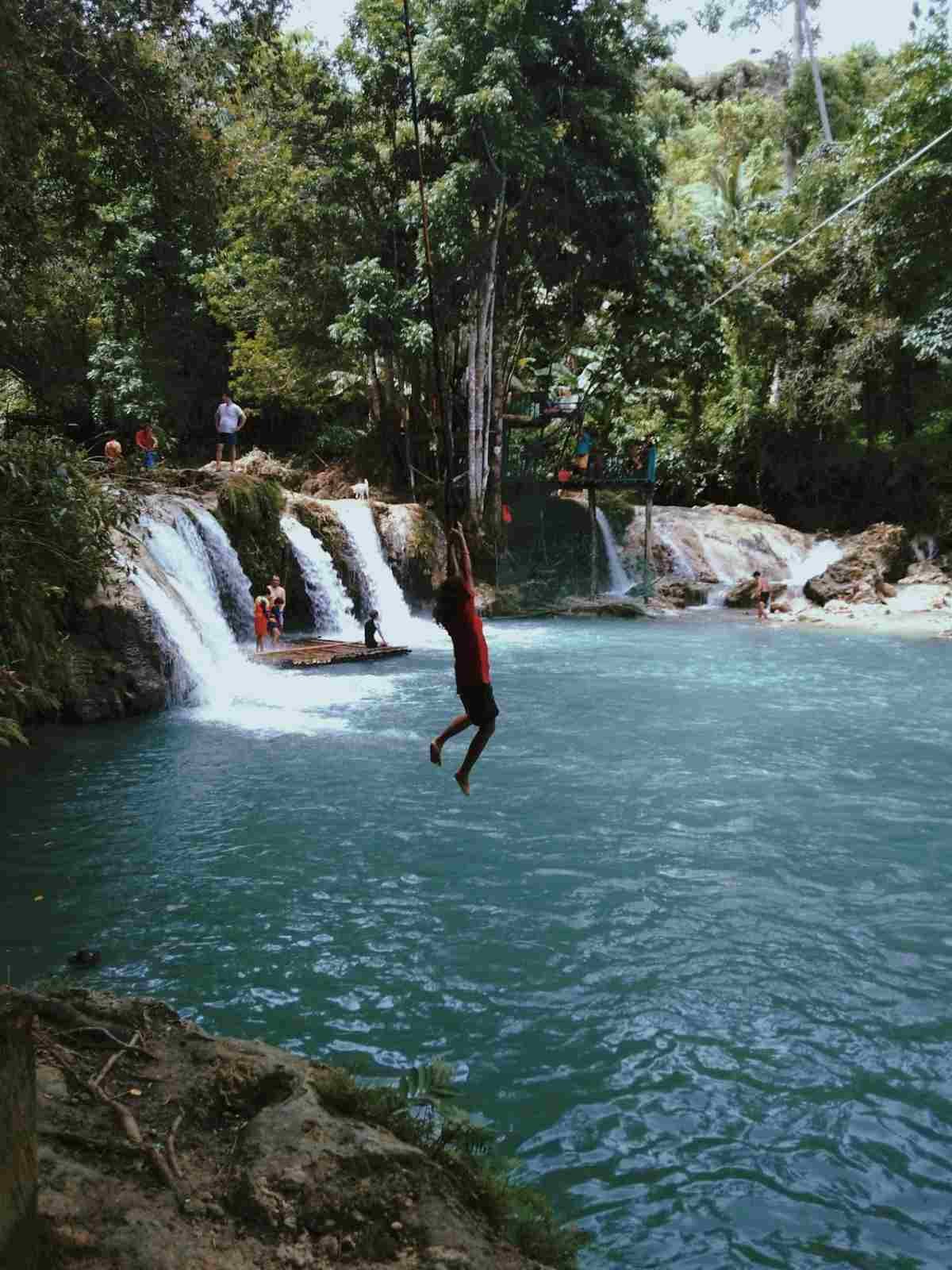
8. Cambugahay Falls: A Tropical Playground in Siquijor
Turquoise Waters and Rope Swings Await!
Cambugahay Falls in Siquijor is a three-tiered waterfall that offers both beauty and fun. The turquoise pools are perfect for swimming, and the rope swings add a touch of adventure.
How to Get There: From Siquijor’s main town, it’s a short 15-minute habal-habal (motorcycle taxi) ride to the falls, followed by a quick 5-minute walk.
Best Time to Visit: Visit from March to May when the water is clear and the weather is sunny, perfect for swimming and taking photos.
Entry Fees, Amenities, and Safety Information
There is a small entrance fee of PHP 20.00. Life jackets and rope swings are available for rent. The site has basic amenities like restrooms and picnic areas. Swimming is allowed, and the water is generally shallow. However, always check the depth before jumping from the rope swings.
Nearby Sights and Scenic Photo Spots
While in Siquijor, don’t miss Salagdoong Beach, famous for its cliff diving spots. For photos, capture Cambugahay’s pools from above for that perfect turquoise contrast against the greenery.
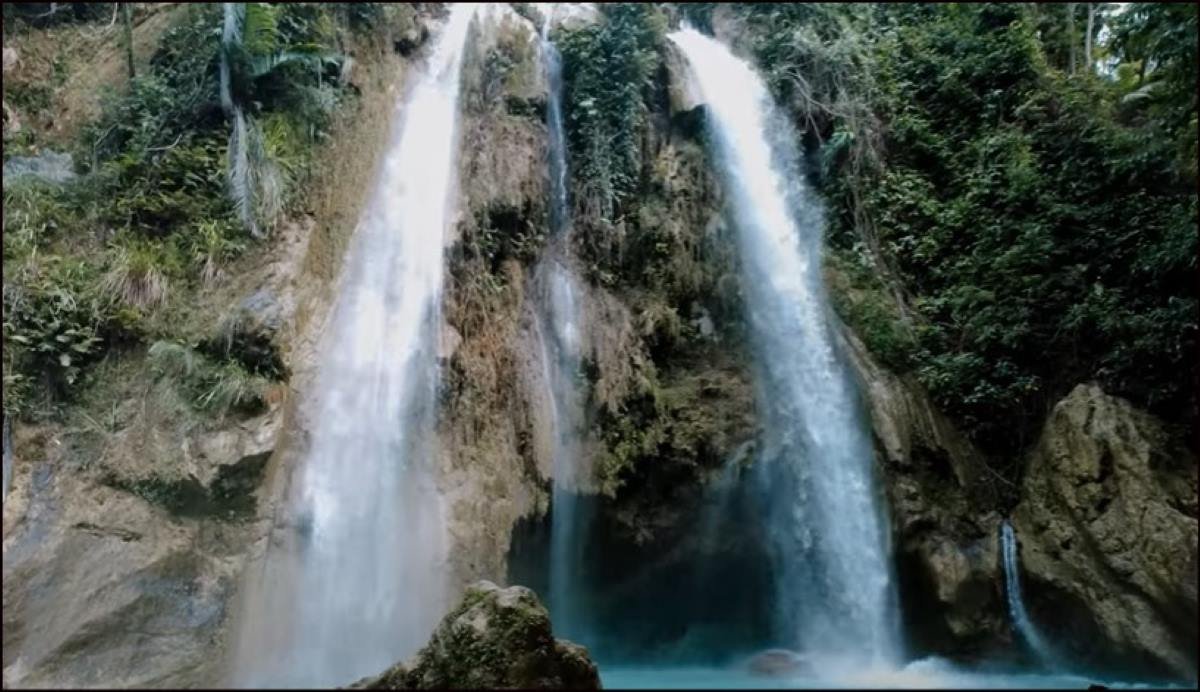
9. Inambakan Falls: A Hidden Gem in Cebu
Discover Cebu’s Best-Kept Secret!
Inambakan Falls in Ginatilan, Cebu, is an off-the-beaten-path Philippines waterfall featuring five tiers and crystal-clear pools. It’s less crowded than Kawasan Falls but equally stunning.
How to Get There: From Cebu City, it’s a 4-hour bus ride to Ginatilan, followed by a 10-minute habal-habal (motorcycle taxi) ride to the falls.
Best Time to Visit: The best time to visit is during the dry season, from December to May, to avoid slippery trails and enjoy clear water.
Fees, Facilities, and Safety Guidelines
There is an entrance fee of PHP 50.00. Basic amenities like picnic areas and restrooms are available. The water can get deep, so life jackets are recommended for non-swimmers.
Snap the Perfect Shot: Nearby Attractions and Photo Tips
Capture great shots from this Philippines waterfall from the lower pools for a cascading effect in your photos. Nearby, visit Ginatilan Church, a historic site dating back to the Spanish colonial period.
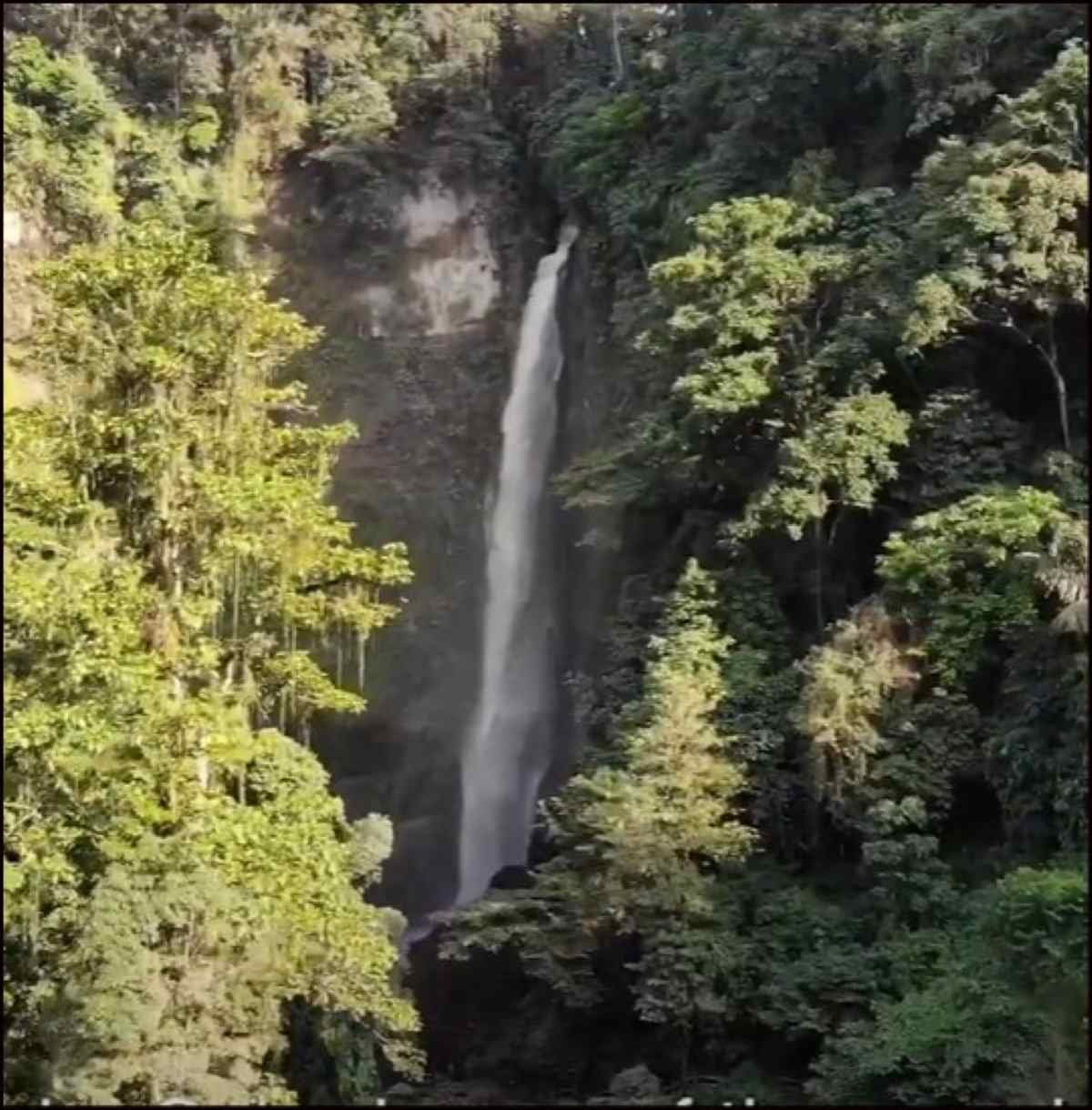
10. Seven Falls (Lake Sebu): An Adventure in South Cotabato
Seven Majestic Philippines Waterfalls in One Adventure
The Seven Falls in Lake Sebu, South Cotabato, offer not one but seven waterfalls, each with its own unique charm. The most popular is Hikong Bente, the tallest at 70 meters.
How to Get There: From General Santos City, it’s a 3-hour bus ride to Lake Sebu, followed by a short jeepney ride to the falls.
Best Time to Visit: Visit between June and November to see the falls in full force.
Fees, Amenities, and Safety Guidelines
There is an entrance fee of PHP 20.00, and a zipline ride across the falls costs around PHP 300.00. Swimming is not allowed in most areas, but the site is equipped with picnic areas and restrooms.
Photography and Nearby Attractions
The zipline offers the best view of all seven falls. While you’re in Lake Sebu, visit the T’boli Cultural Village to learn about the indigenous people and their crafts.
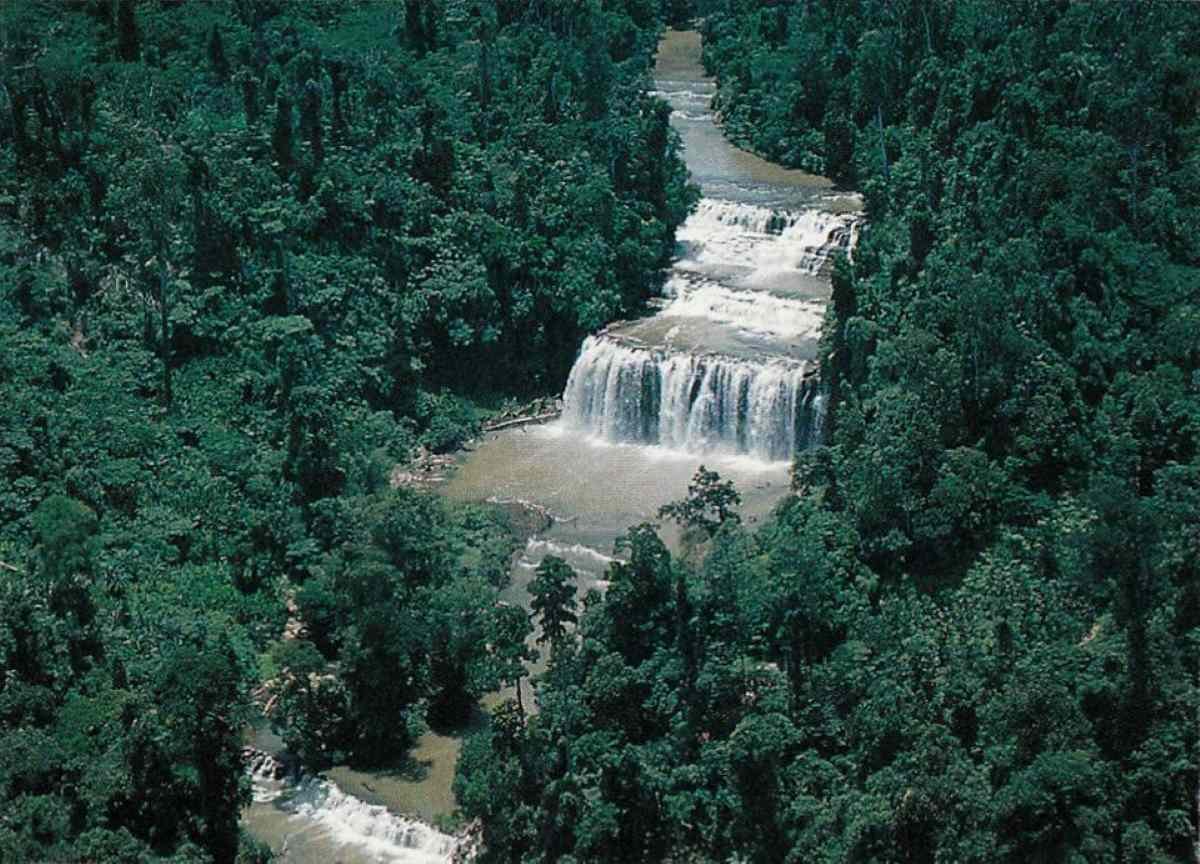
Essential Tips for an Epic Philippines Waterfall Adventure
Exploring a Philippines waterfall is like stepping into a natural wonderland. With pristine waters cascading over lush landscapes, each site offers a unique adventure. But before you pack your bags and head off, there are some essential tips and advice you should keep in mind to ensure your waterfall journey is safe, enjoyable, and unforgettable.
1. Know What to Expect: The Thrill and Challenge of a Waterfall Escapade
Waterfall sites in the Philippines range from easily accessible to downright challenging. Some are just a short walk from the main road, while others require hours of hiking, sometimes through dense forests or steep terrain. Before heading out, do your research on the specific Philippines waterfall you plan to visit. This way, you’ll be mentally and physically prepared for the kind of adventure that awaits you.
Some waterfalls, like Tinuy-an Falls in Surigao del Sur or Kawasan Falls in Cebu, are more tourist-friendly with facilities and guides readily available. Others, such as Limunsudan Falls in Iligan, offer a raw, rugged experience and require you to be more self-sufficient. Either way, knowing the difficulty level will help you pack the right gear and manage your expectations.
2. Gear Up for the Adventure: What to Bring on Your Philippines Waterfall Journey
When chasing waterfalls, having the right gear is crucial. Here’s a rundown of must-haves for your Philippines waterfall adventure:
– Sturdy Footwear: Whether it’s a short walk or a long trek, you’ll likely encounter slippery rocks, mud, or uneven ground. Waterproof hiking shoes with good grip are a lifesaver.
– Waterproof Bags: With all that water splashing around, you’ll want to keep your valuables safe and dry. Invest in a good waterproof bag or at least dry sacks for your electronics.
– Lightweight Clothes: Wear breathable, quick-drying clothes. You’re going to get wet, and you want to dry off quickly for comfort. A swimsuit under your outfit is always a good idea.
– Towel and Extra Clothes: After a refreshing dip, you’ll want to change into something dry. Microfiber towels are lightweight and easy to pack.
– Water and Snacks: Waterfalls are often located far from convenience stores. Stay hydrated and energized by bringing plenty of water and light snacks.
– Sunscreen and Bug Repellent: Most Philippines waterfalls are surrounded by dense vegetation, so bug bites are common. Protect your skin from both the sun and insects.
– First-Aid Kit: A basic first-aid kit with band-aids, antiseptic wipes, and pain relievers will come in handy in case of minor injuries like cuts or scrapes.
– Eco-Friendly Essentials: Consider packing eco-friendly toiletries and reusable water bottles to reduce your impact on the environment. Many waterfalls promote sustainable tourism, so let’s do our part to protect these natural treasures.
3. Safety First: Precautions to Take on Your Waterfall Adventure
Waterfalls are beautiful but can be dangerous if proper precautions aren’t taken. To ensure your safety, follow these essential tips:
– Respect Local Guidelines: Some waterfalls may have restricted areas due to the strength of the current or the depth of the pools. Always follow posted signs and listen to local guides.
– Check Weather Conditions: Heavy rain can turn a gentle waterfall into a raging torrent. It’s always best to avoid visiting waterfalls during or immediately after heavy rain to prevent accidents like flash floods.
– Wear Life Jackets: Even if you’re a strong swimmer, it’s a good idea to wear a life jacket, especially in deep or fast-moving pools. Some sites, like Aliwagwag Falls in Davao Oriental, rent out life jackets for visitors.
– Be Mindful of the Terrain: Wet rocks and steep trails are common near waterfalls. Move slowly and watch your step. Use walking sticks for balance on tricky trails.
– Don’t Swim Alone: If you plan to swim, make sure you’re with a buddy. Even the calmest pool can have hidden currents.
– Know Your Limits: Not all waterfall hikes are for everyone. If a trail feels too difficult or unsafe, it’s okay to turn back and try another site. There are plenty of waterfalls to explore in the Philippines!
4. The Best Time to Visit a Philippines Waterfall
While Philippines waterfalls are stunning year-round, the best time to visit is during the dry season, typically from November to May. During these months, the water is clearer, and trails are less slippery. However, if you prefer to see the waterfalls at their most powerful, visiting during the rainy season (June to October) is an option, though you’ll need to be more cautious due to the risk of flash floods.
Some waterfalls, like Cambugahay Falls in Siquijor, offer a tropical paradise year-round with turquoise waters that invite you in for a swim. Others, like Kaparkan Falls in Abra, are seasonal and only accessible during the rainy months, transforming into magnificent terraced cascades that are a sight to behold.
5. Responsible Tourism: Leave No Trace
When visiting a Philippines waterfall, it’s important to respect the environment and local communities. The rule is simple: Leave No Trace. Always take your trash with you and avoid disturbing wildlife. Many waterfalls are located in protected areas, and local communities rely on tourism for their livelihood. Supporting eco-friendly practices helps ensure that these beautiful sites remain pristine for future generations.
– Stick to Designated Trails: Avoid creating new paths that could lead to erosion or disturb local flora and fauna.
– Pack Out What You Pack In: Always bring a trash bag with you, and never leave litter behind.
– Support Local Guides and Vendors: Hiring a local guide not only enhances your experience but also supports the community. Additionally, purchasing snacks or souvenirs from local vendors helps boost the local economy.
6. Capture the Moment: Photography Tips for Philippines Waterfalls
A Philippines waterfall is a photographer’s dream! To make the most out of your shots, here are a few tips:
– Golden Hour Magic: The best time for photography is during the early morning or late afternoon when the sunlight creates softer shadows and enhances the colors of the water and surroundings.
– Long Exposure Shots: For that silky-smooth waterfall effect, use a tripod and set your camera to a slow shutter speed.
– Wide Angles: Capture the full grandeur of the waterfall by using a wide-angle lens, especially when the waterfall is as massive as Tinuy-an Falls or Limunsudan Falls.
Make sure to enjoy the experience and not just live through your camera. Sometimes, the best memories are the ones you create without a lens in between!
7. Final Thoughts: What to Keep in Mind Before Your Philippines Waterfall Adventure
A Philippines waterfall adventure is more than just a scenic experience; it’s a chance to connect with nature, explore diverse landscapes, and immerse yourself in the culture of the region. Before you embark on your journey, make sure you’re prepared with the right gear, safety precautions, and knowledge about the site you’re visiting.
Remember to stay hydrated, take care of your belongings, and always respect local customs. With the right mindset and preparation, your Philippines waterfall journey will be one for the books—a memorable adventure you’ll cherish forever!
So, ready to chase waterfalls in the Philippines? Let the adventure begin!

